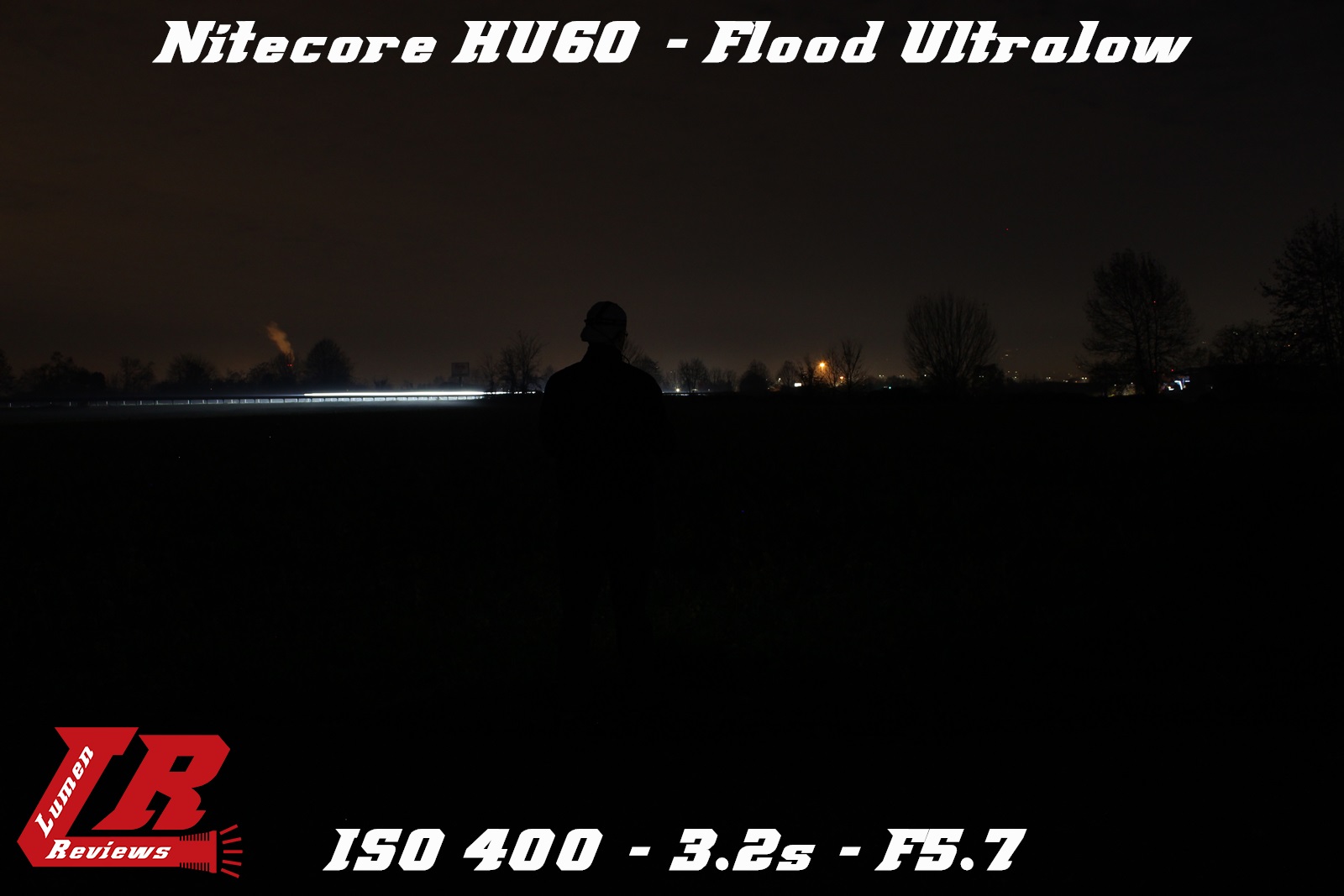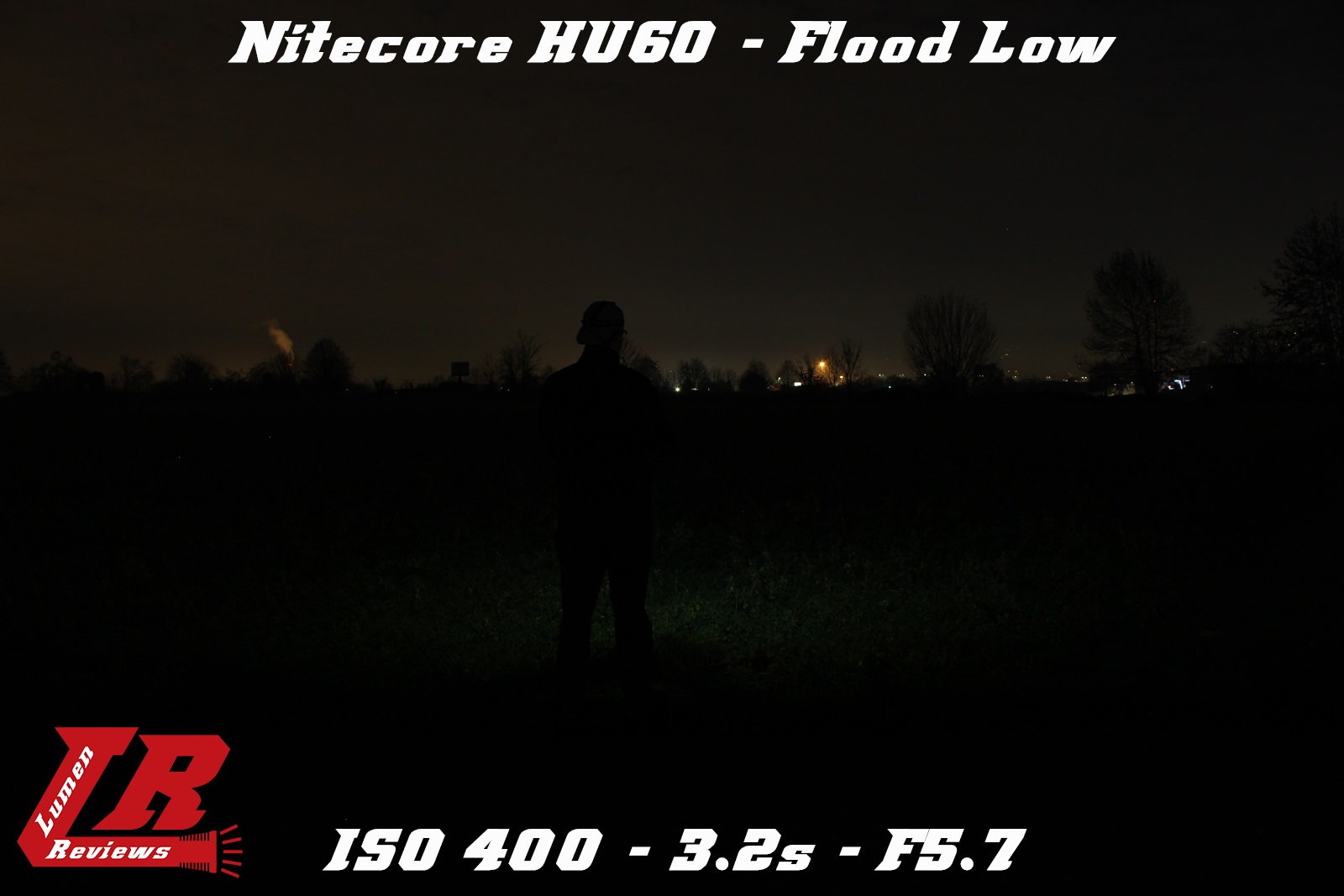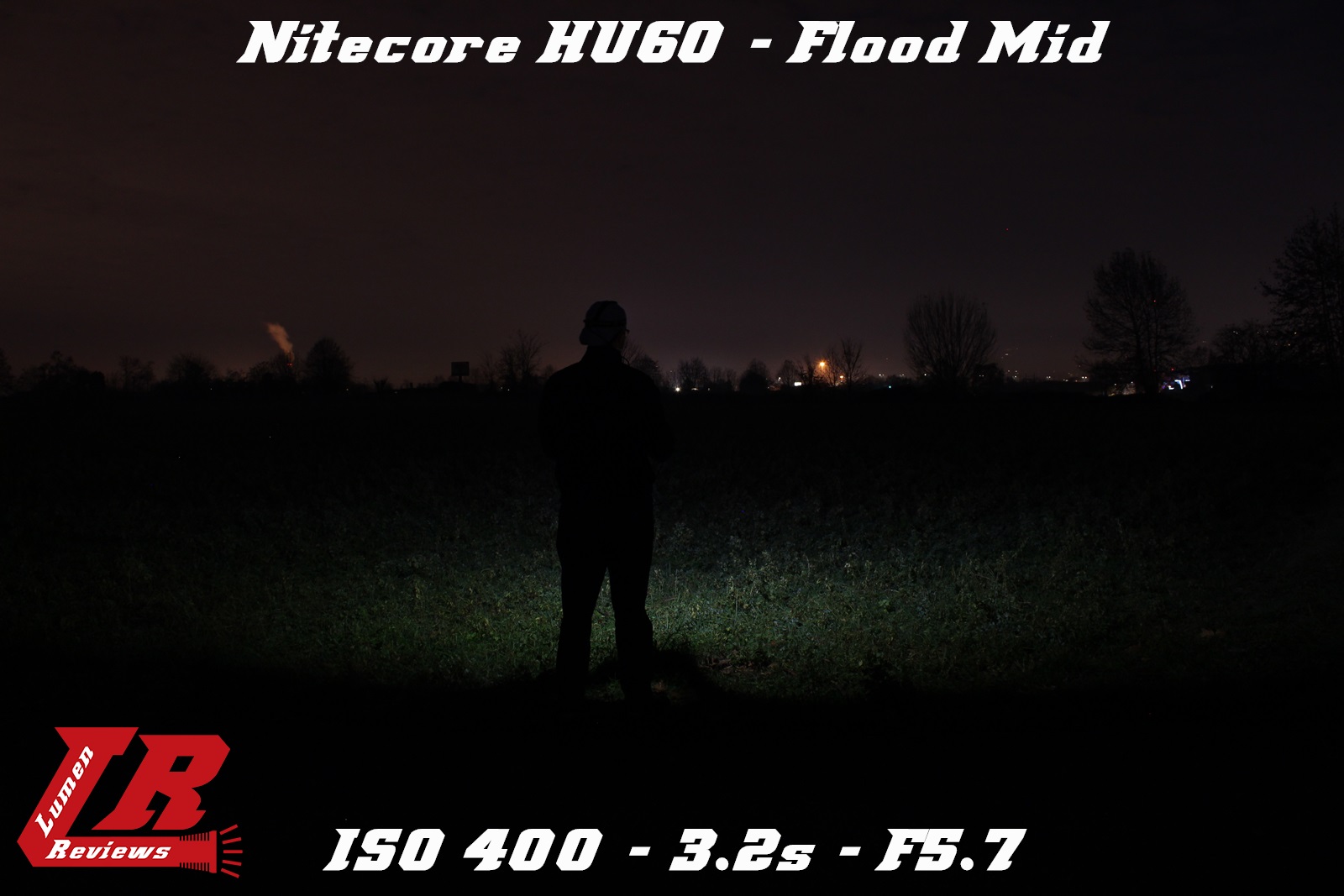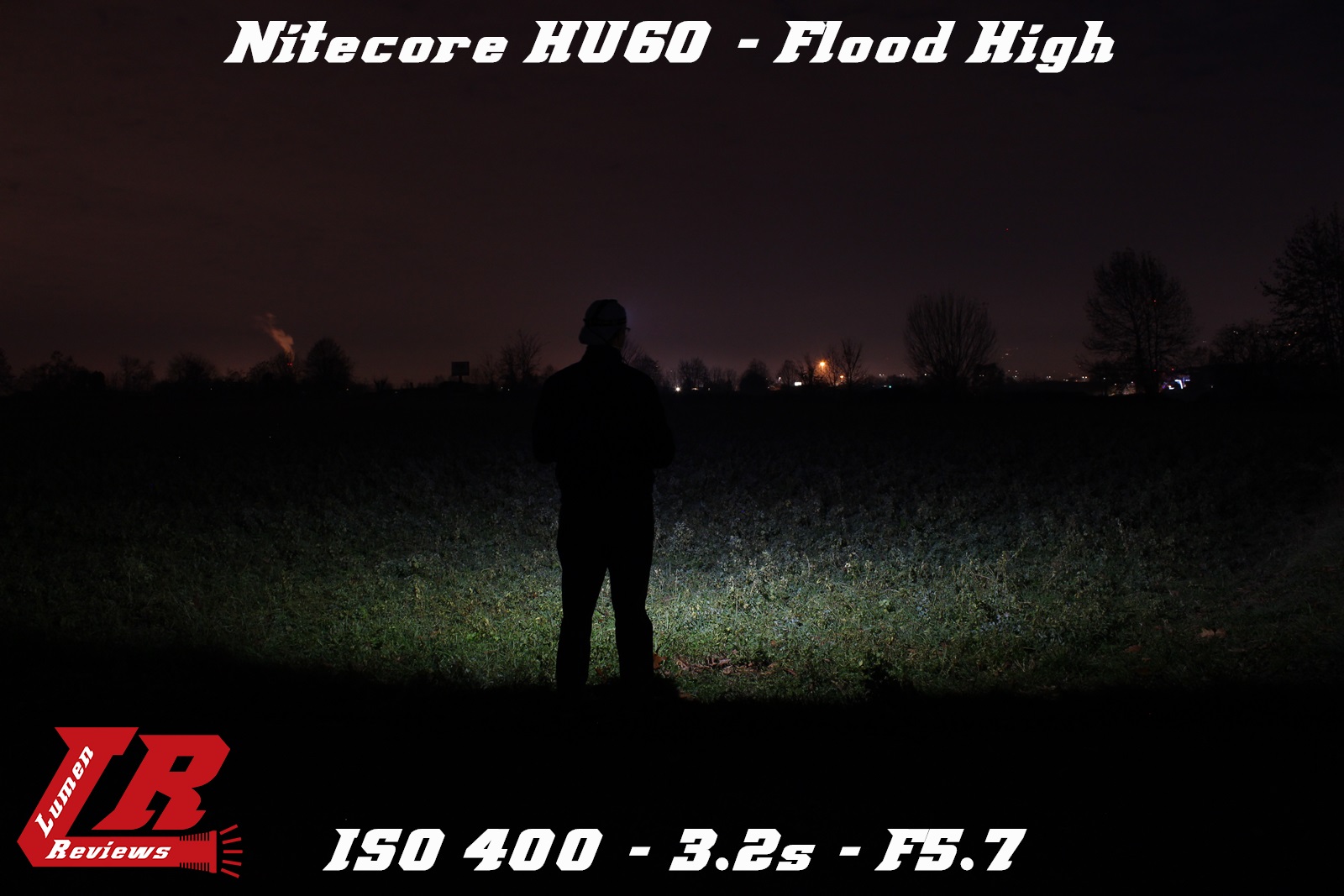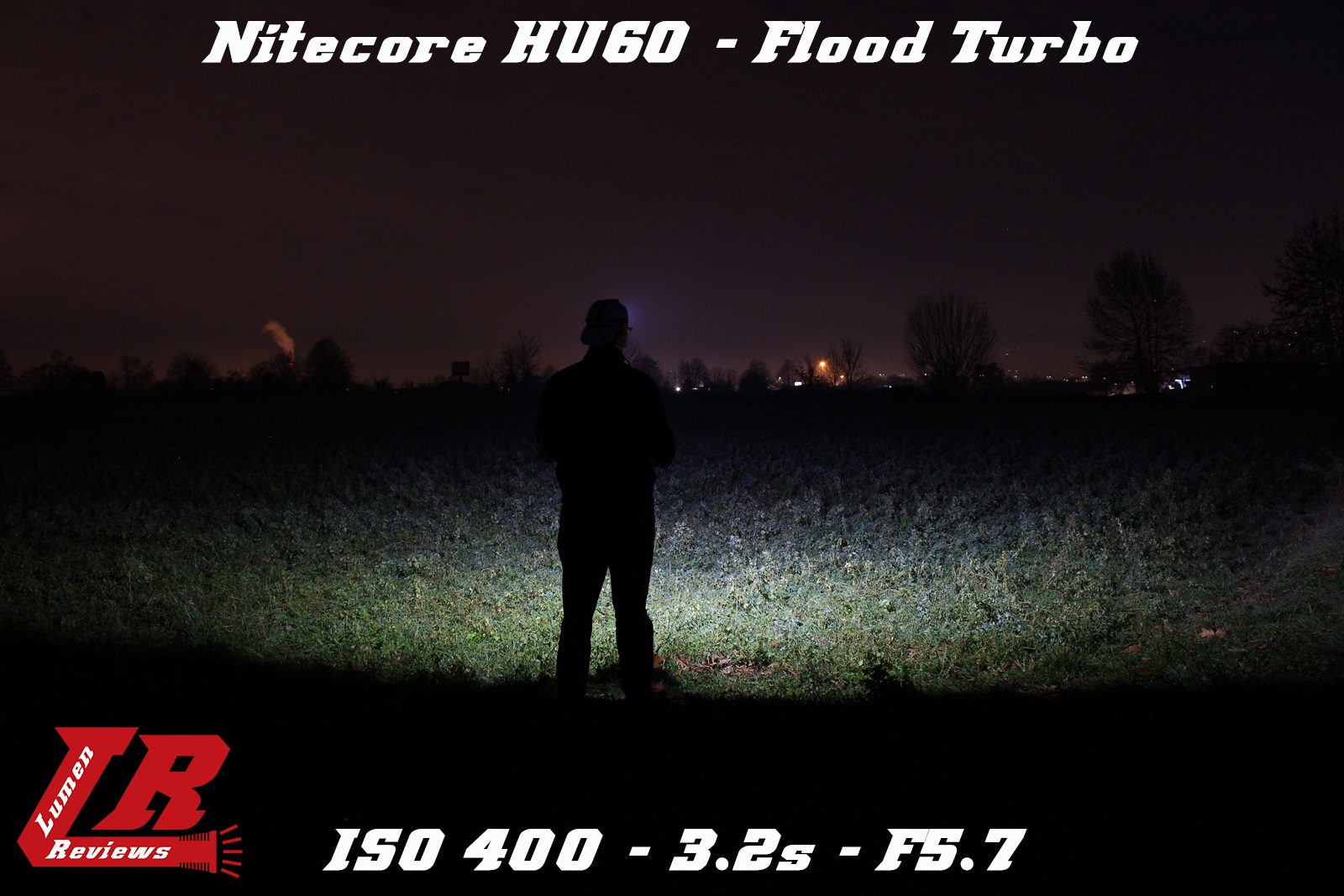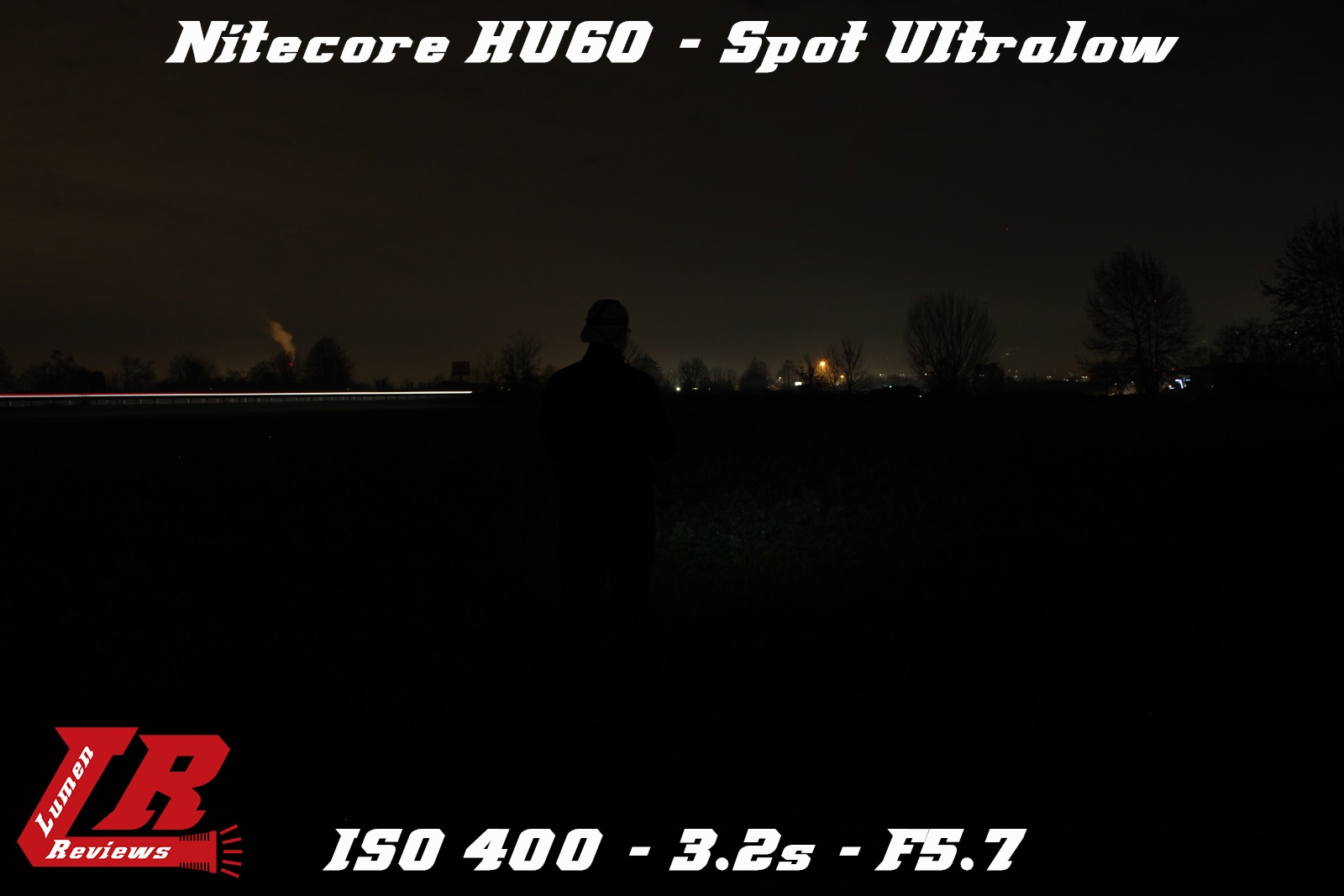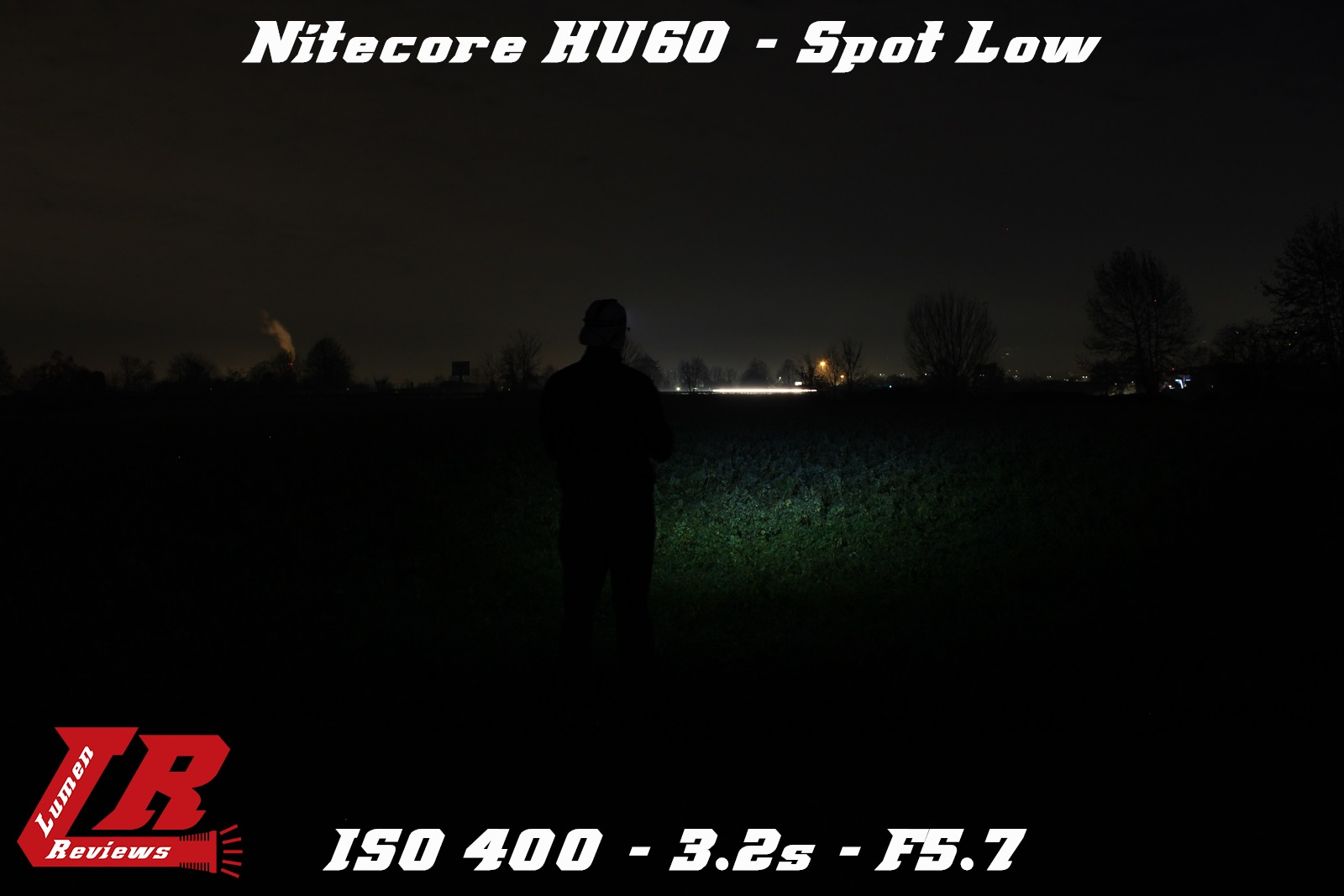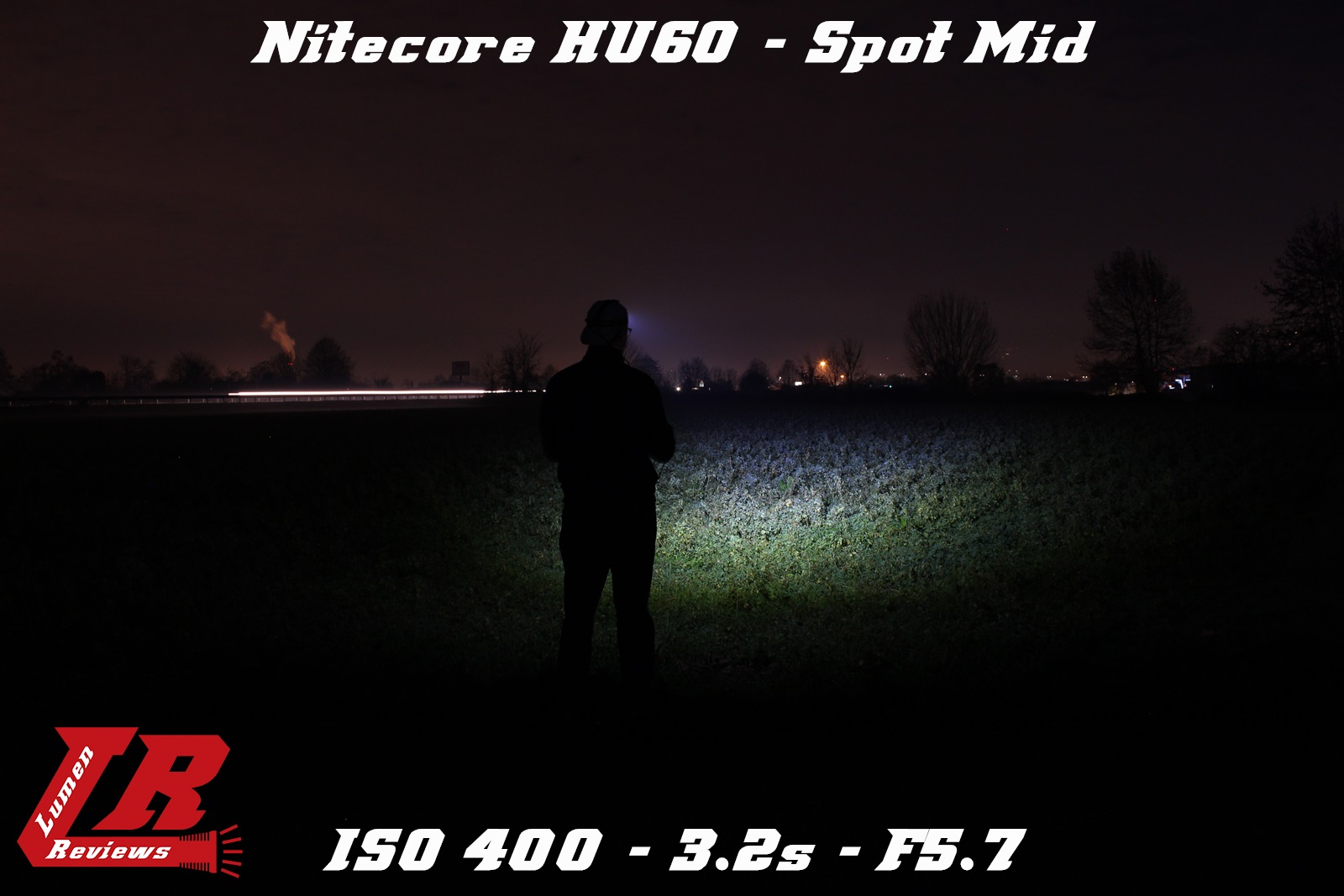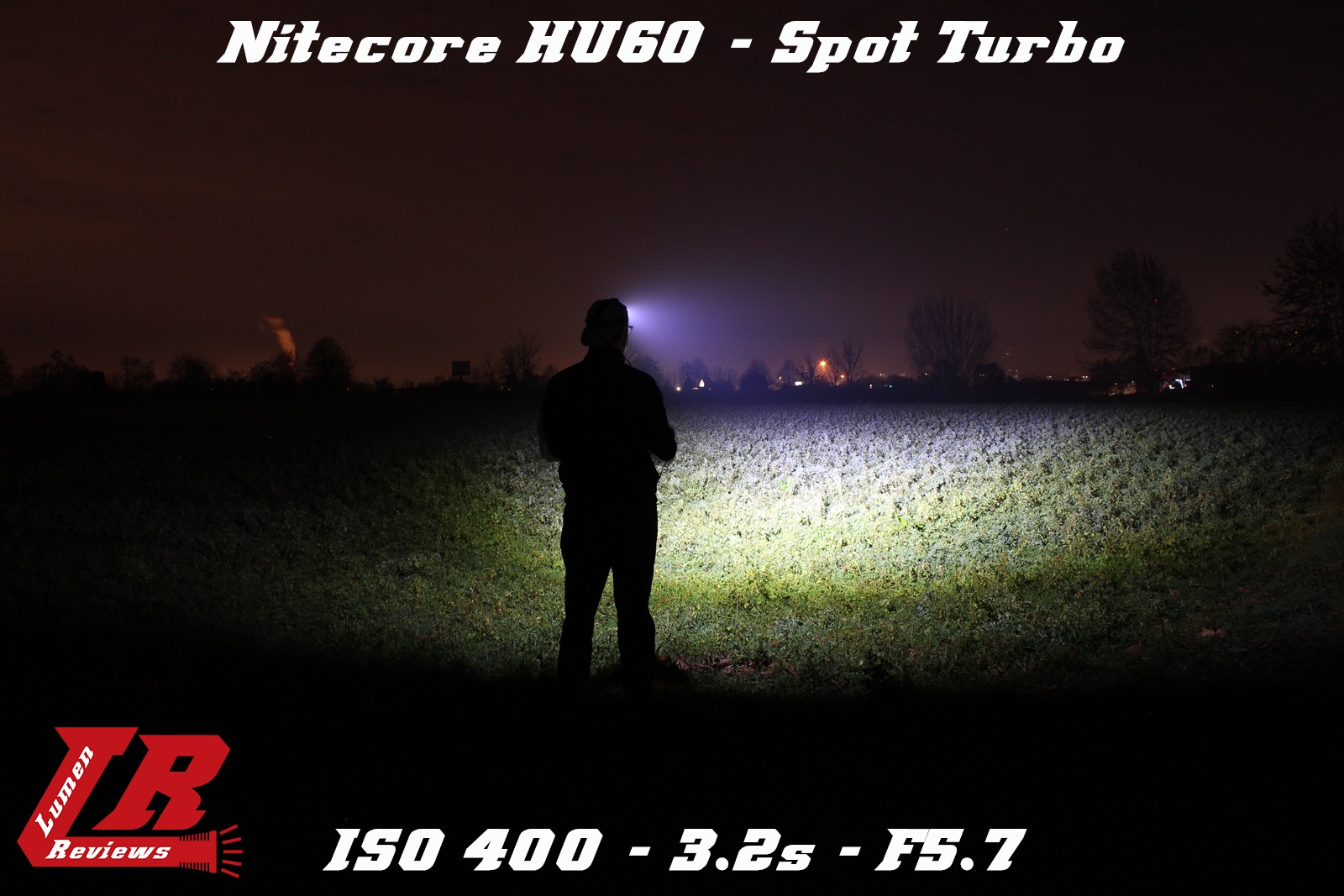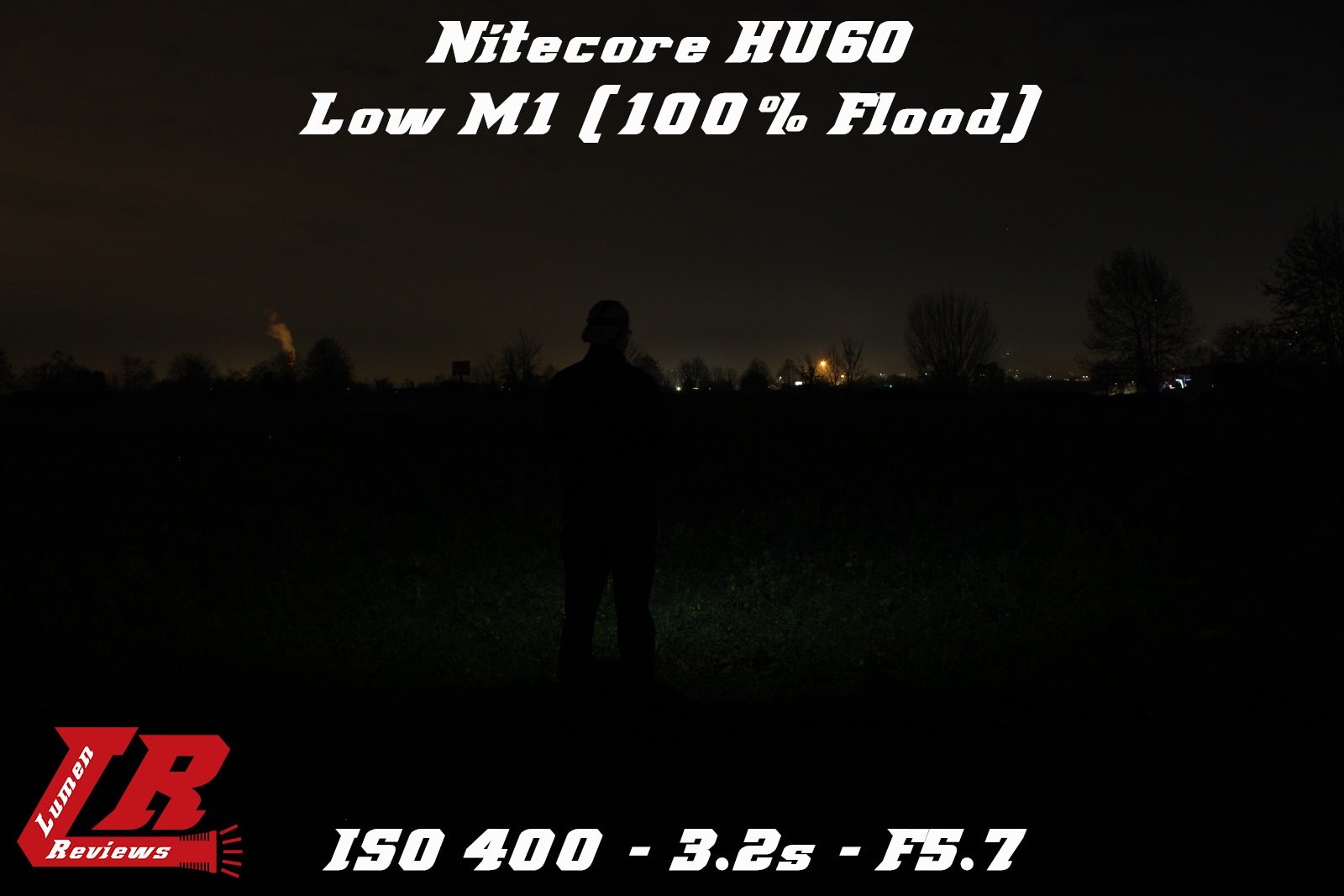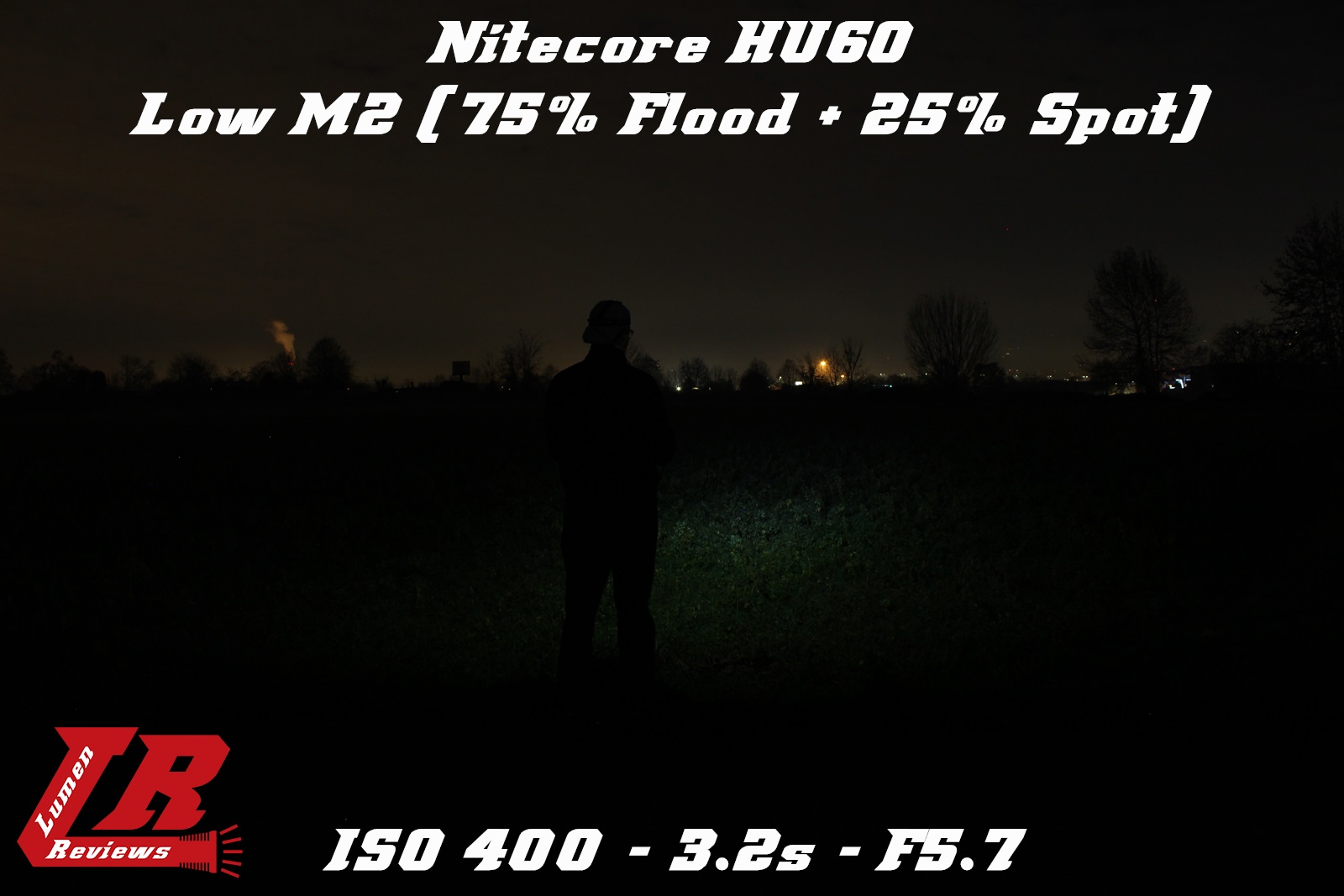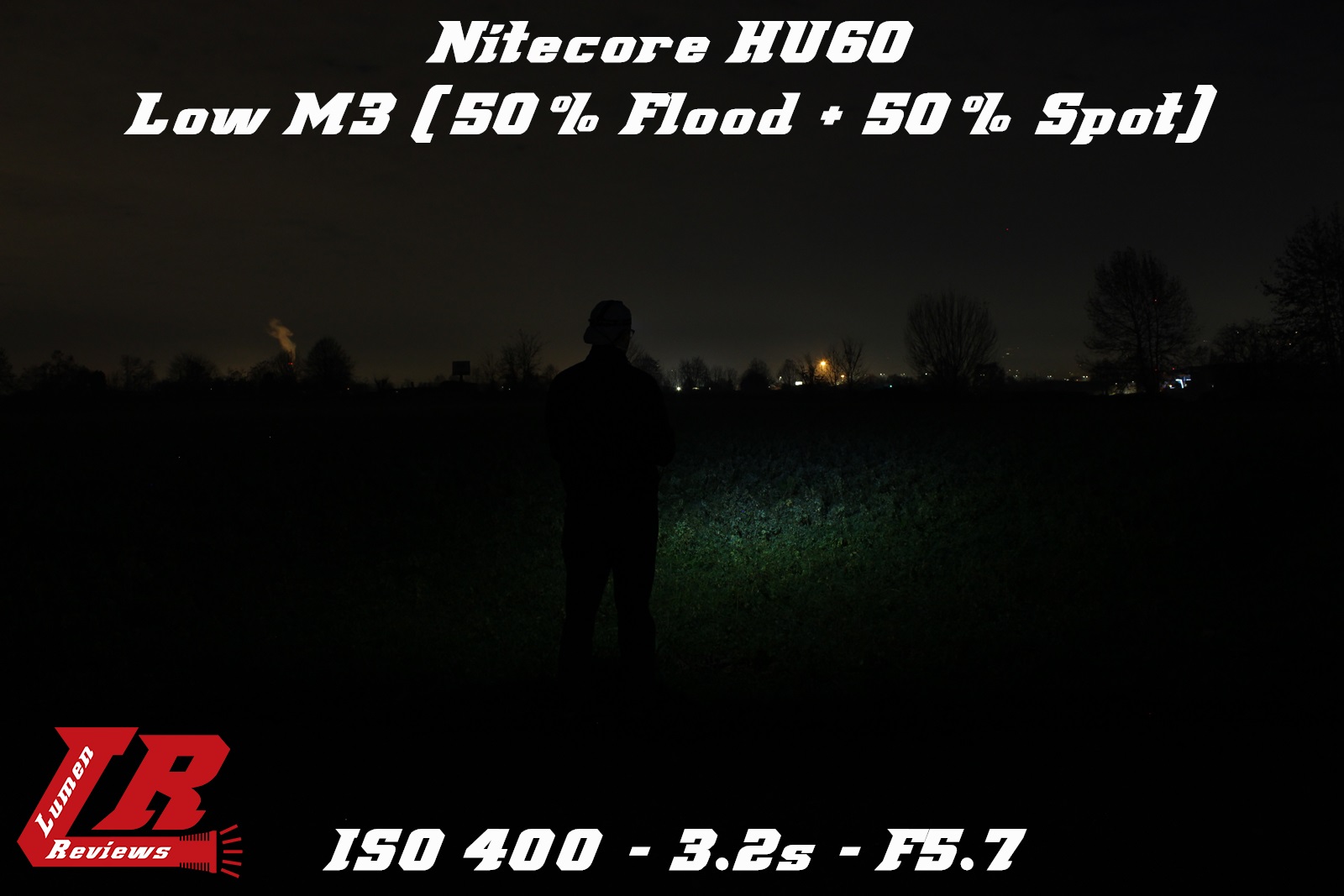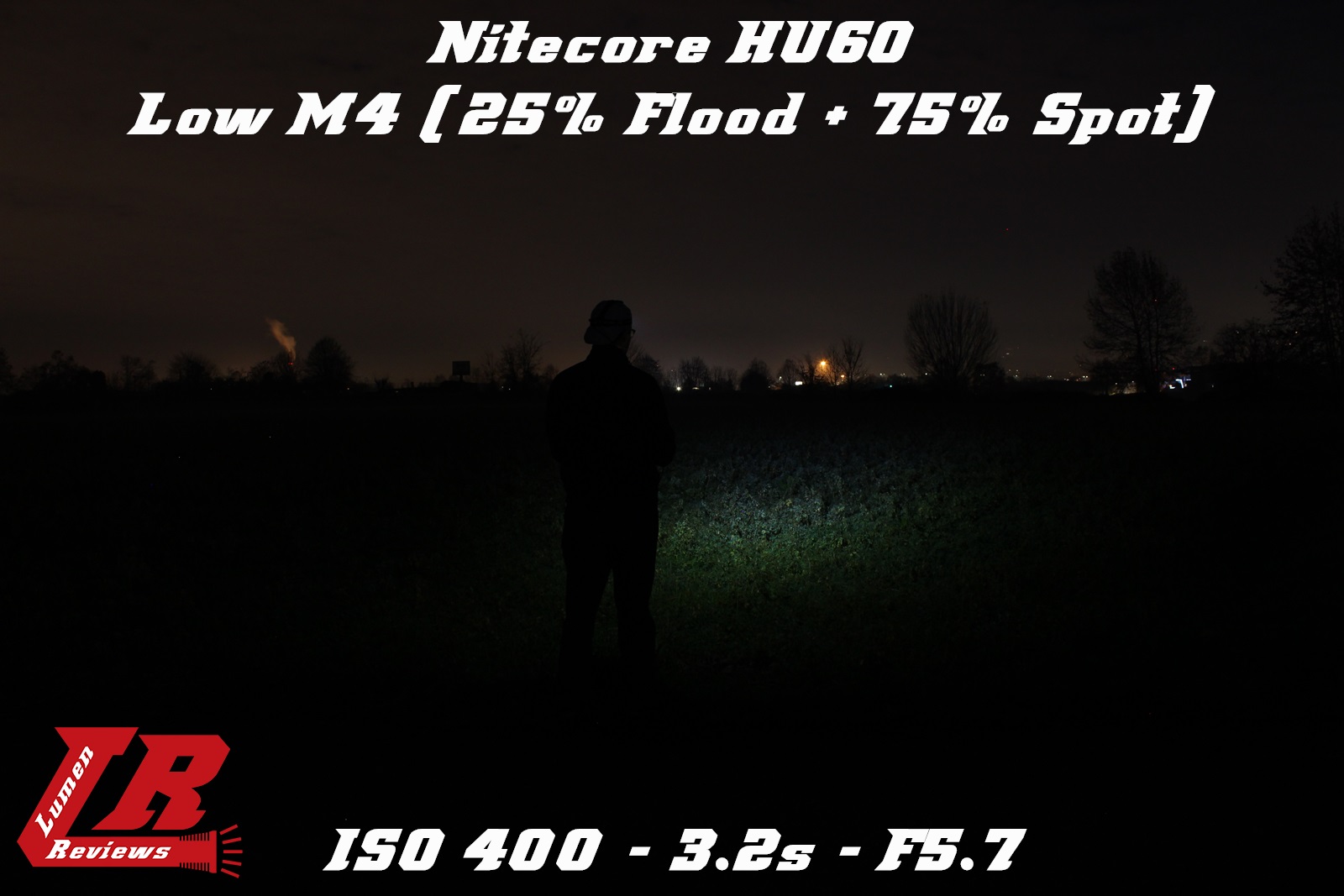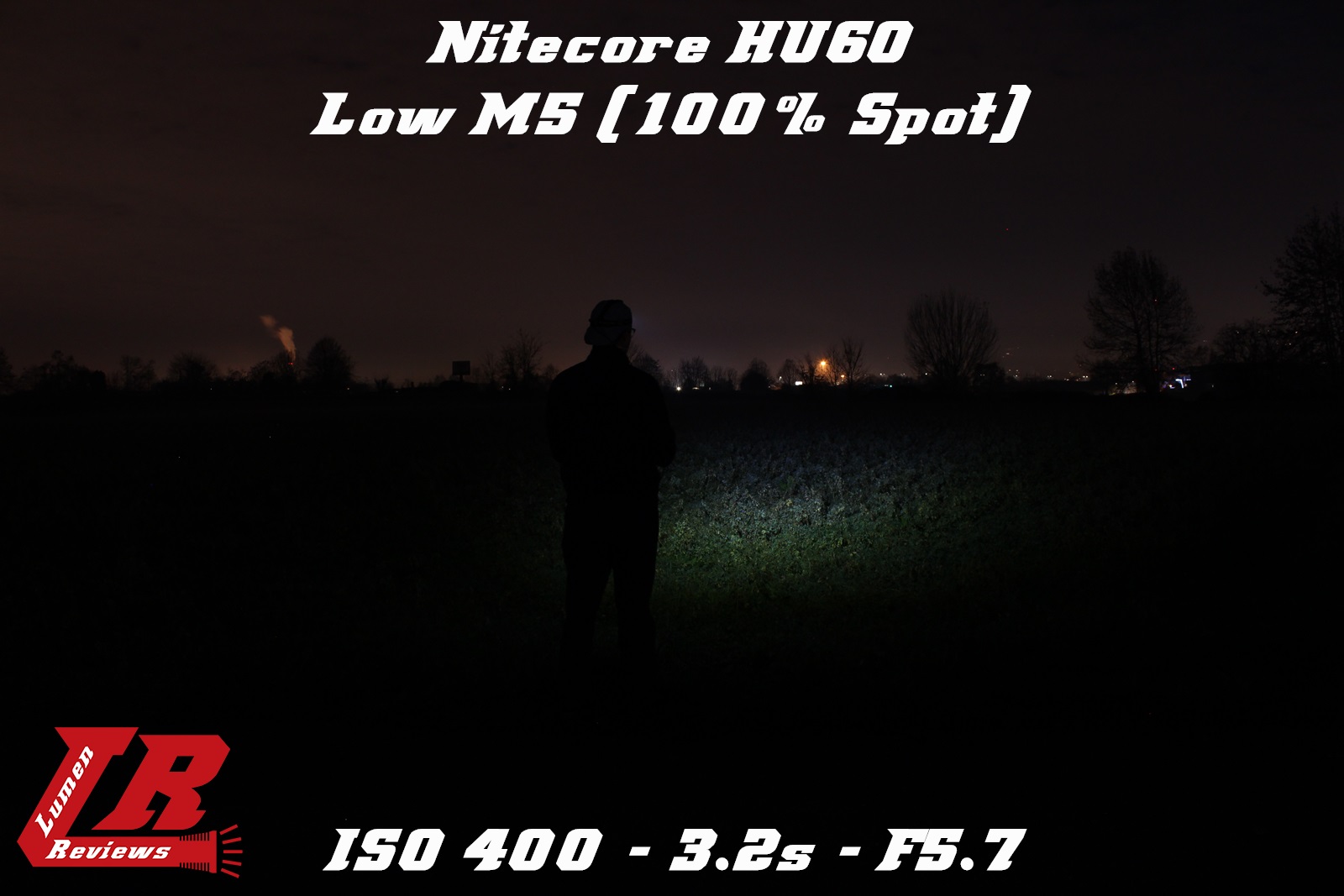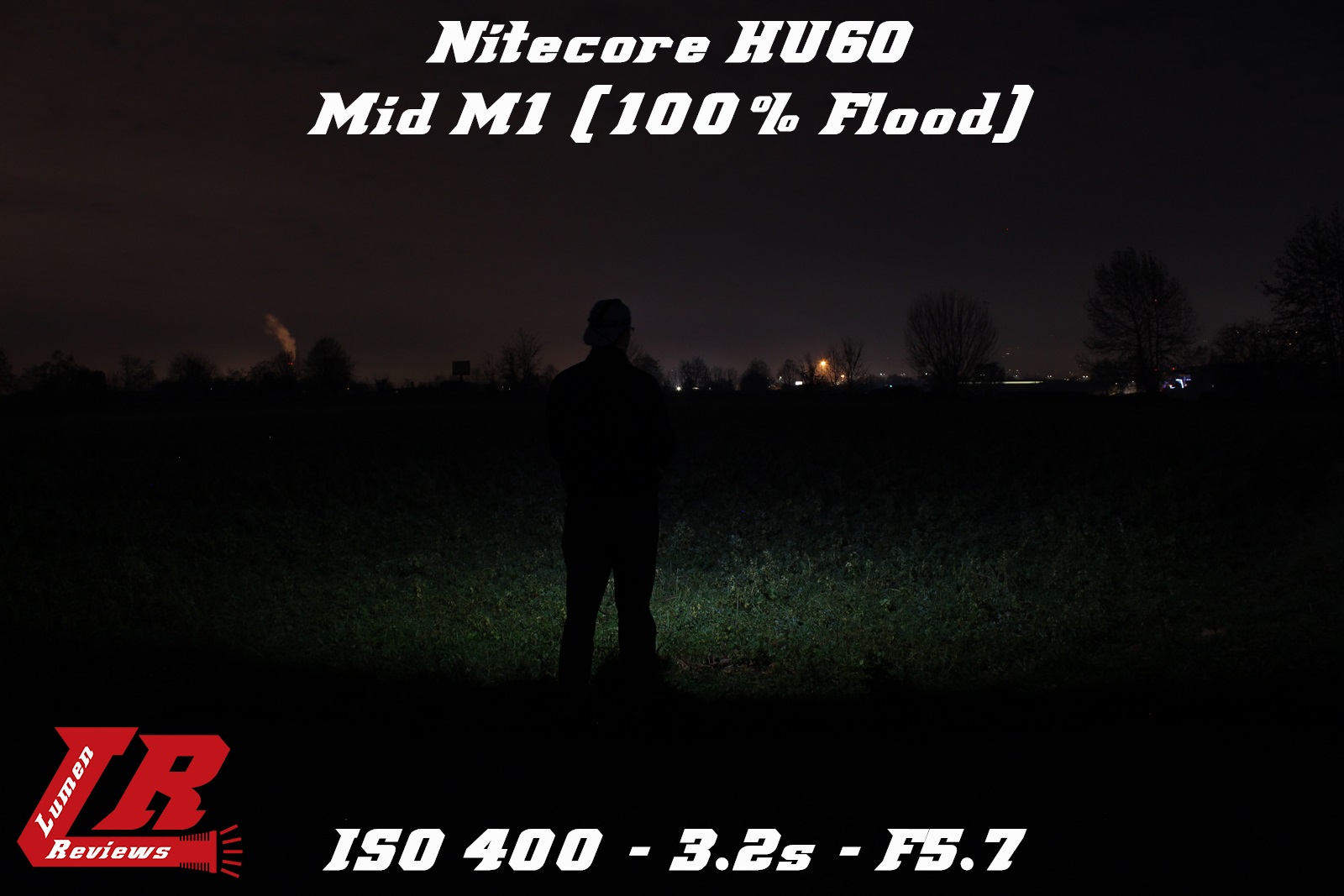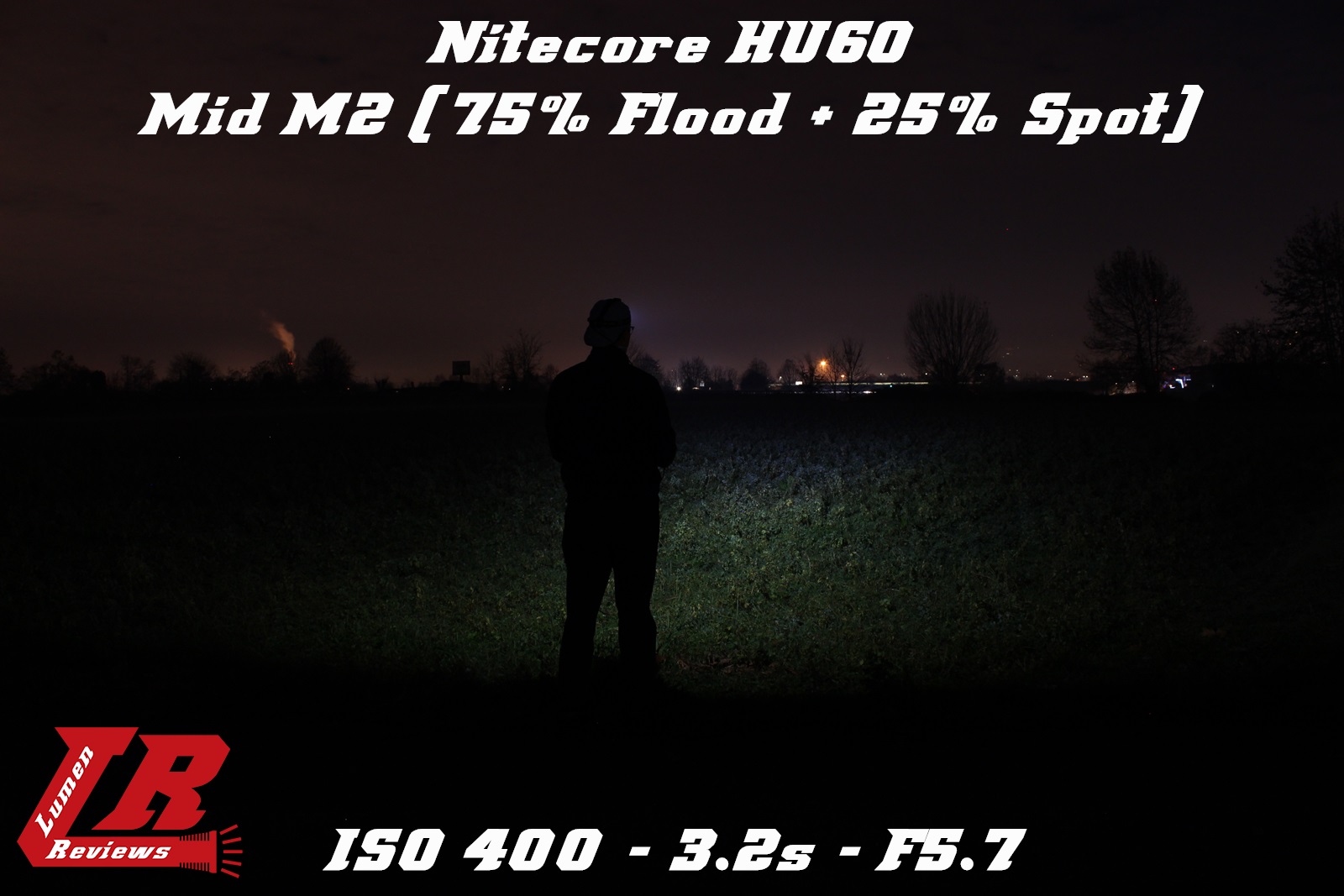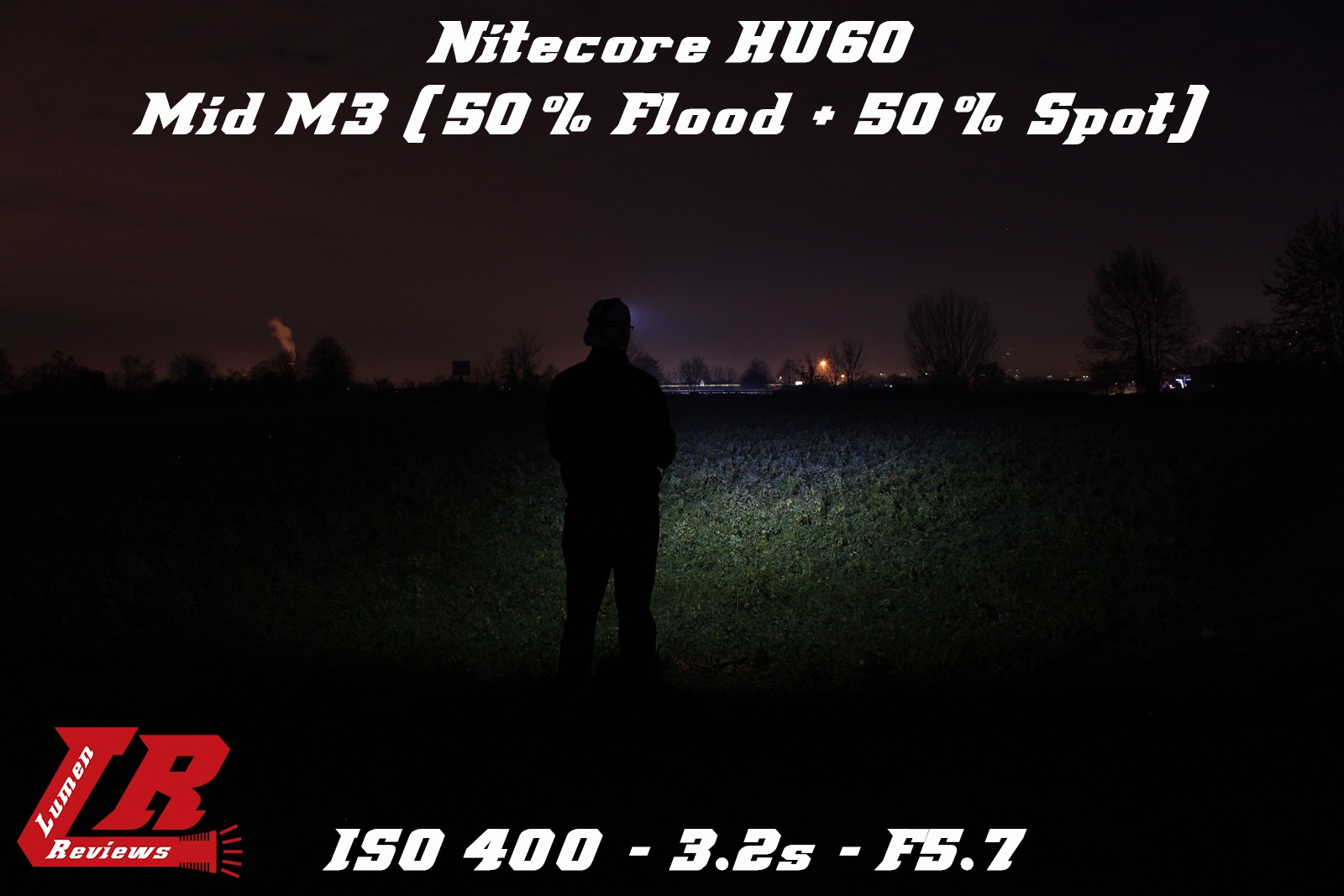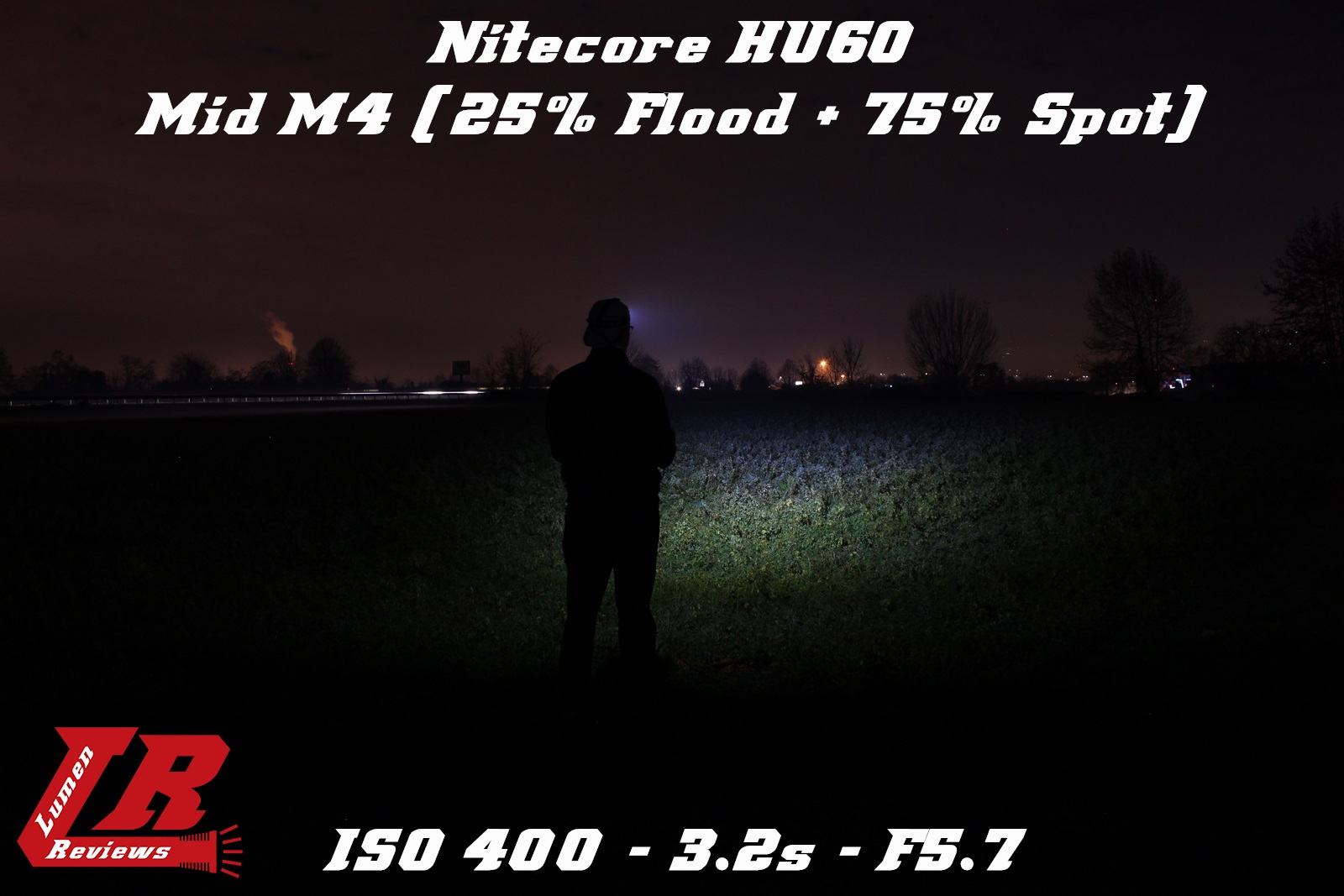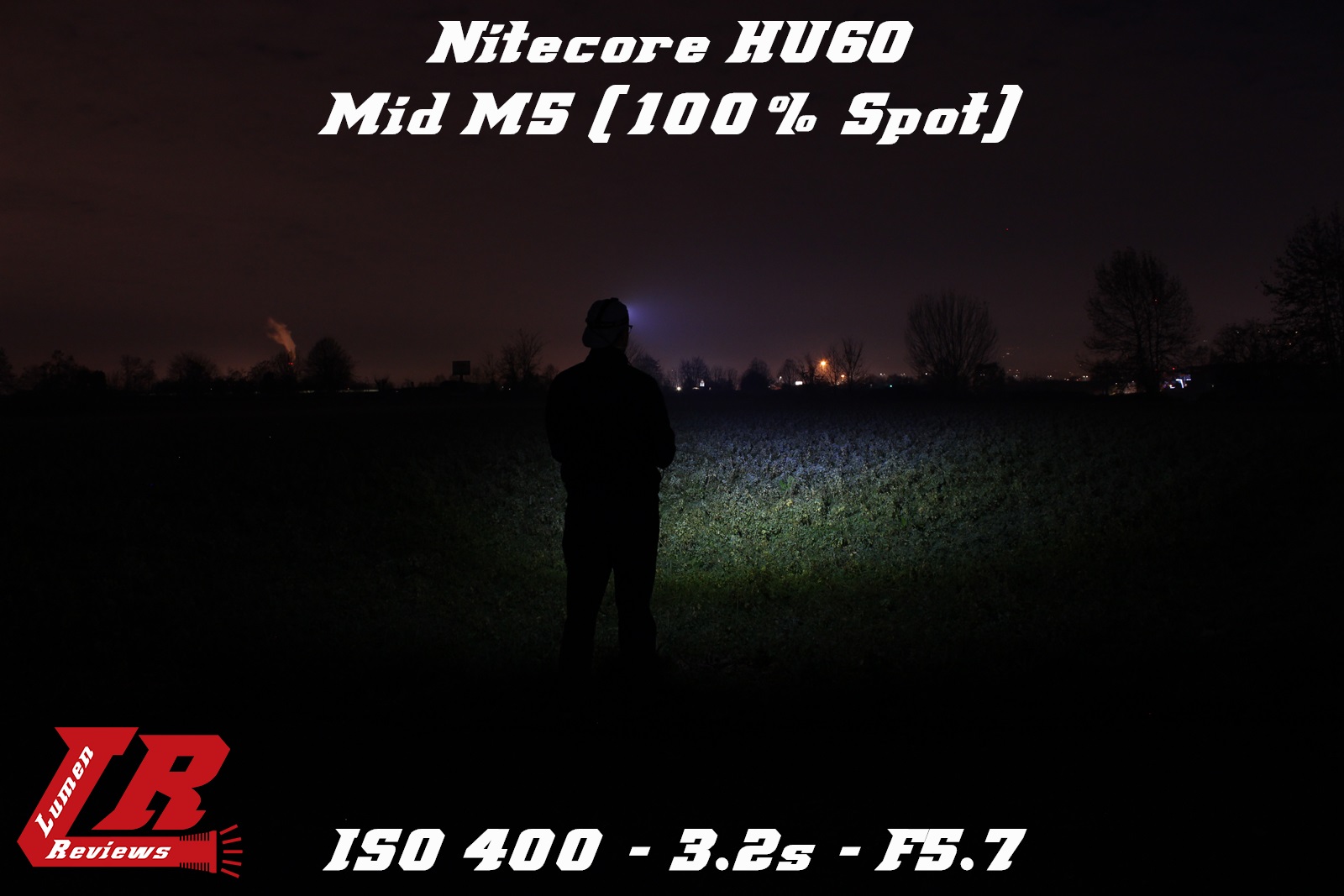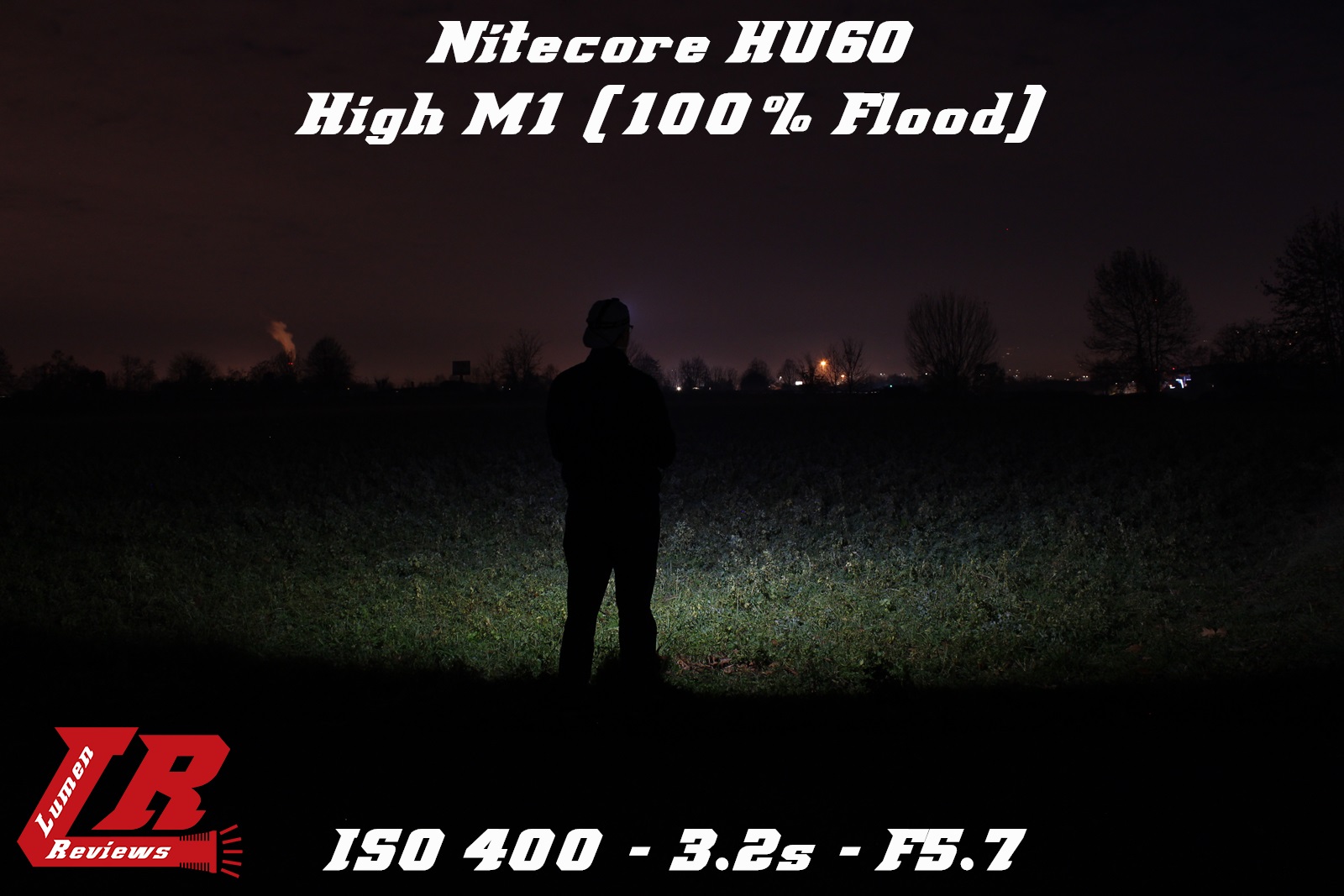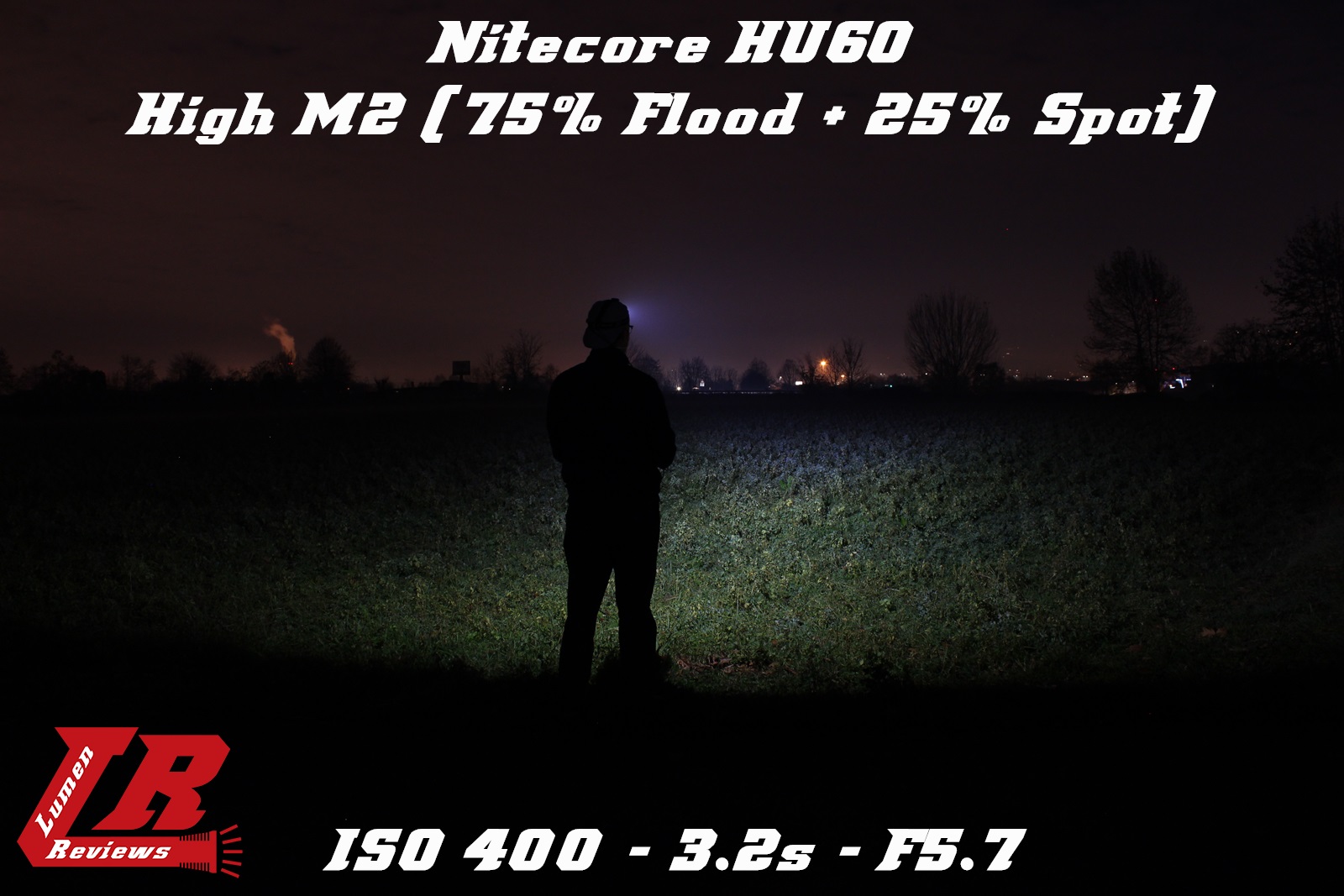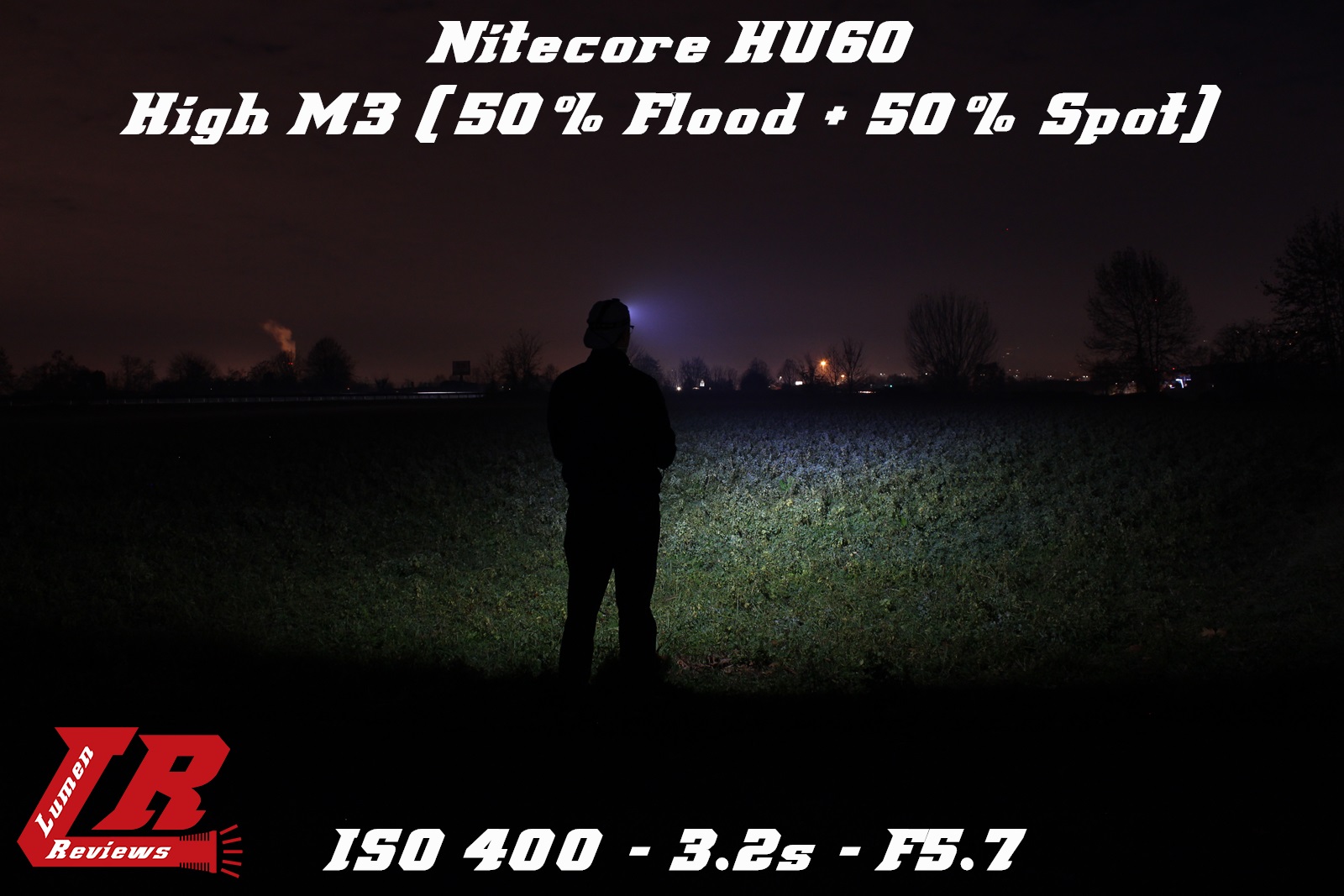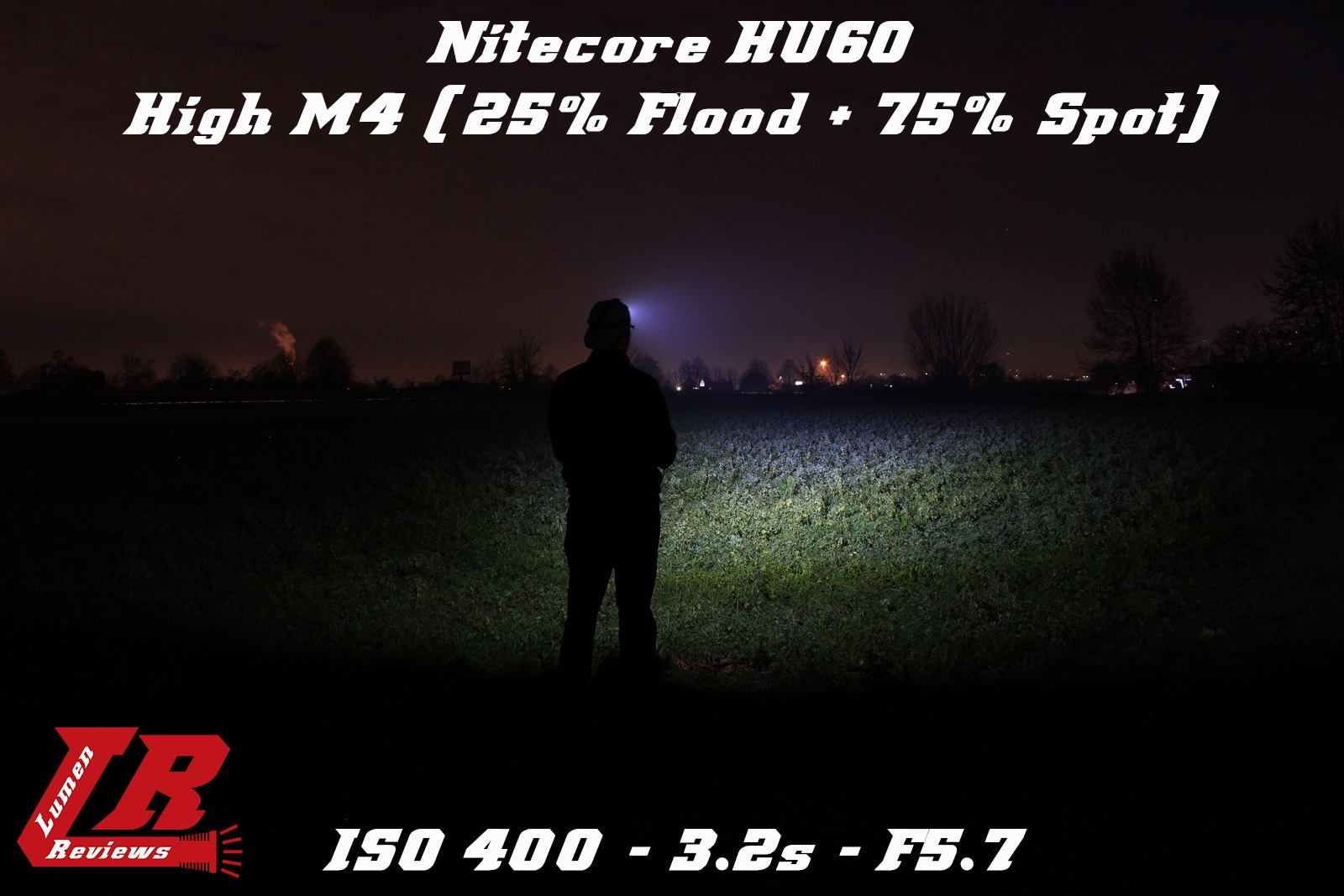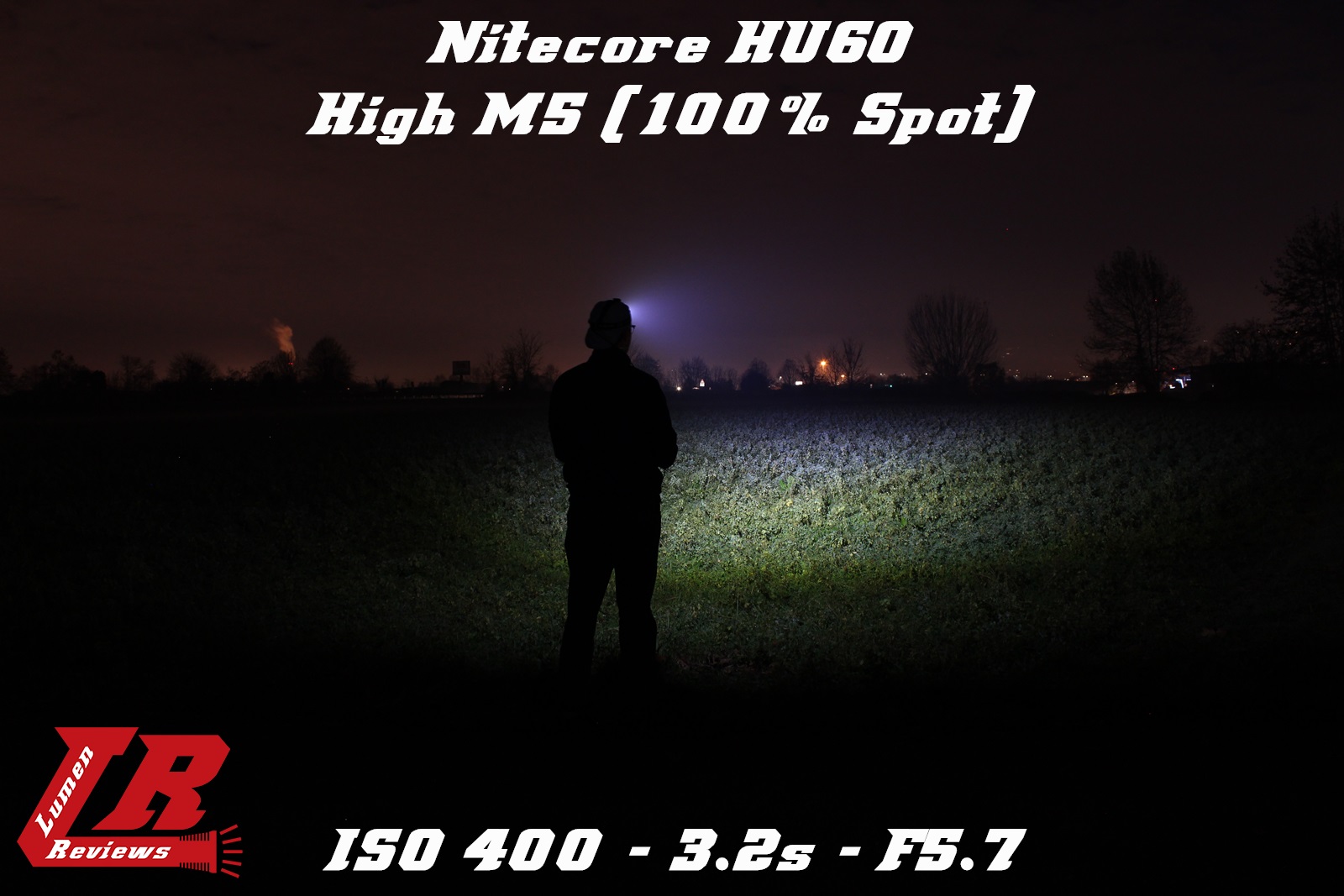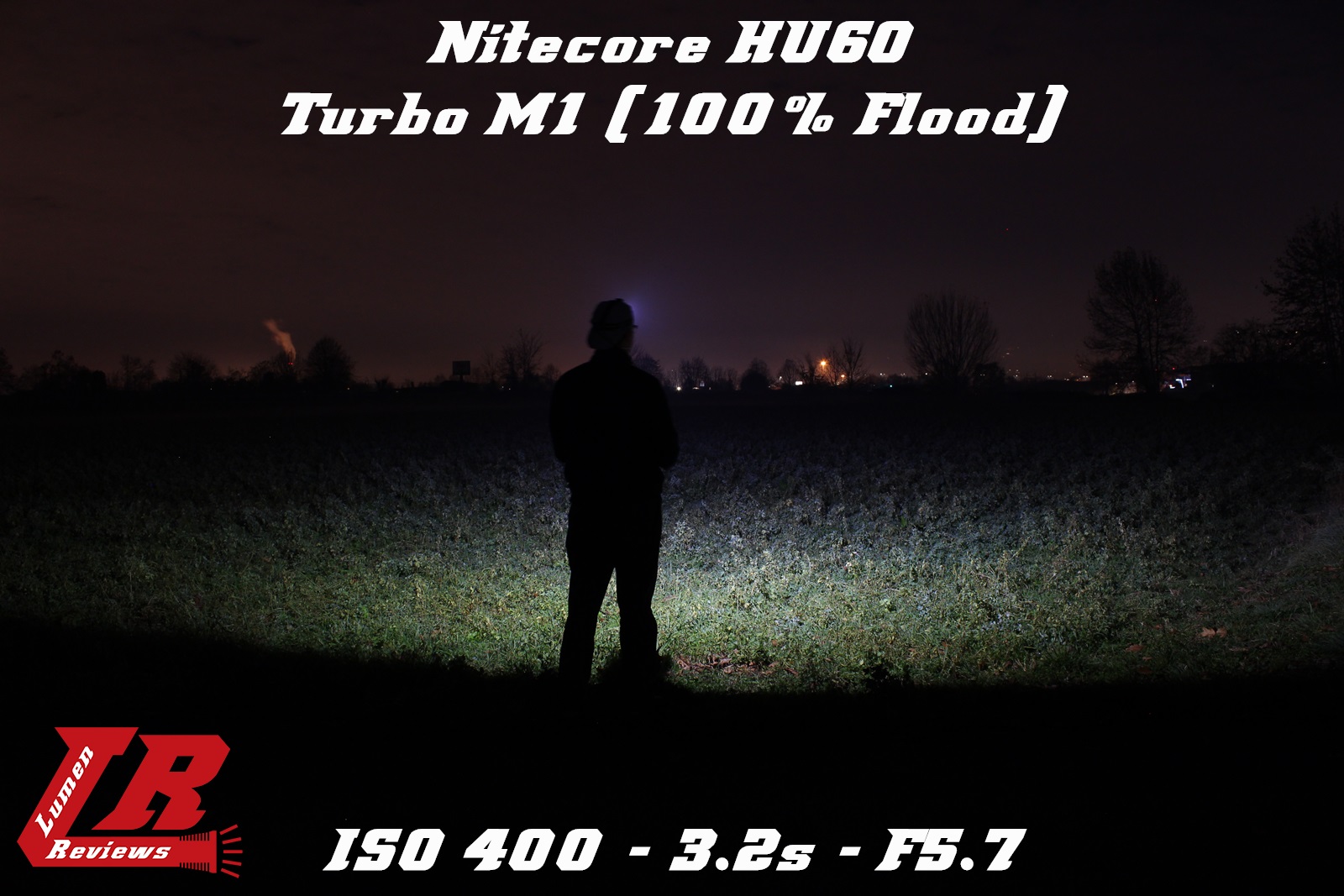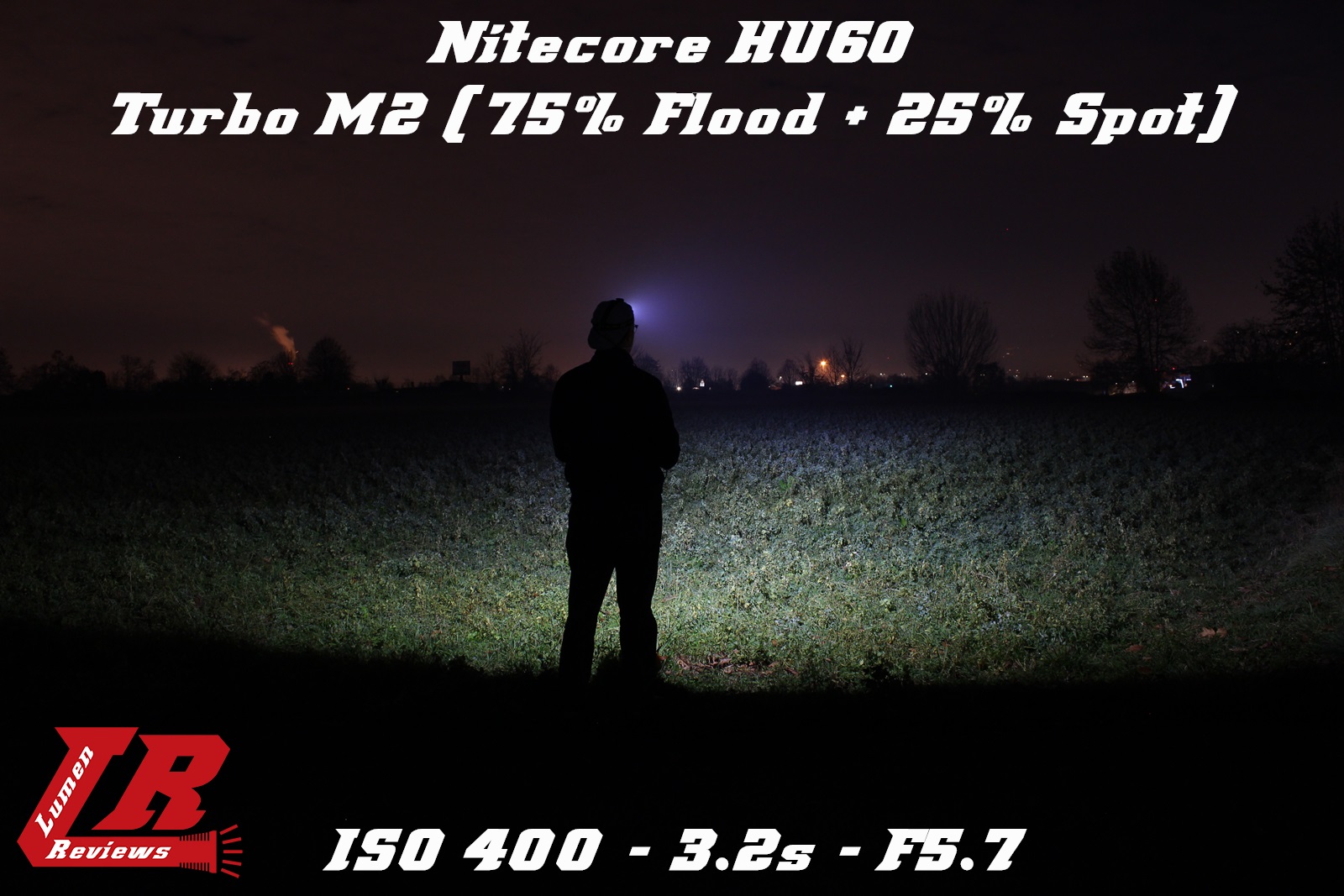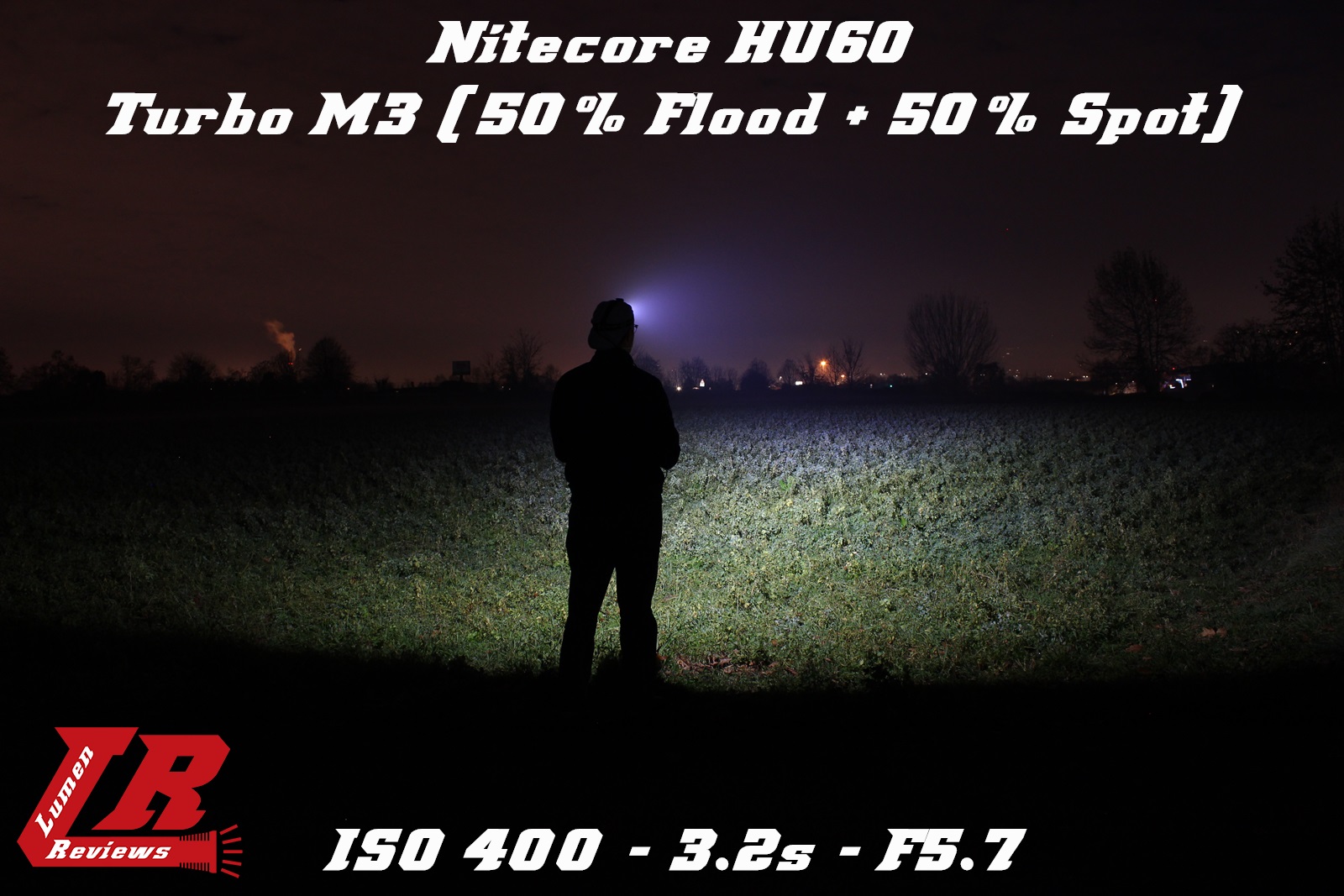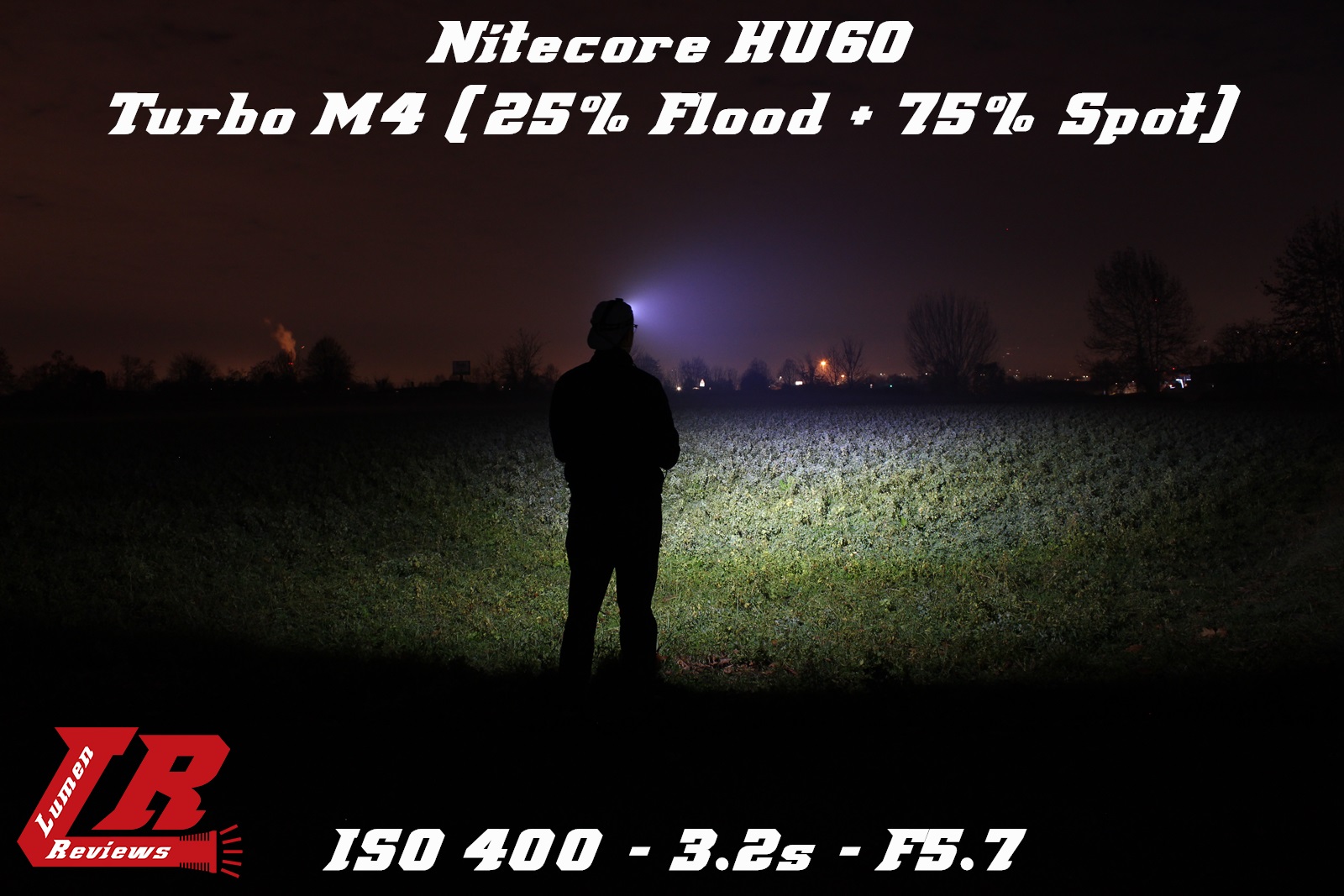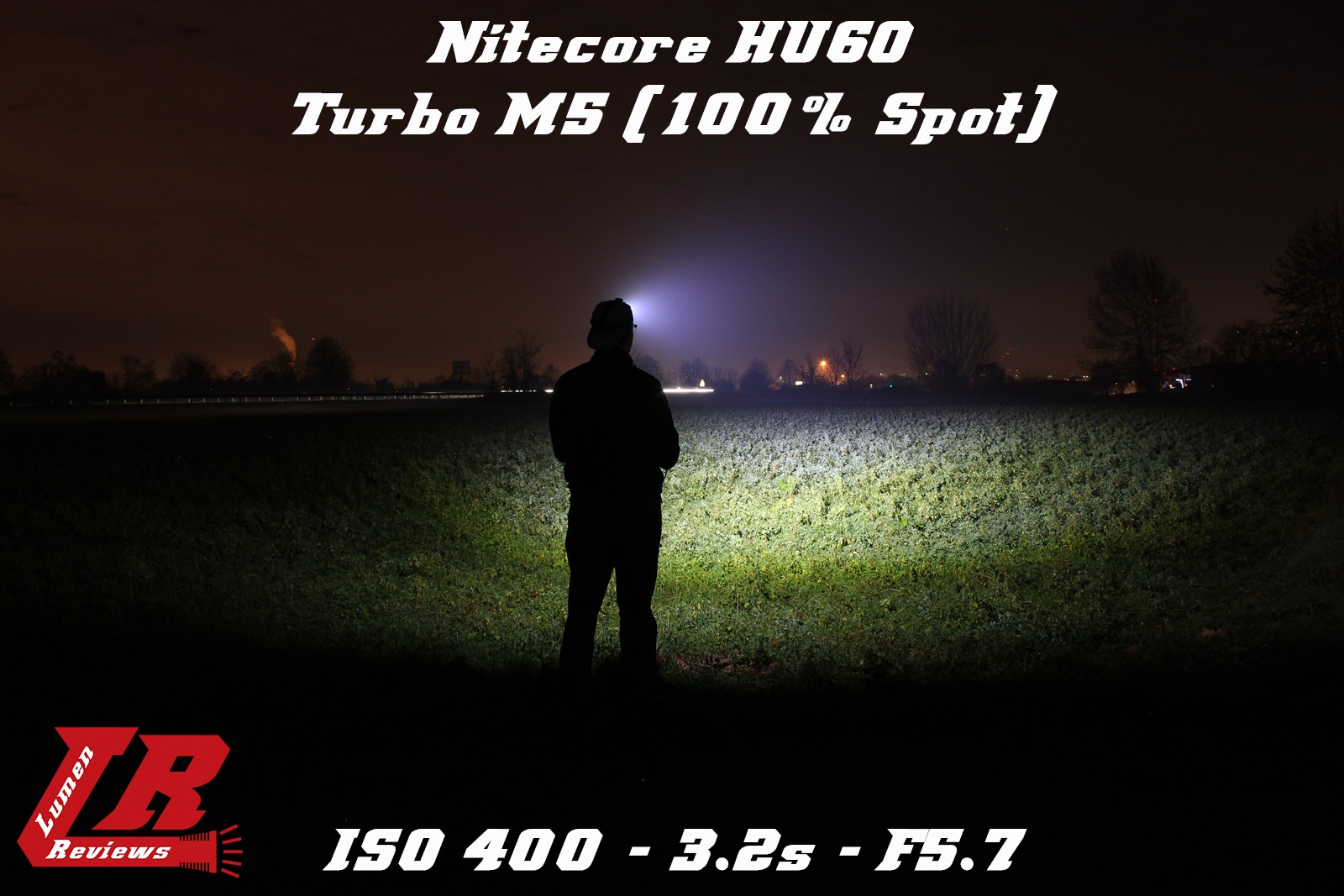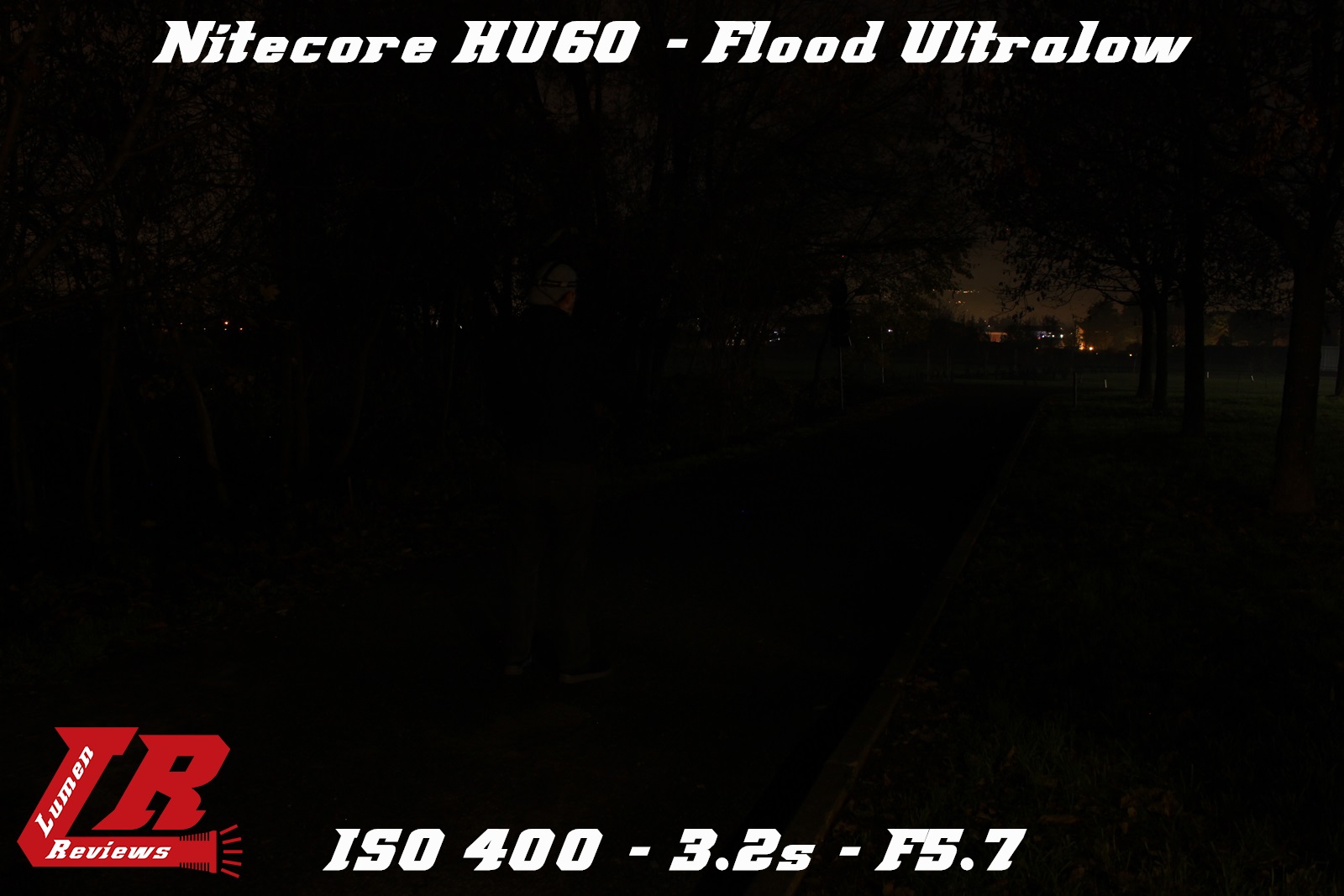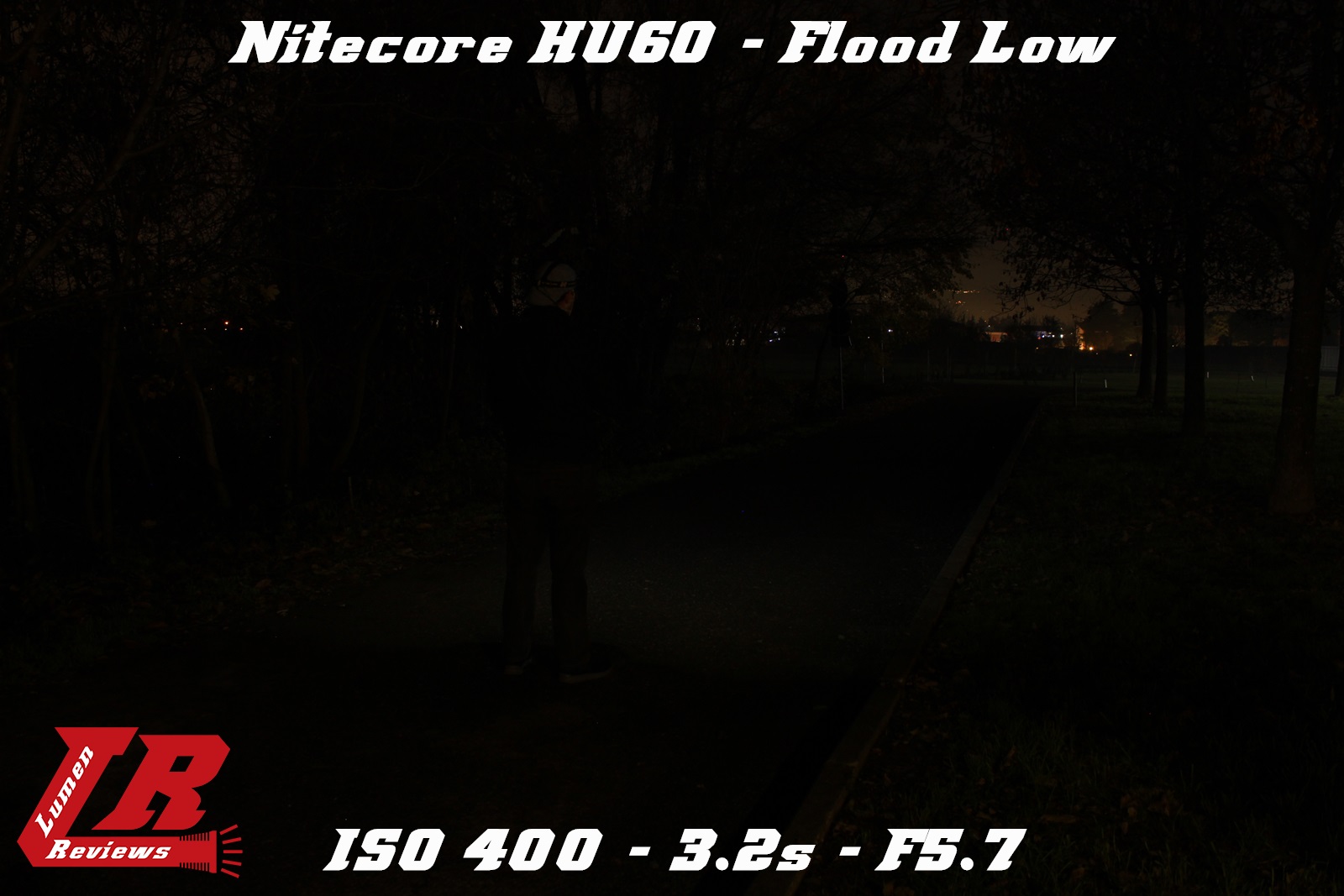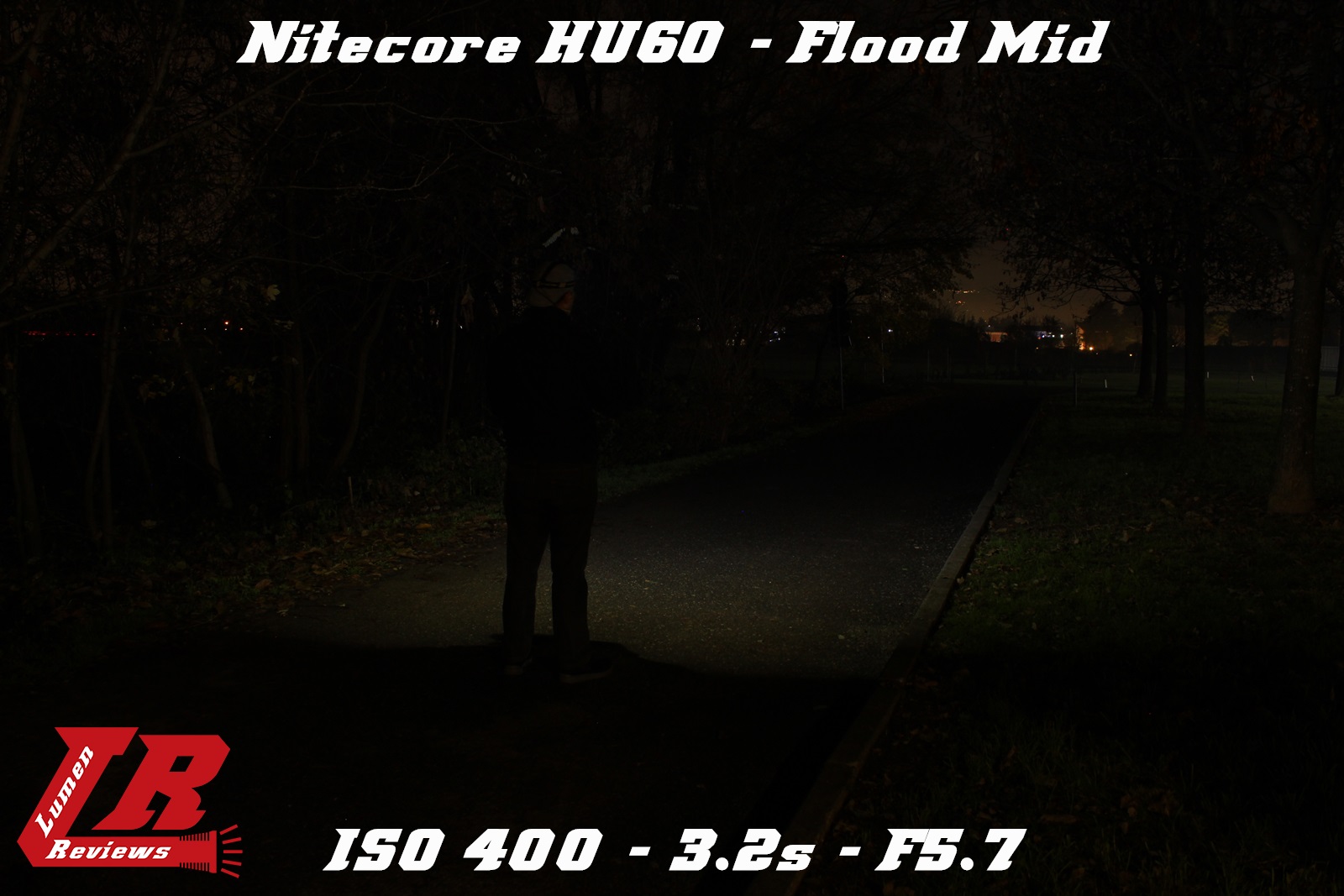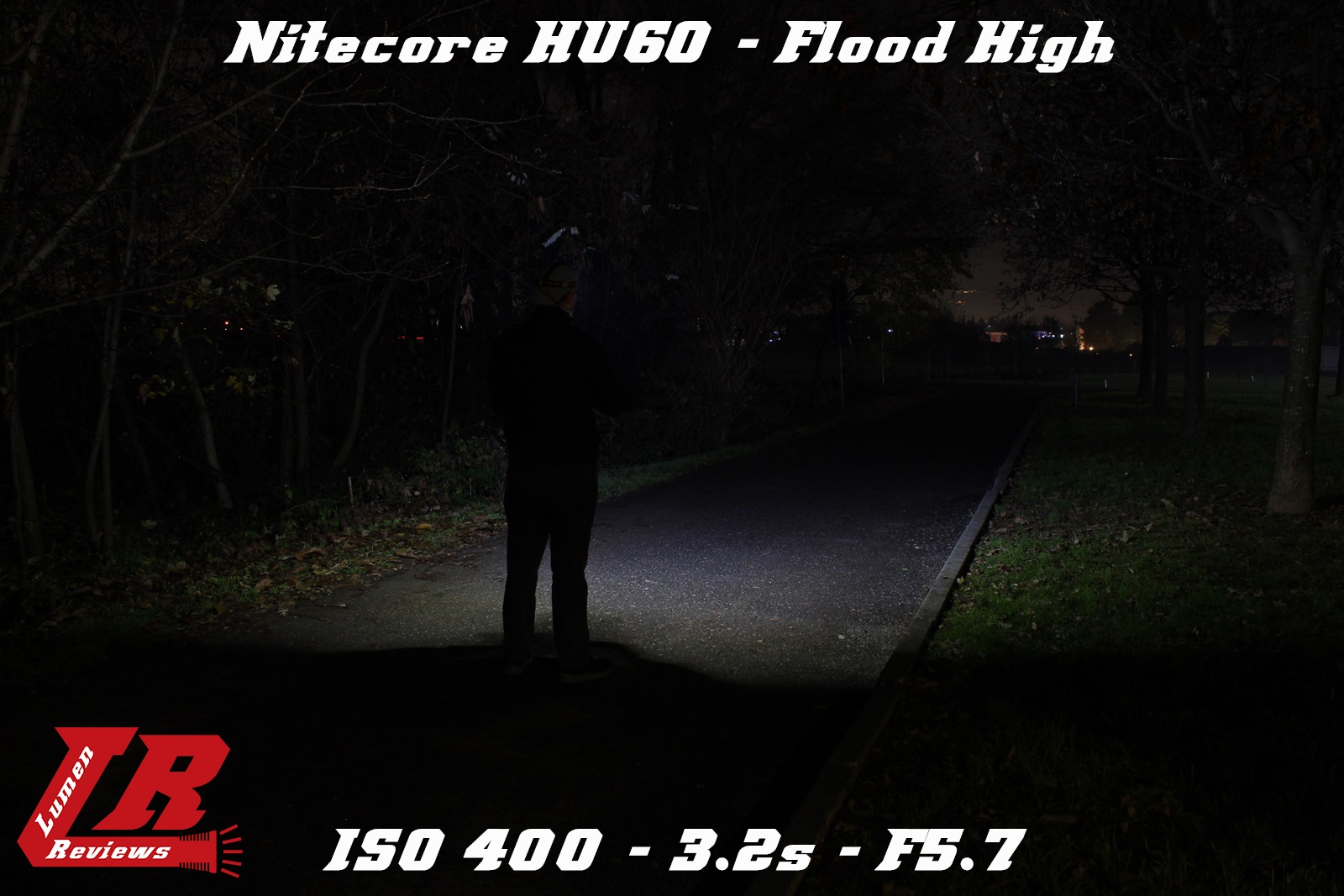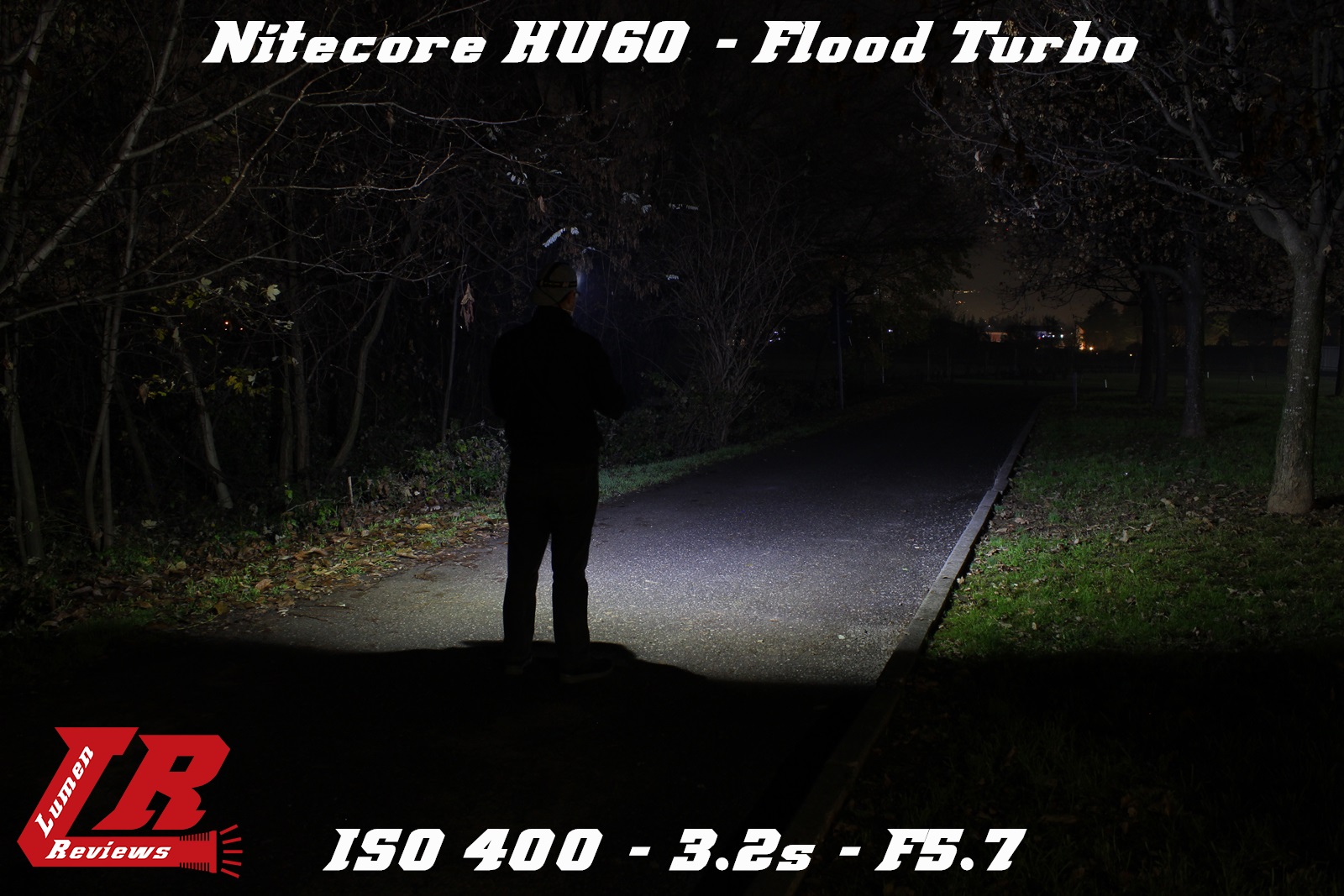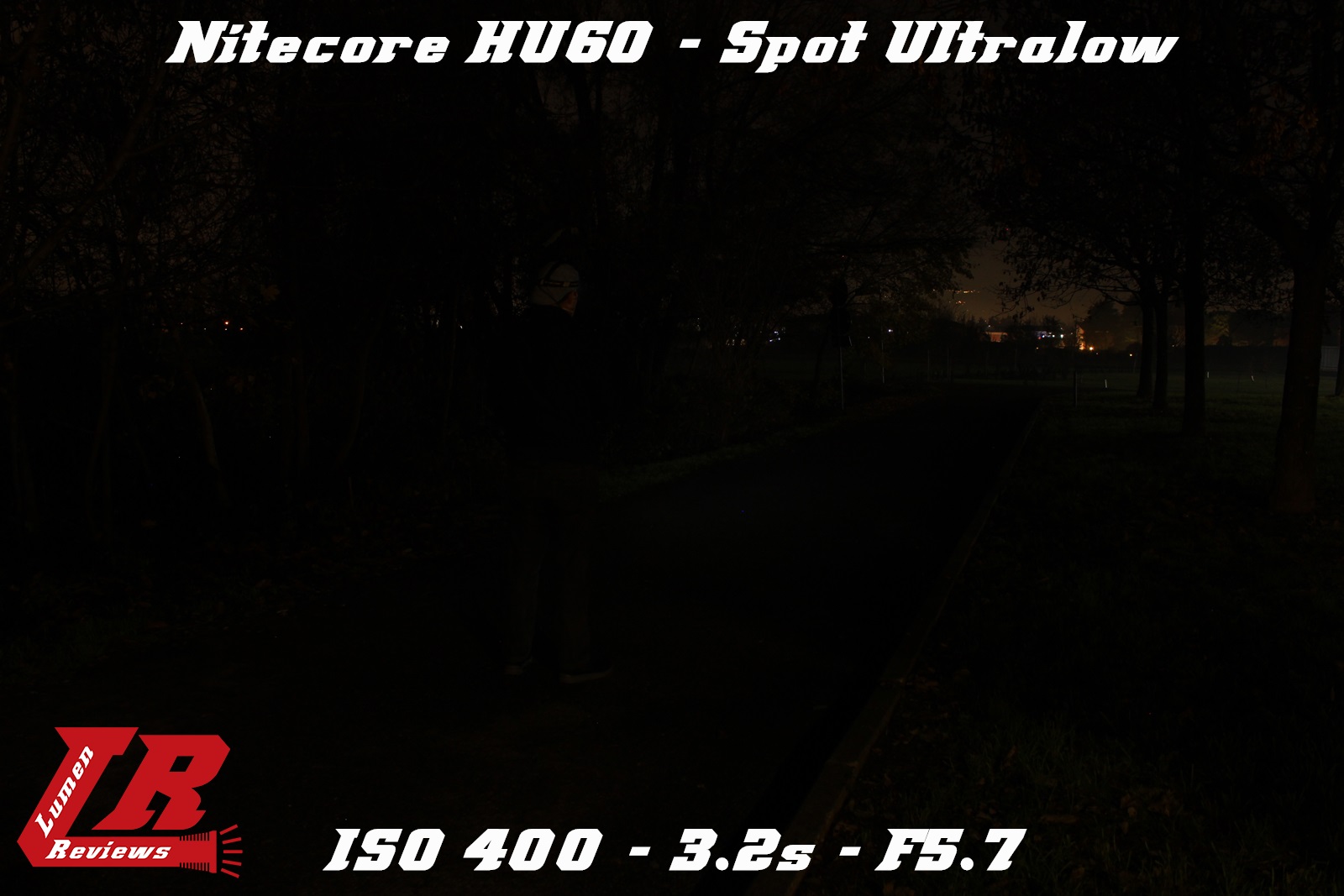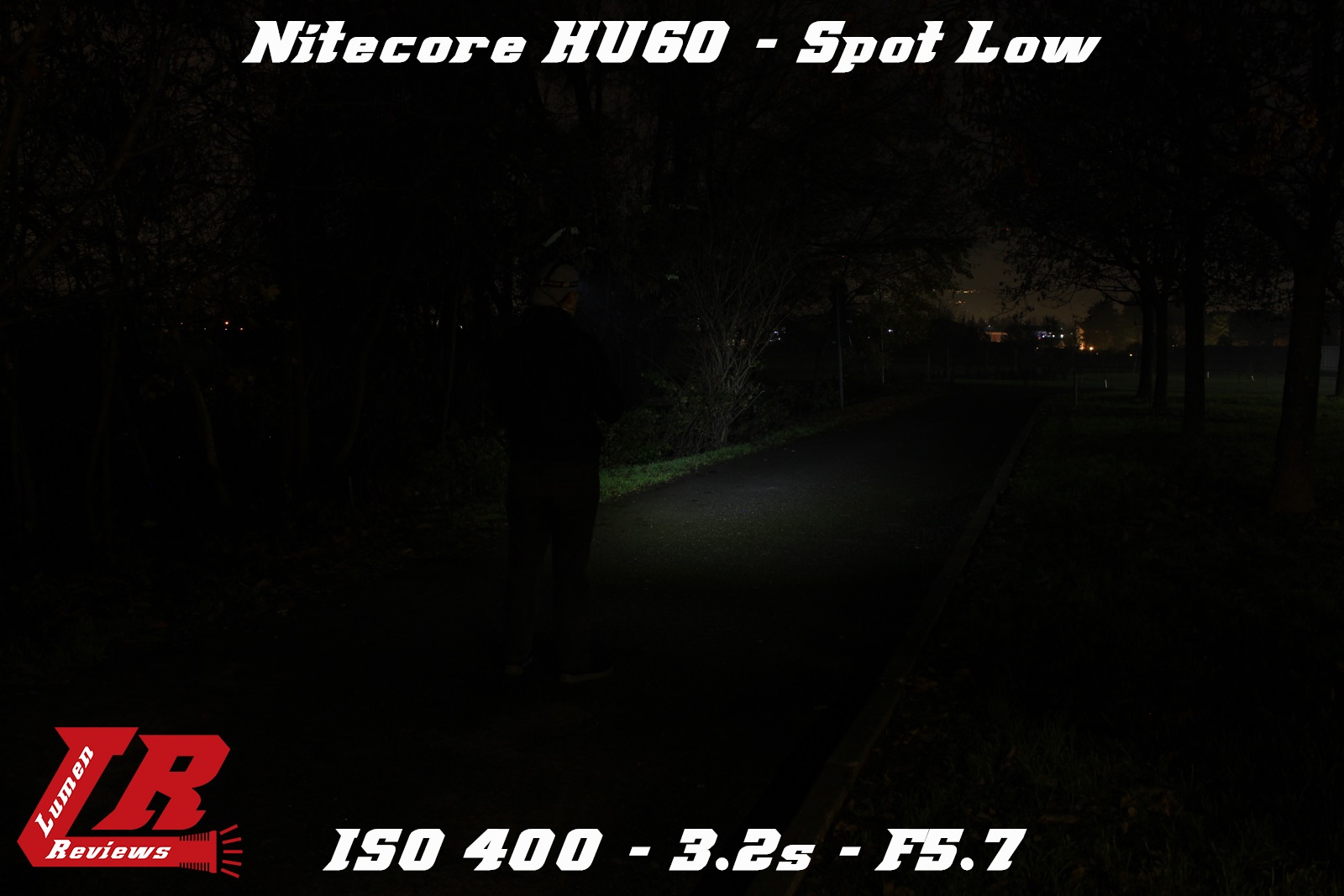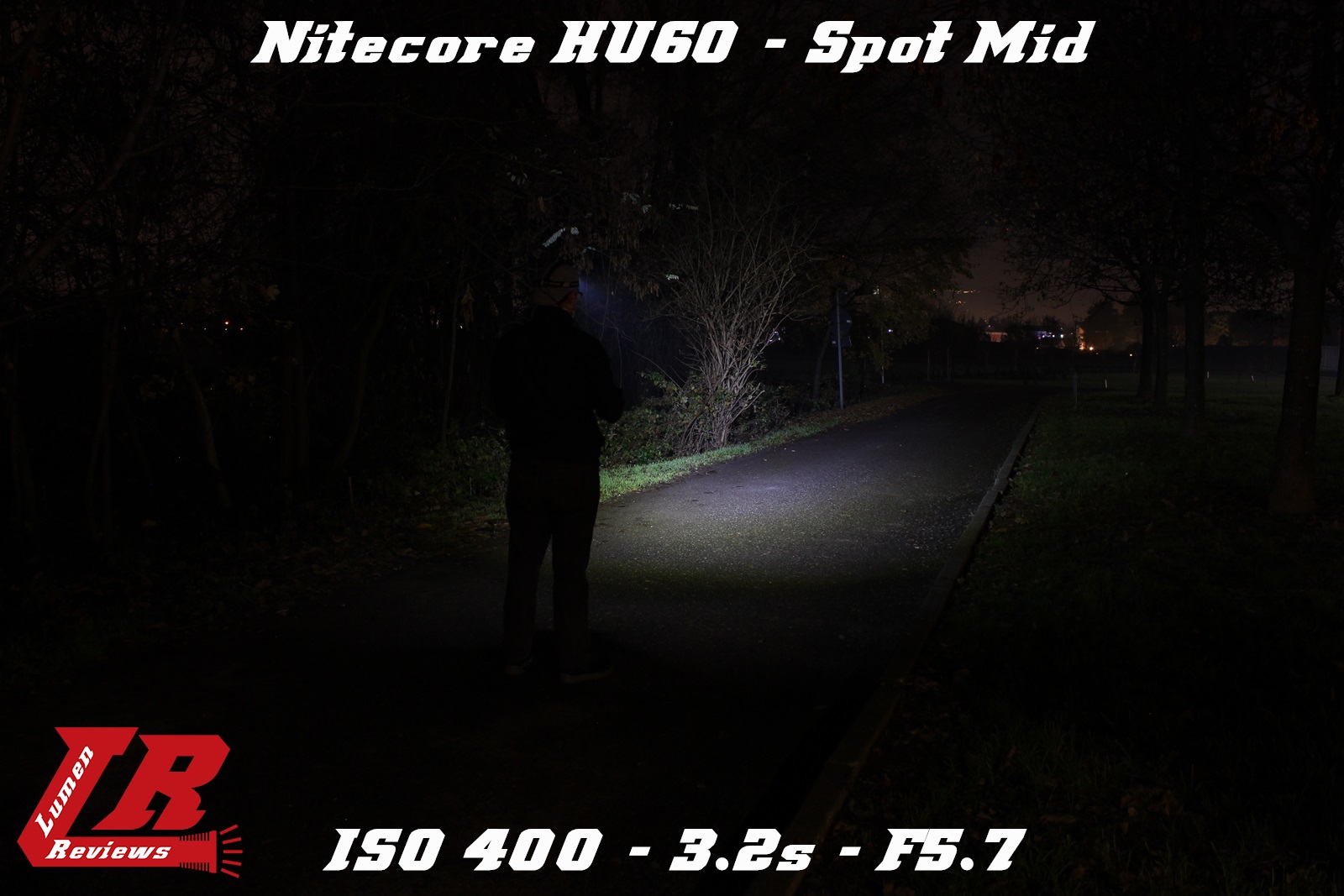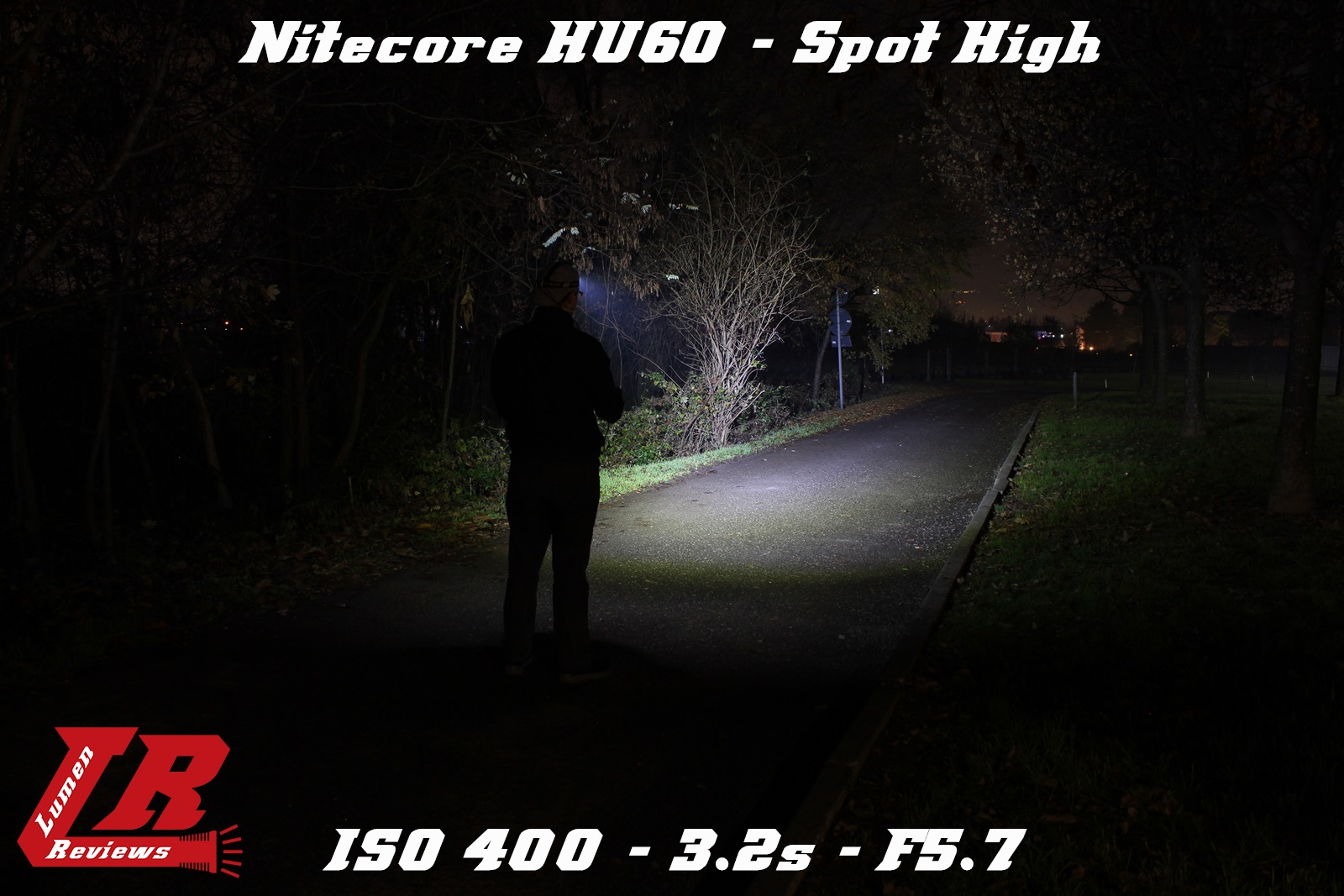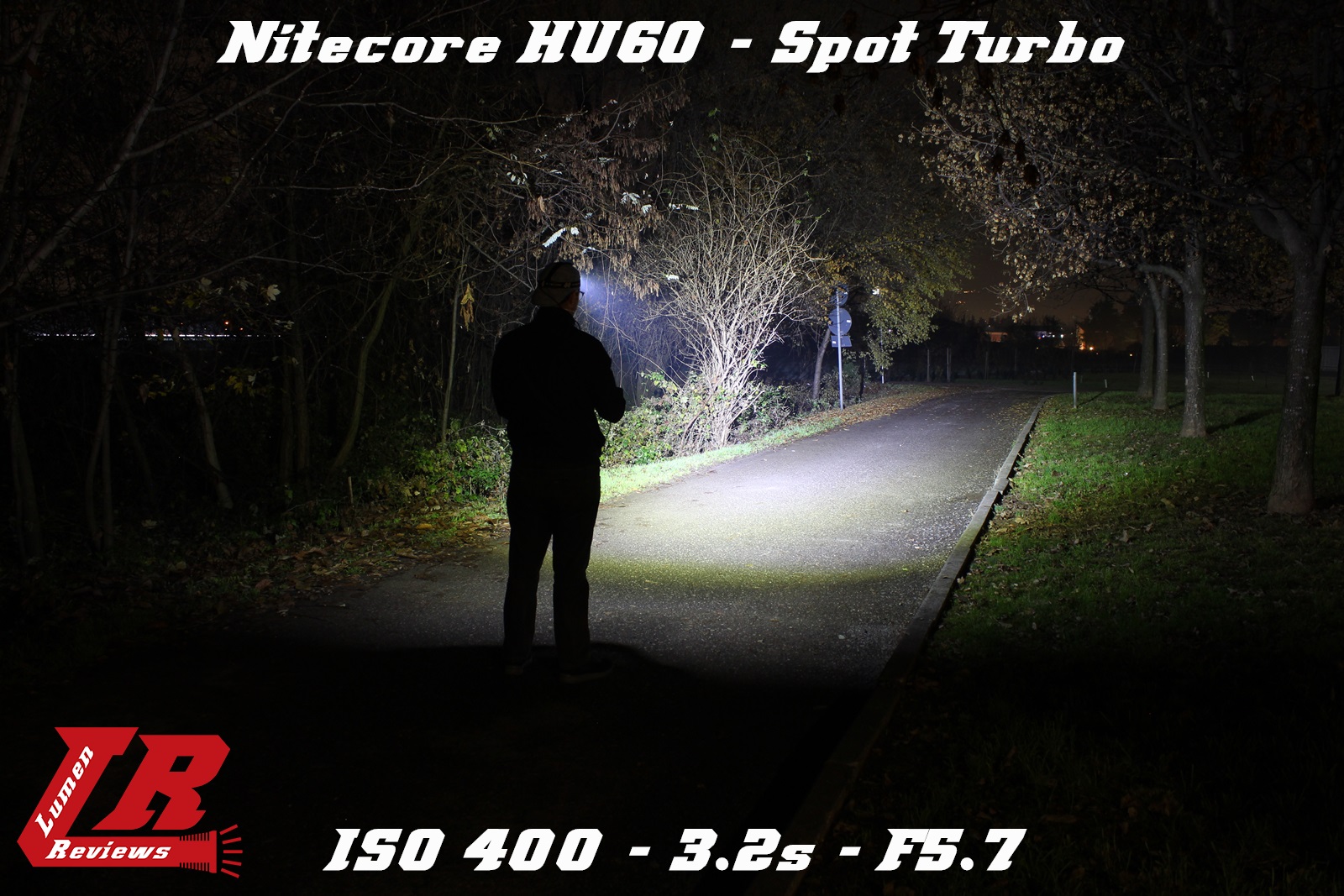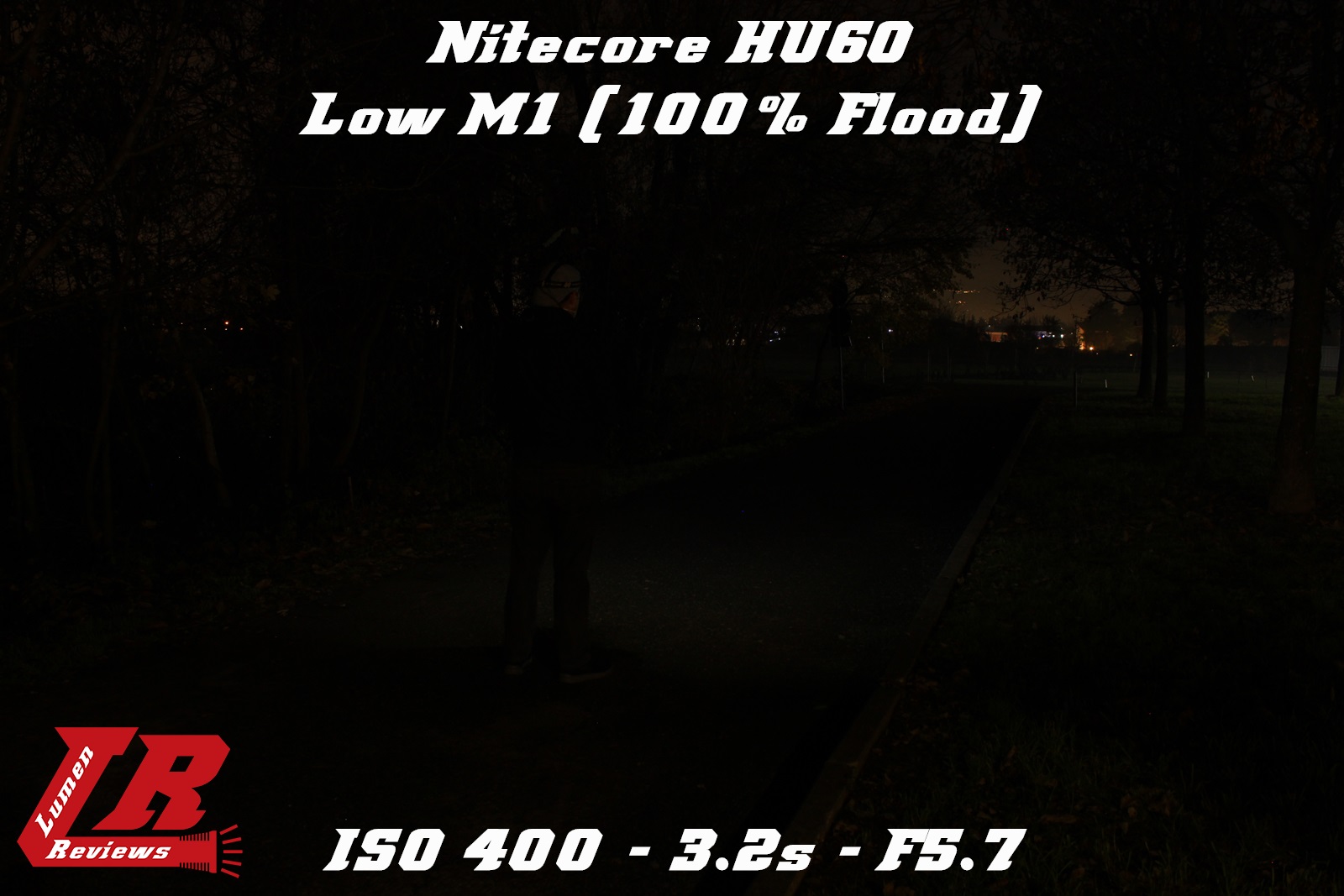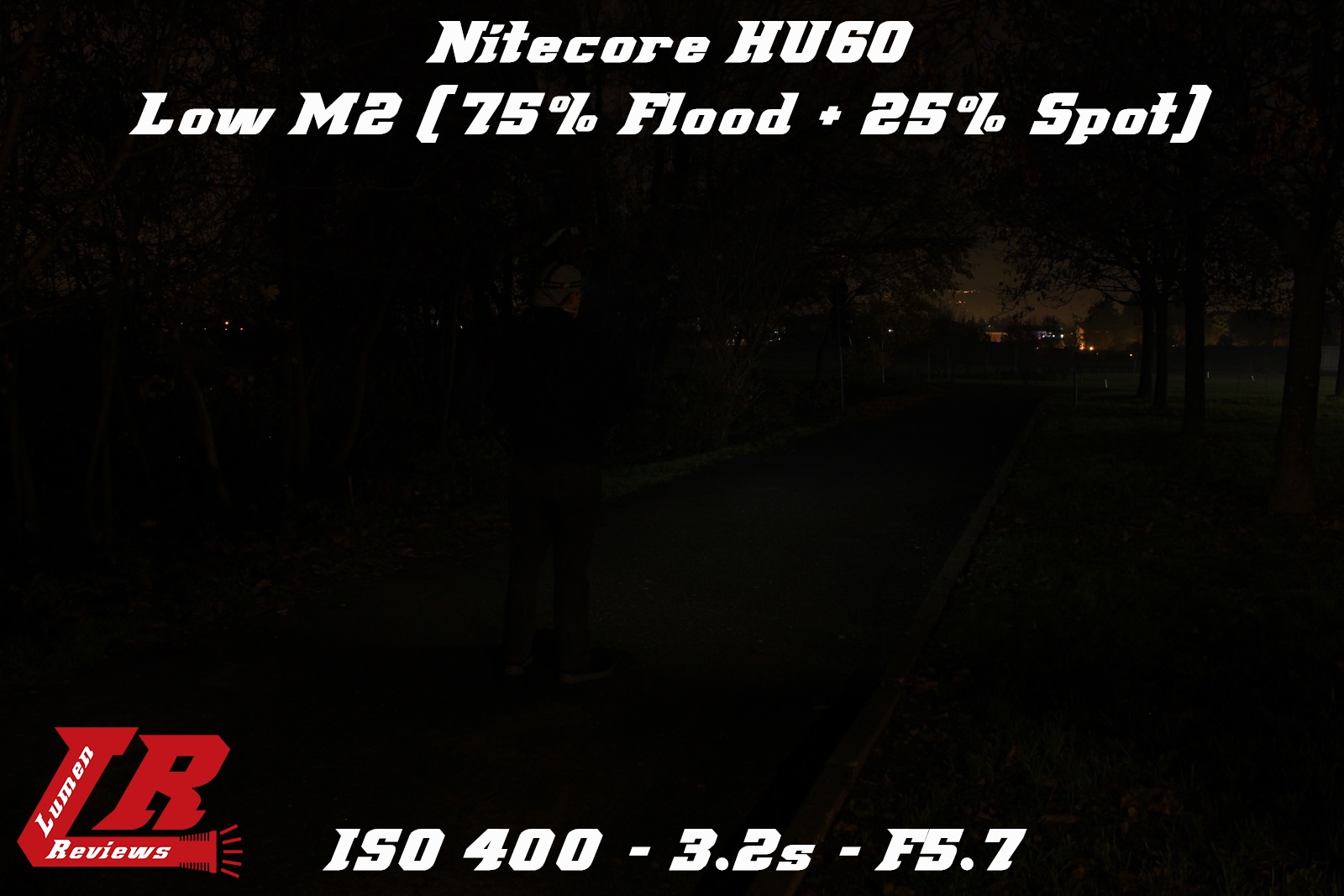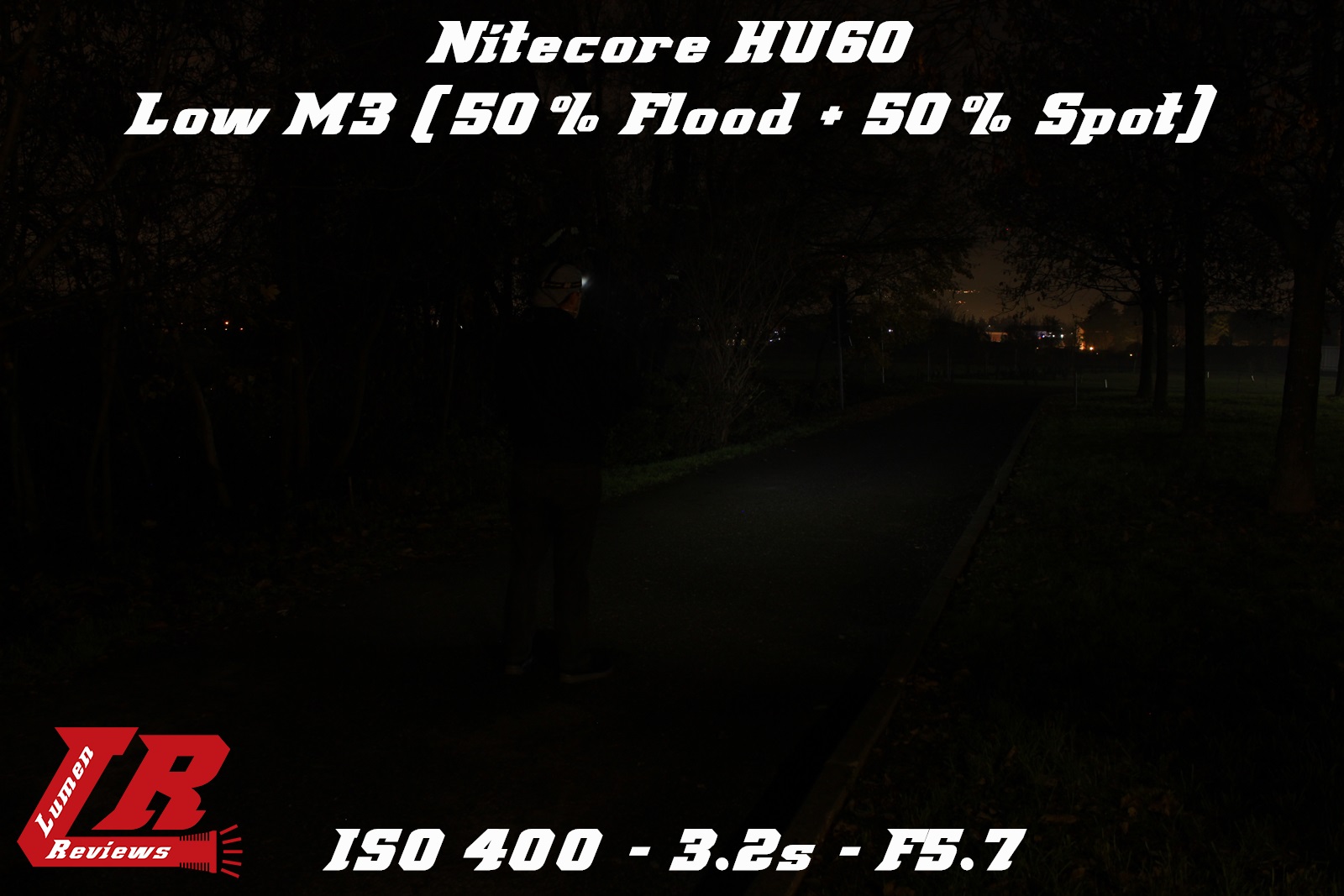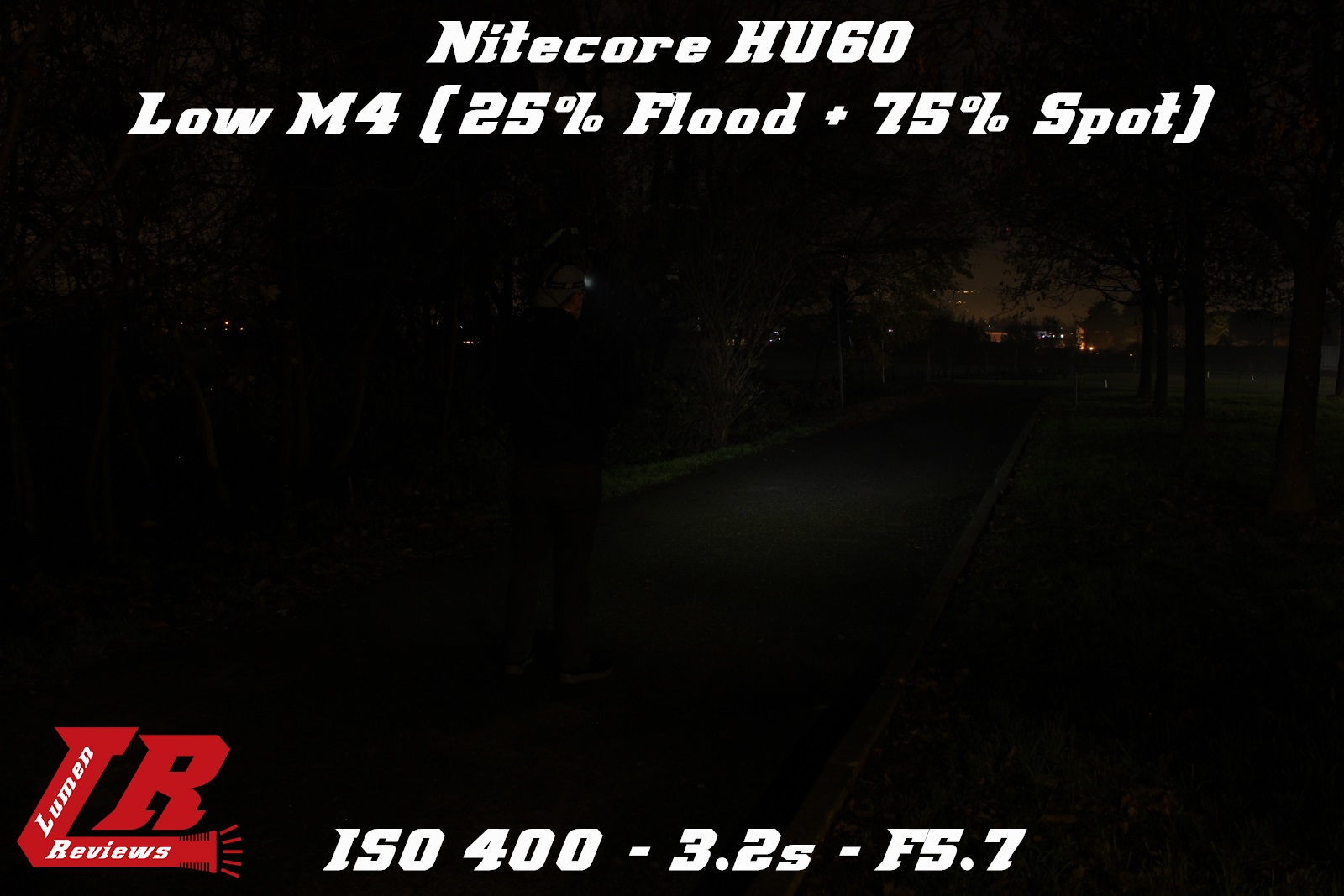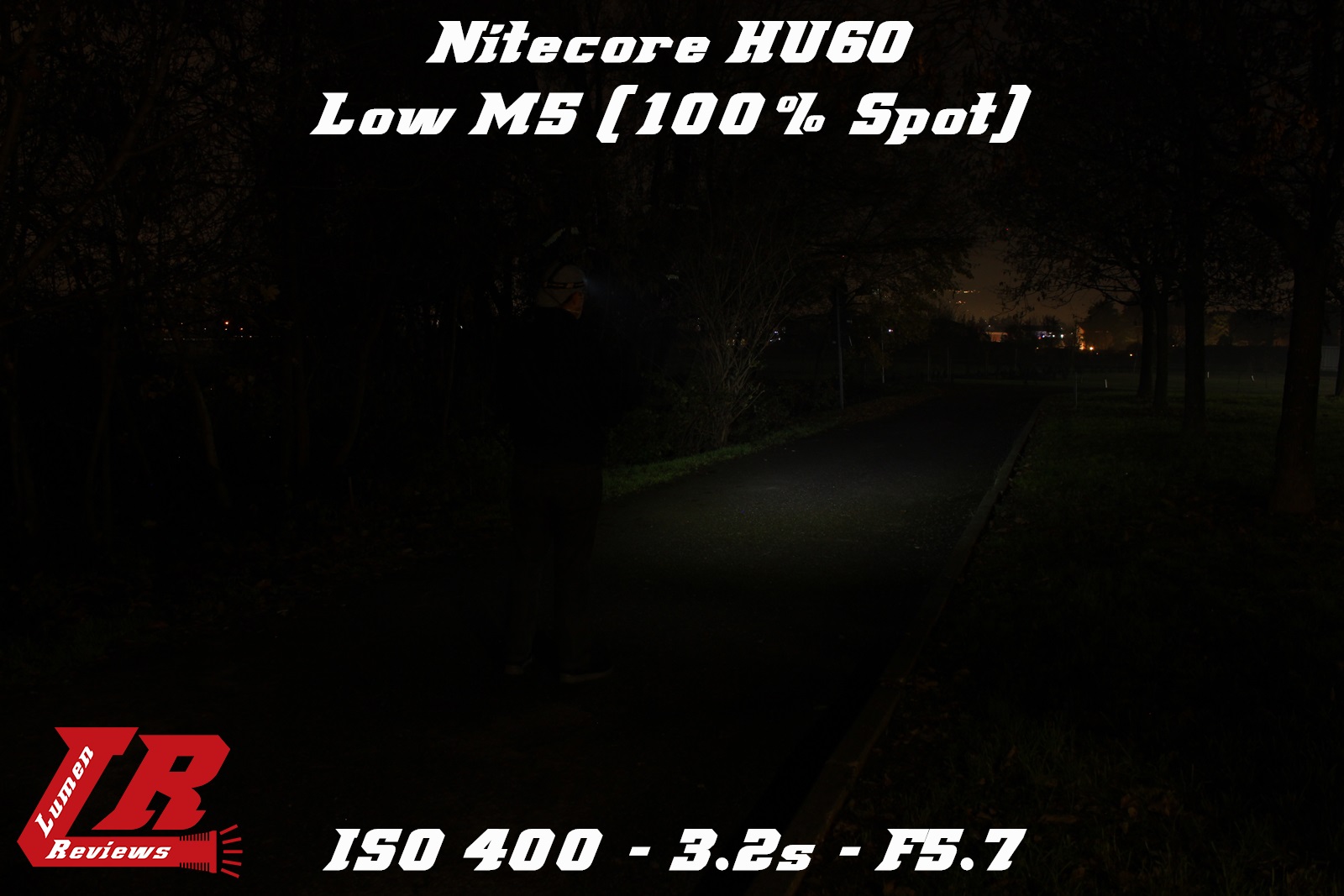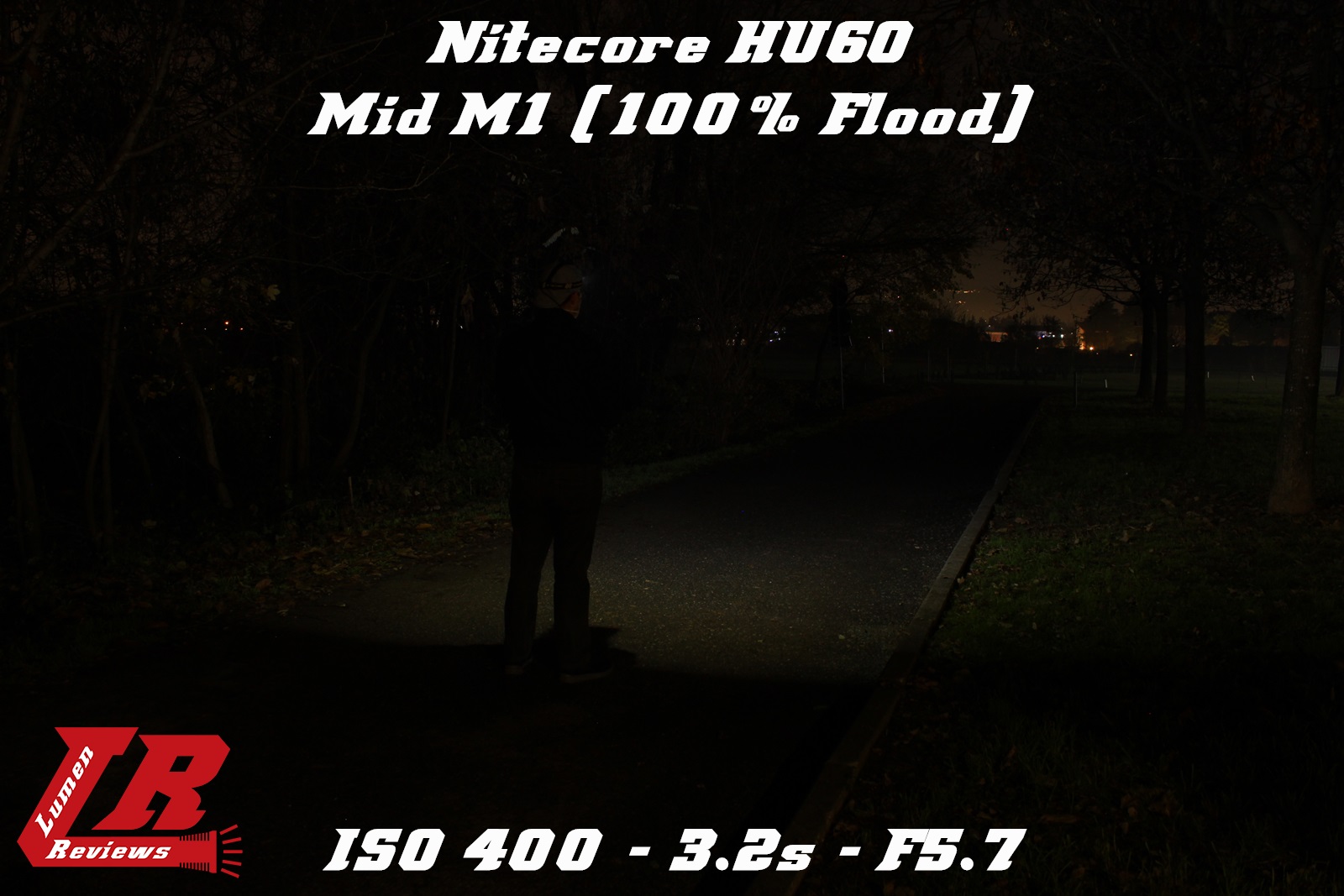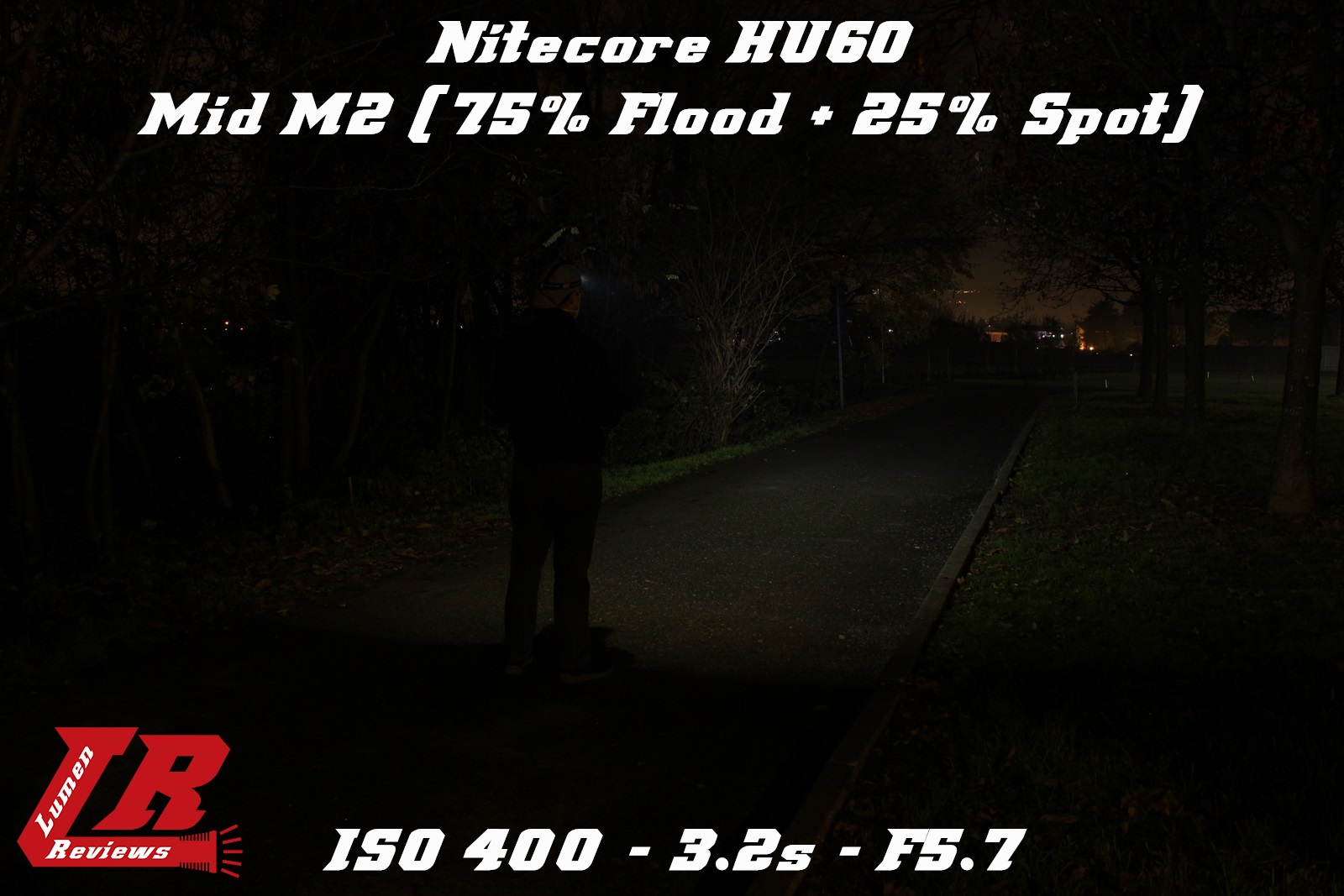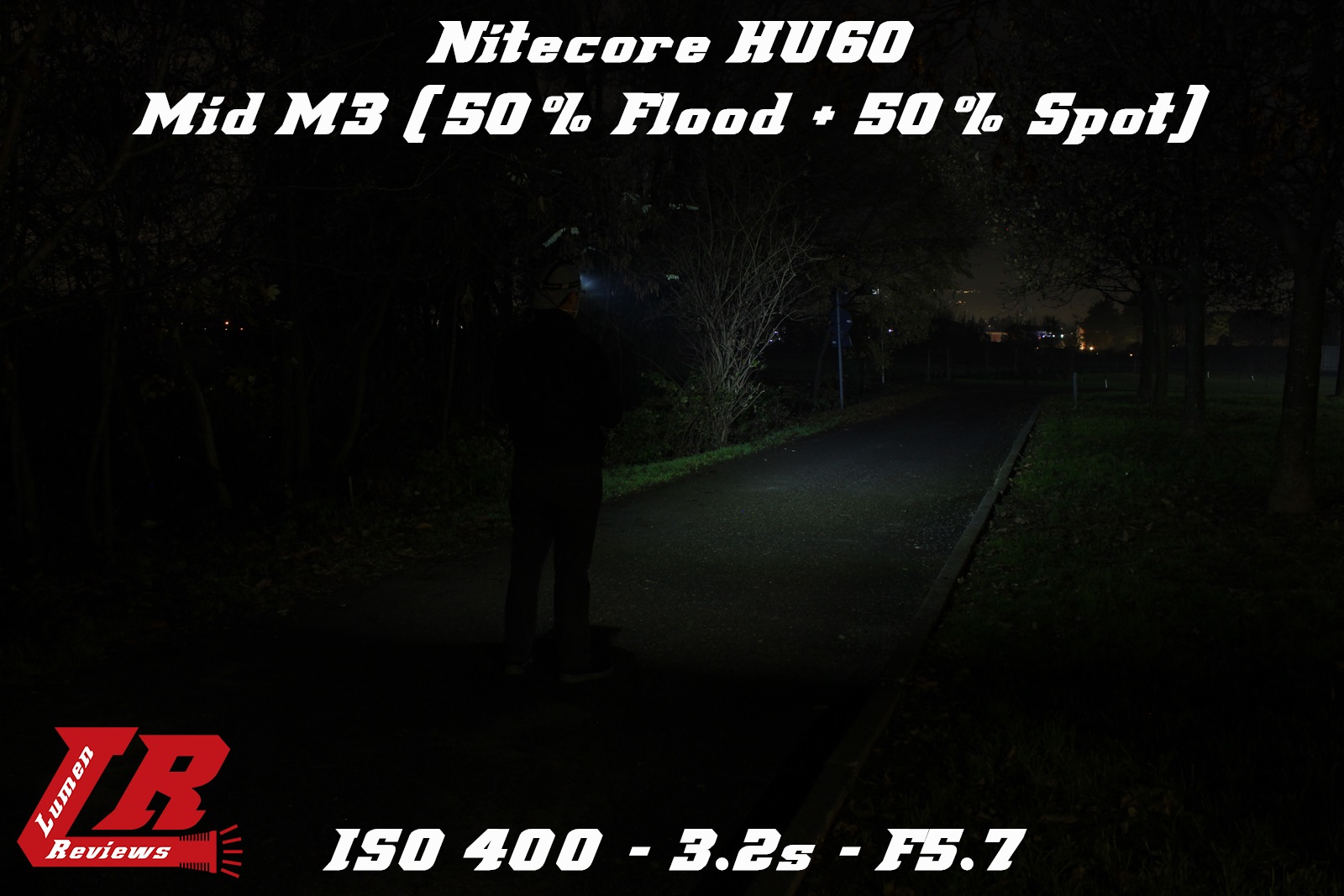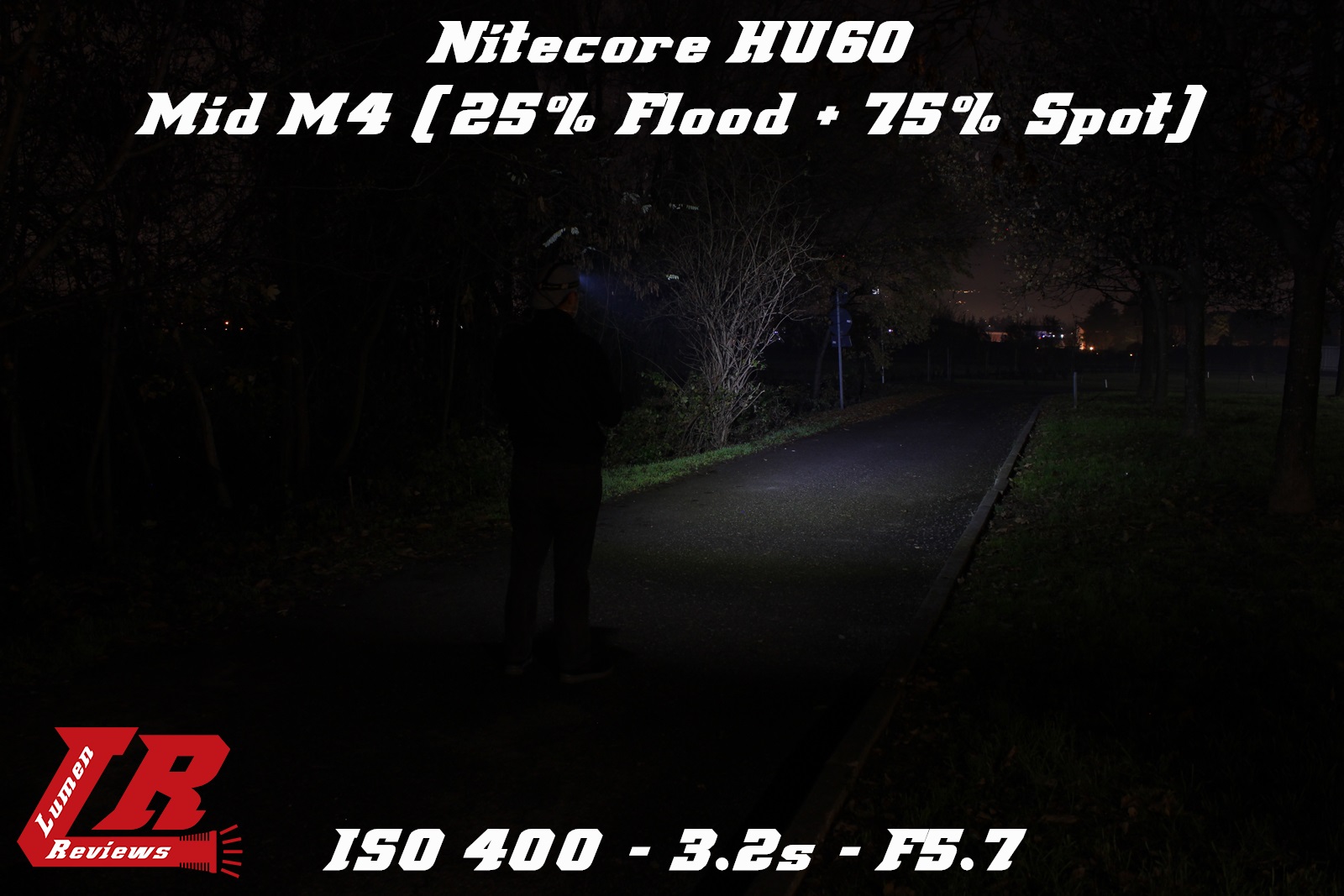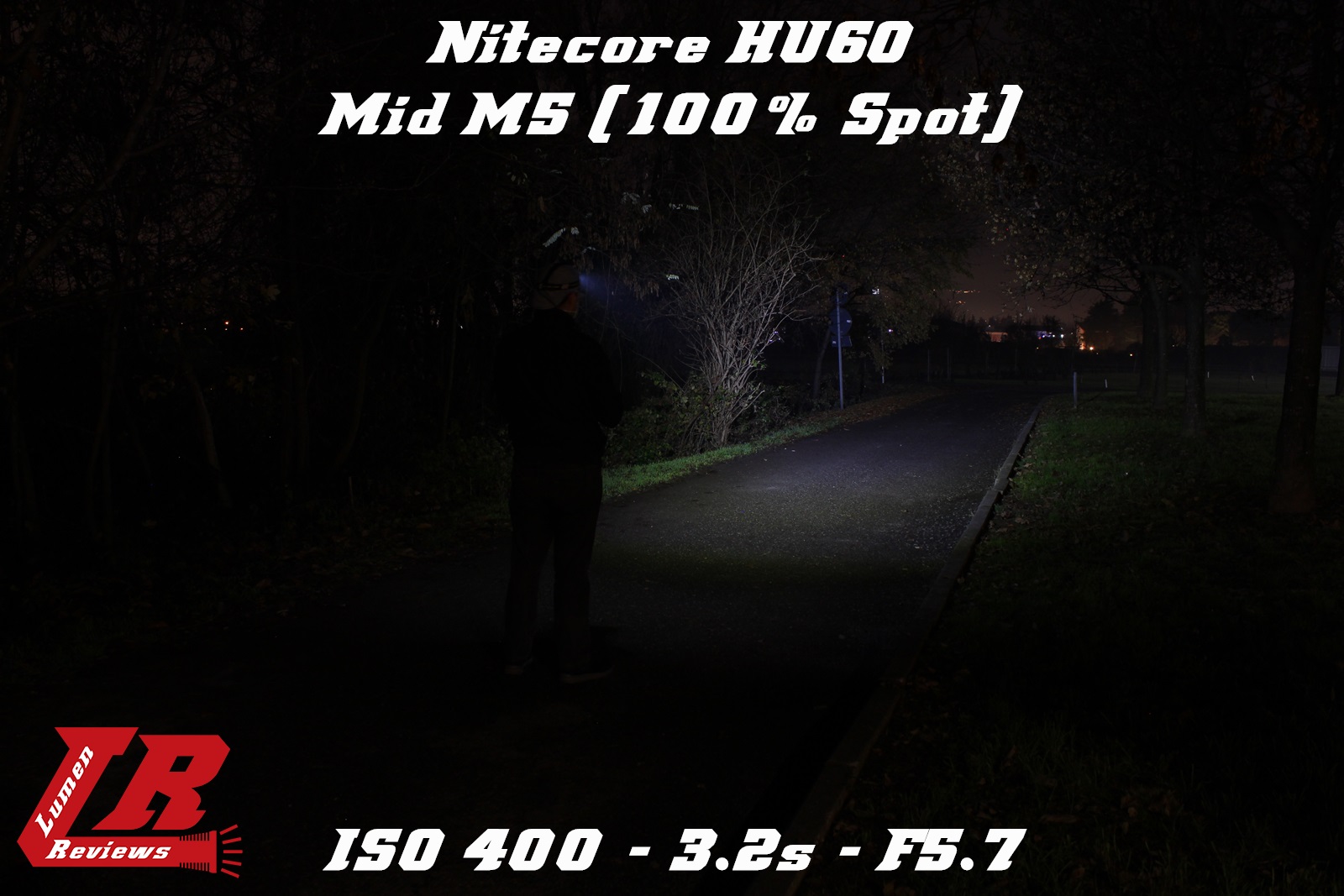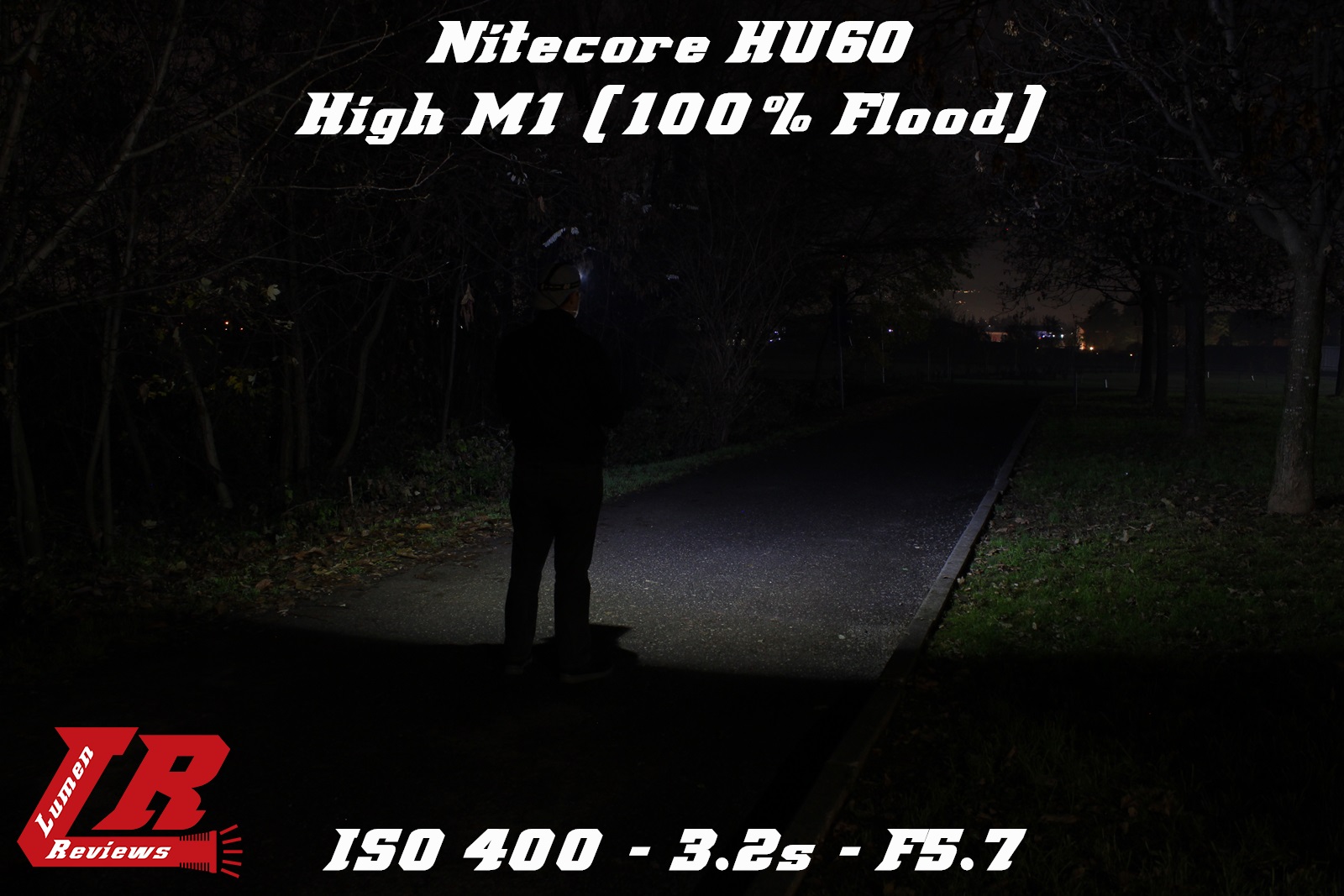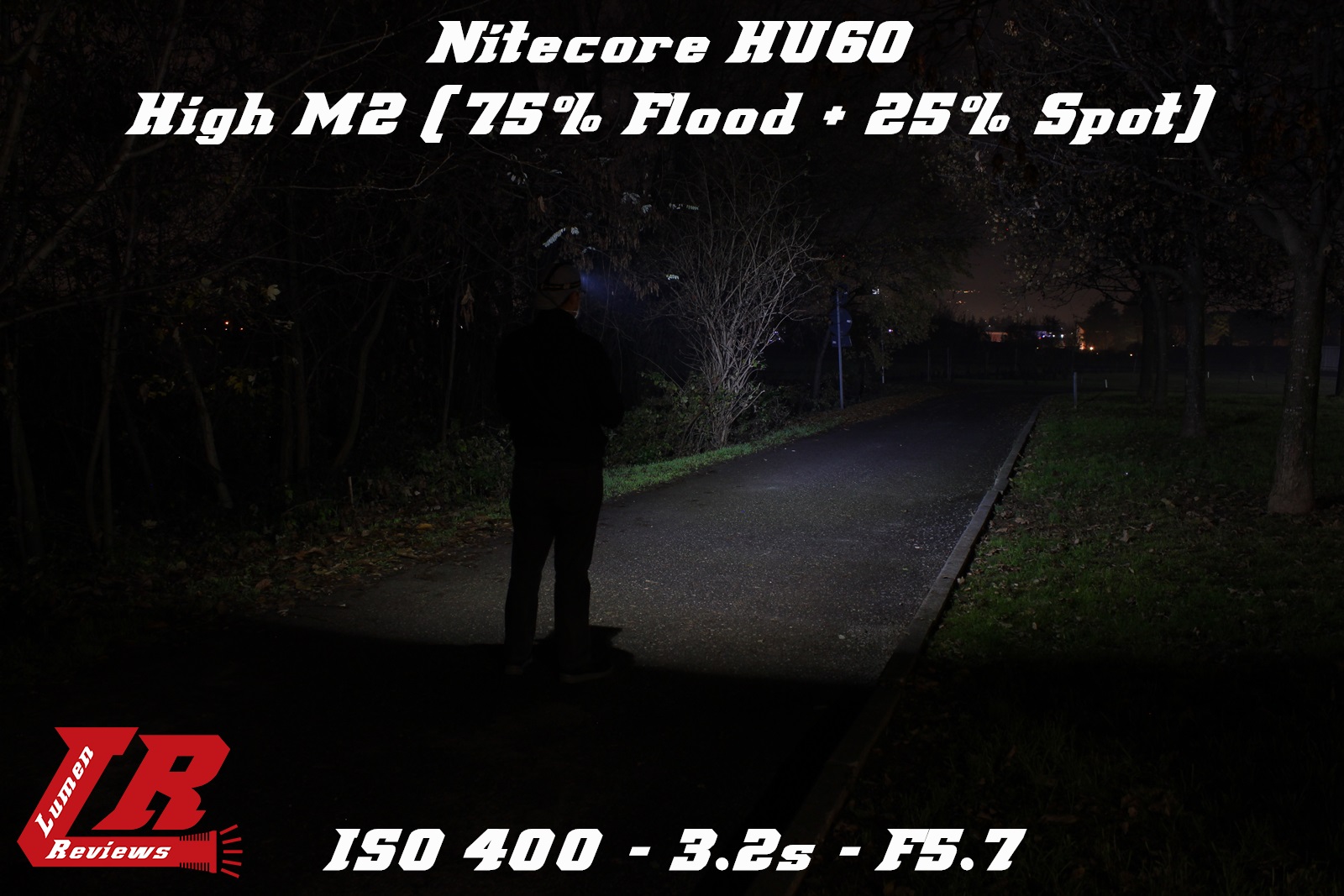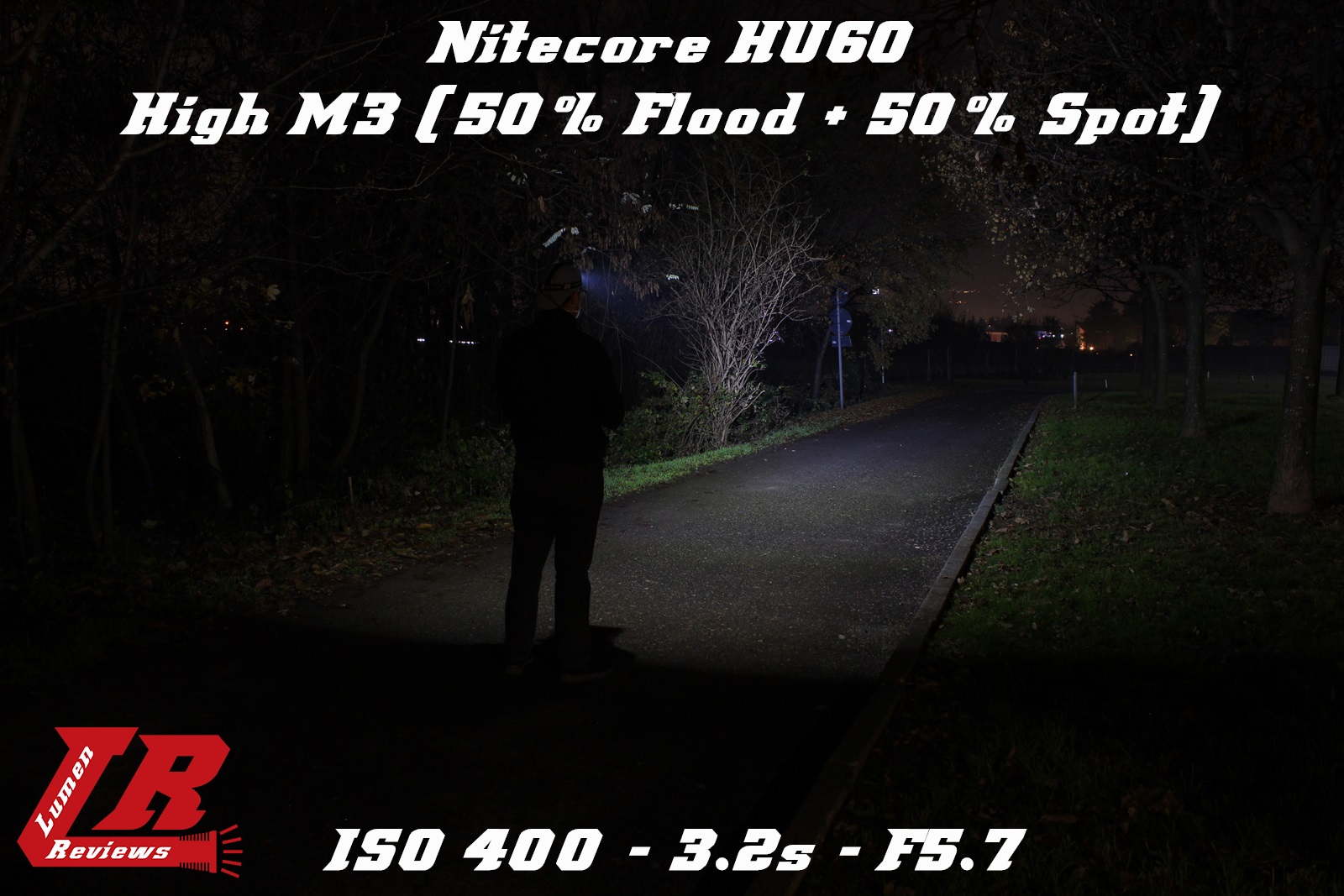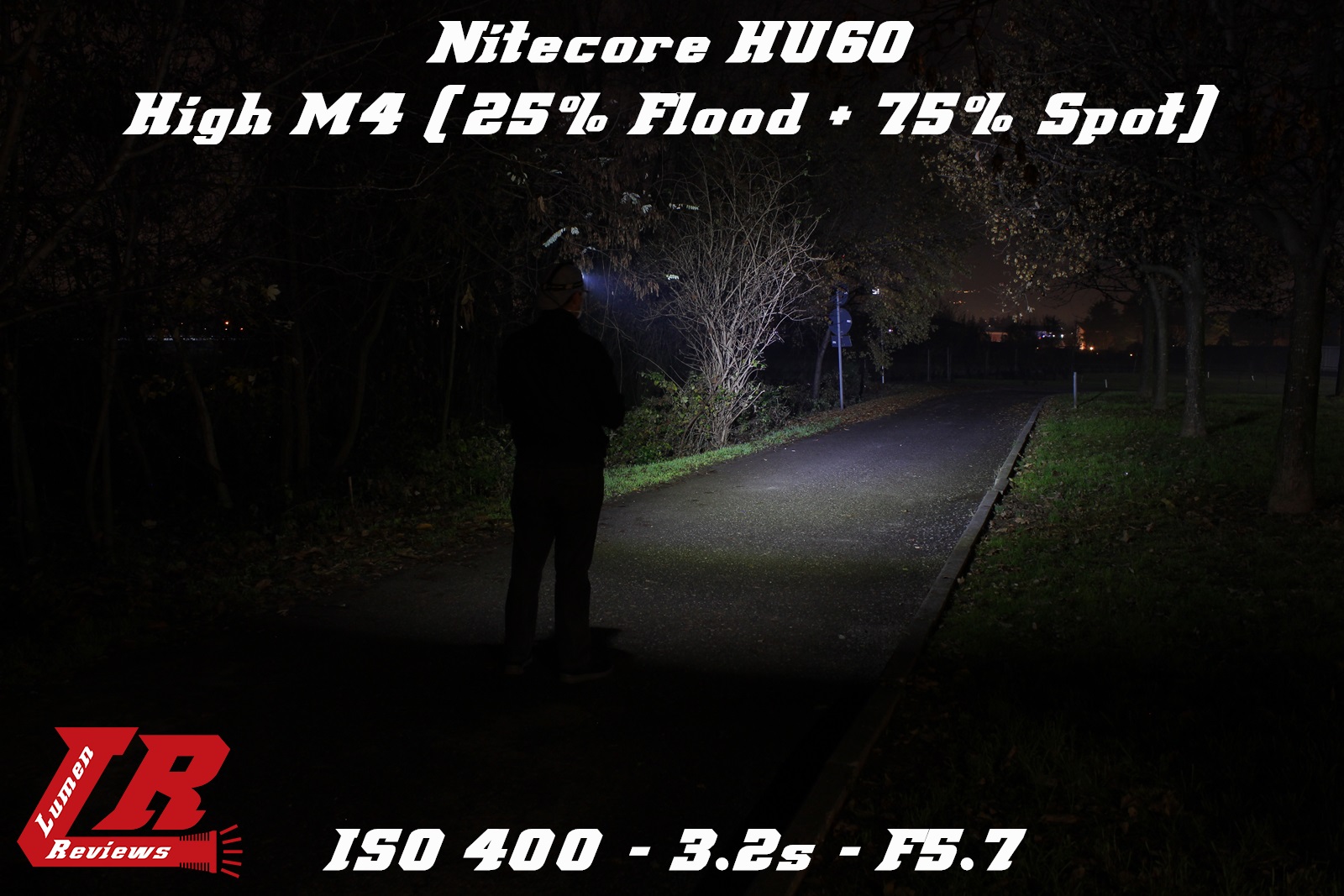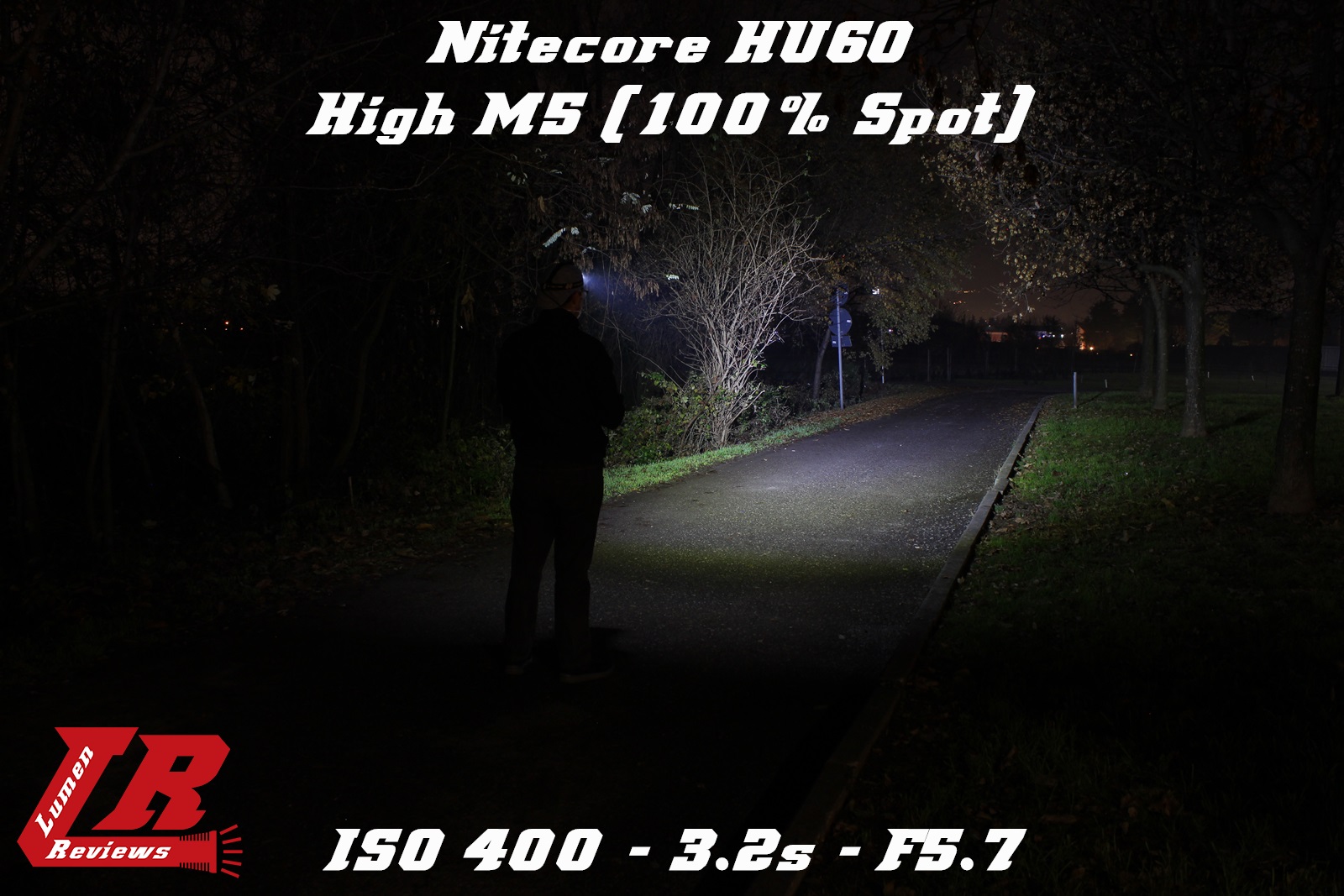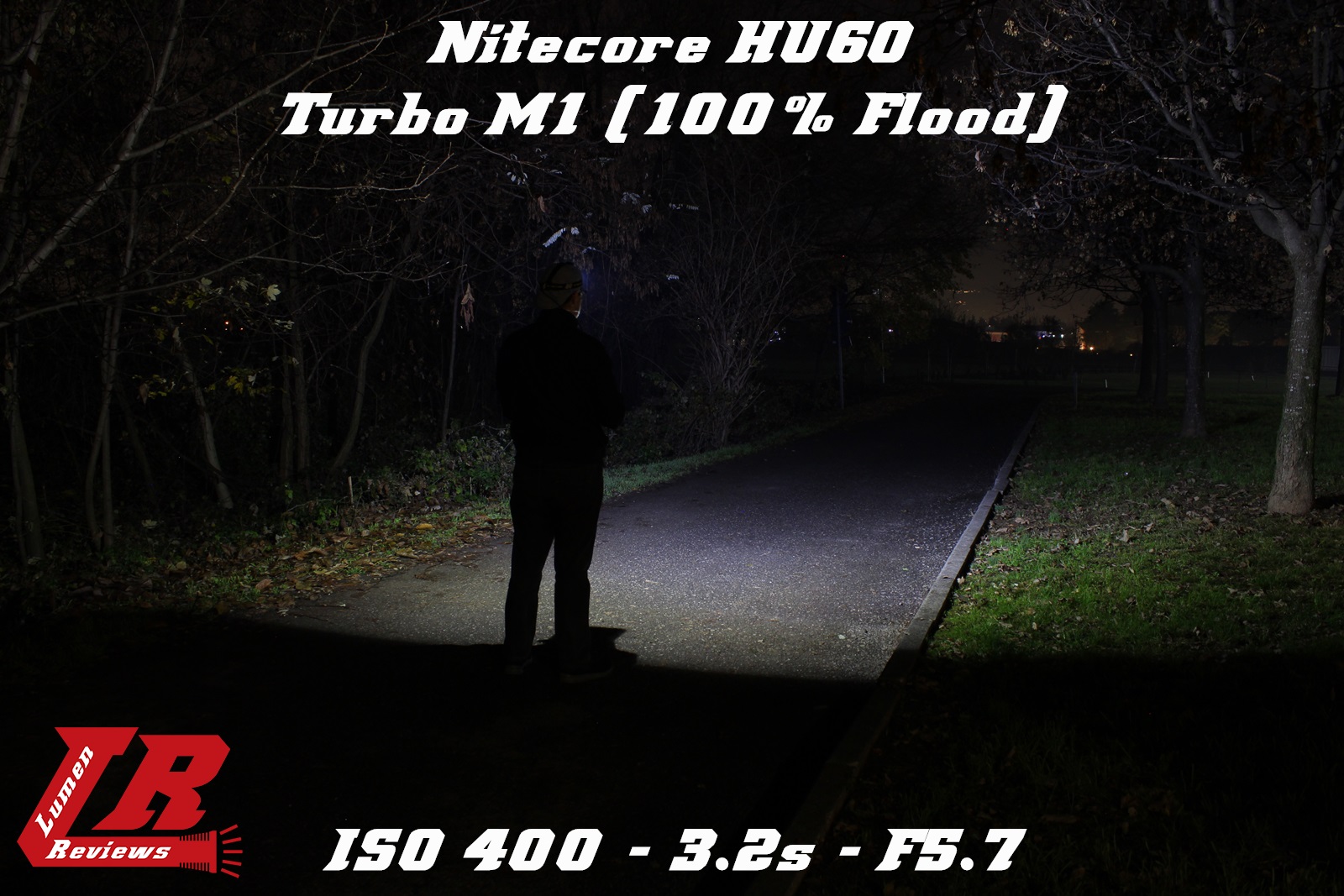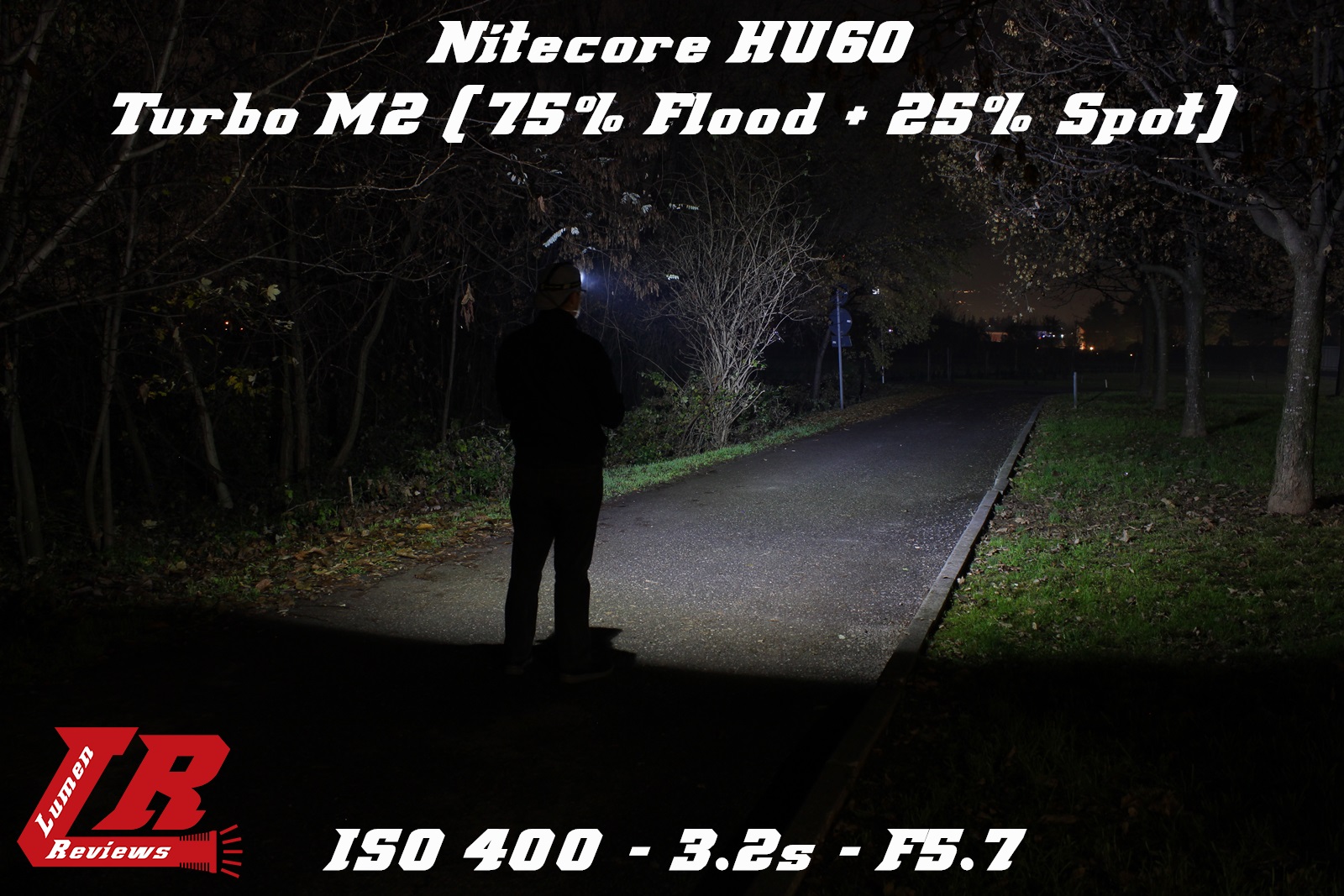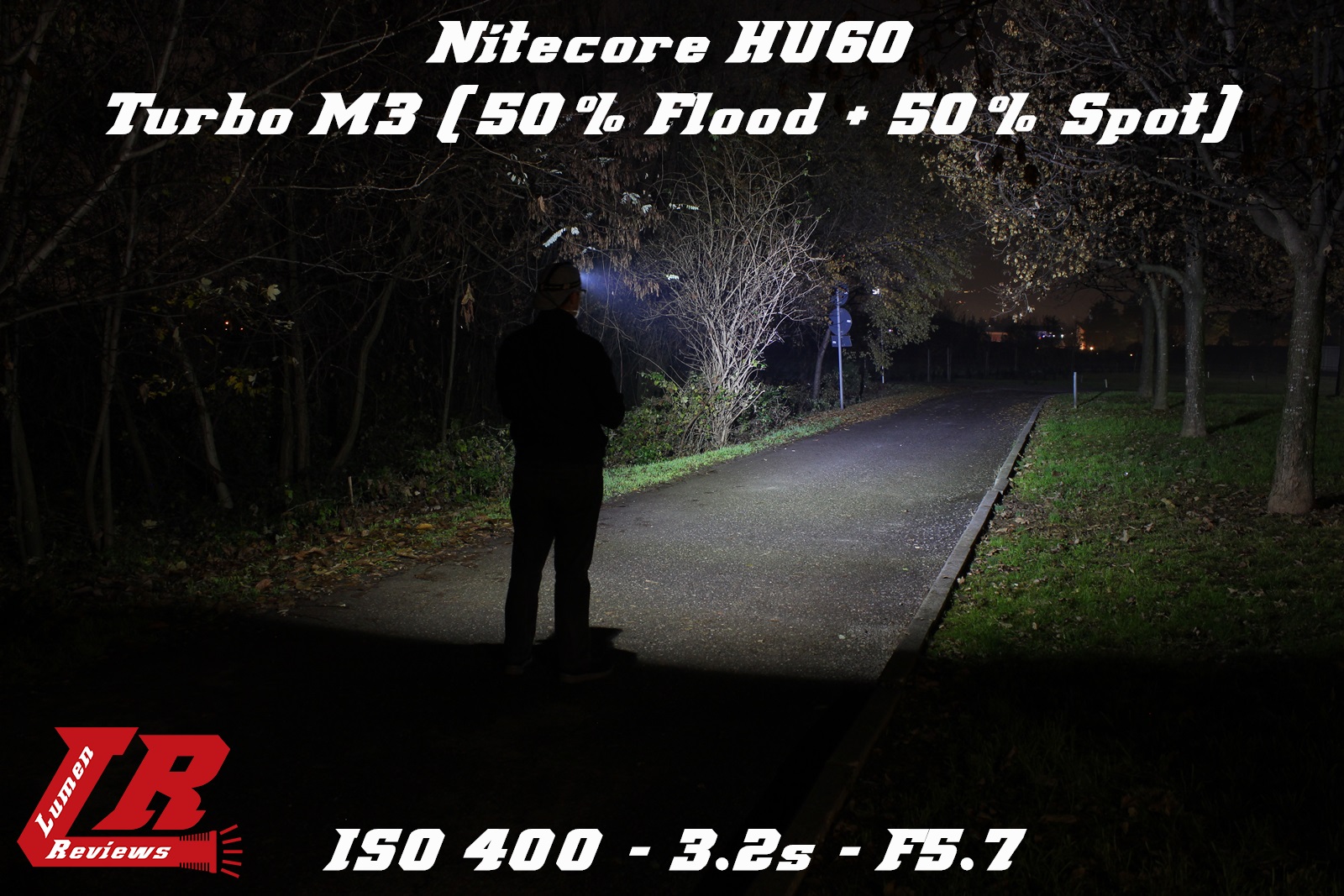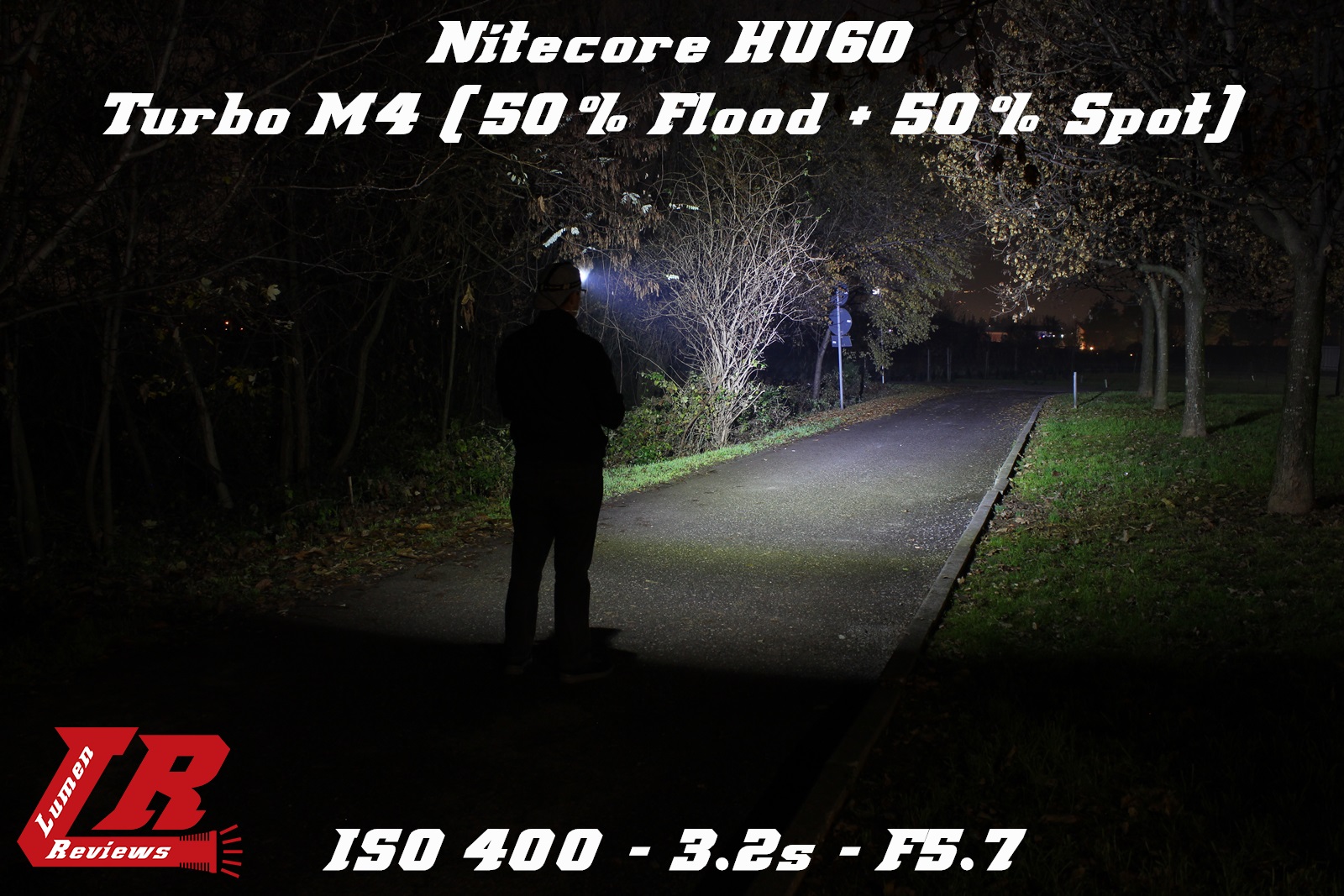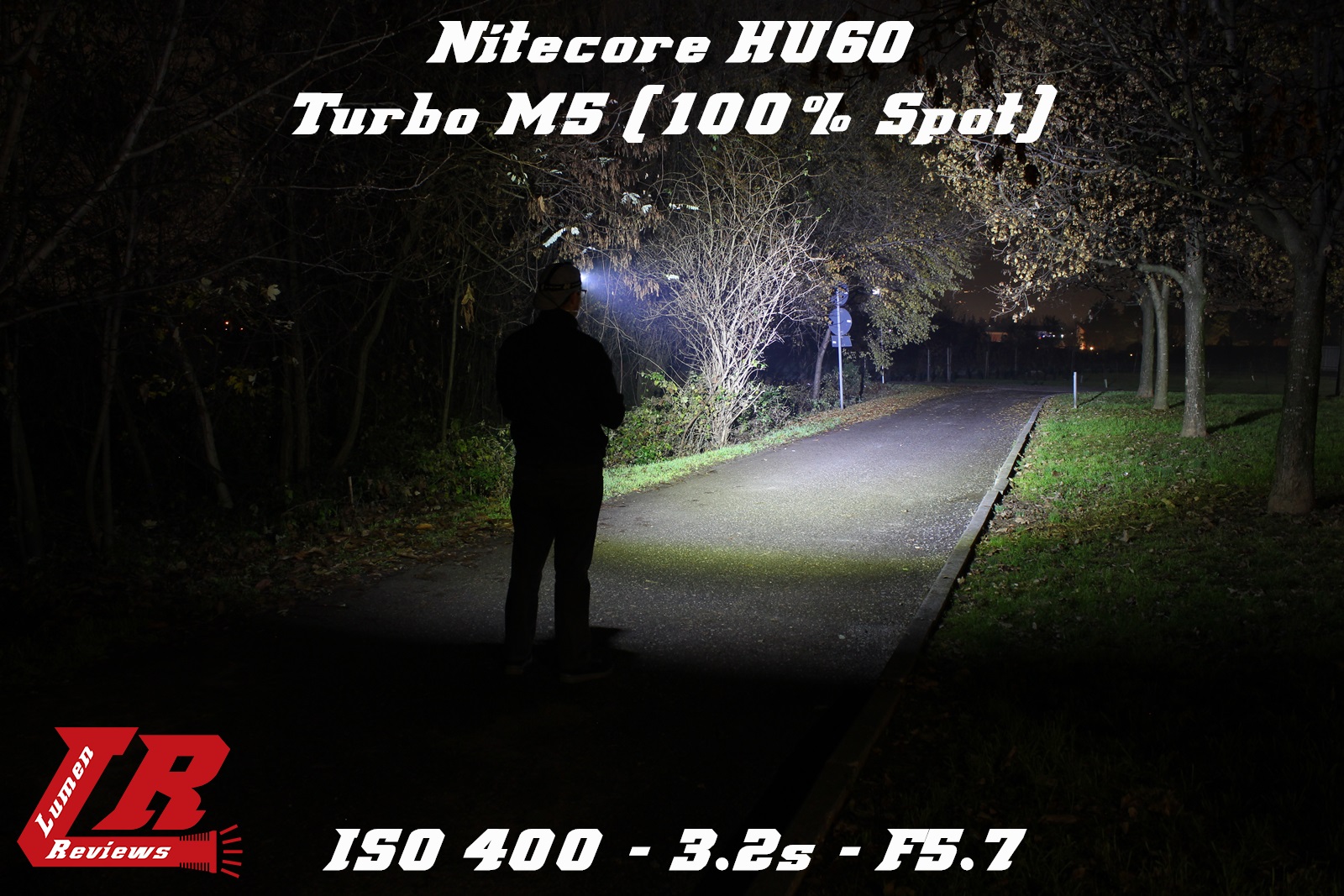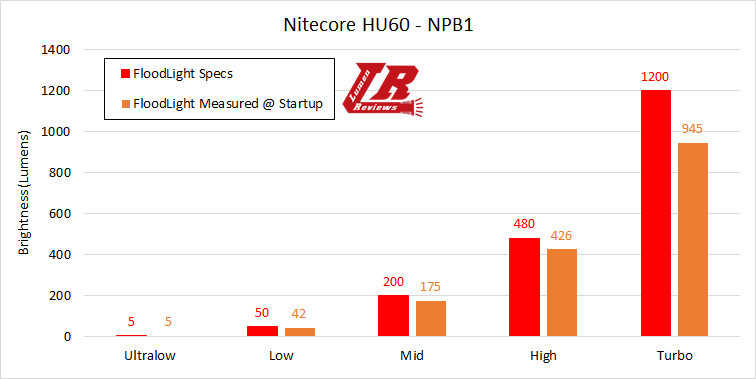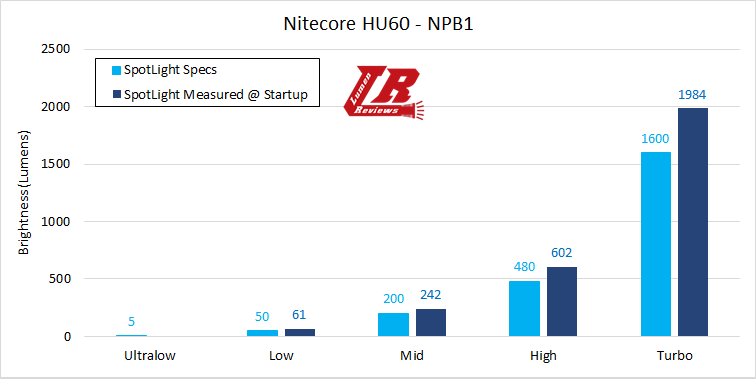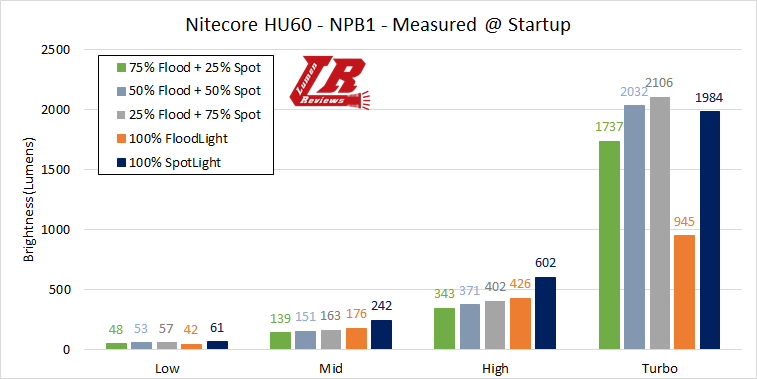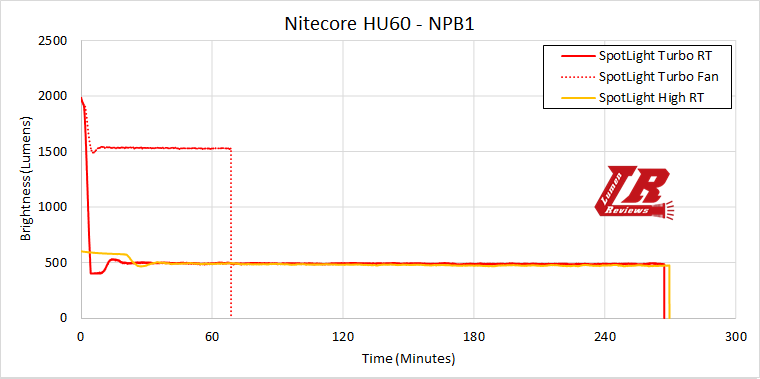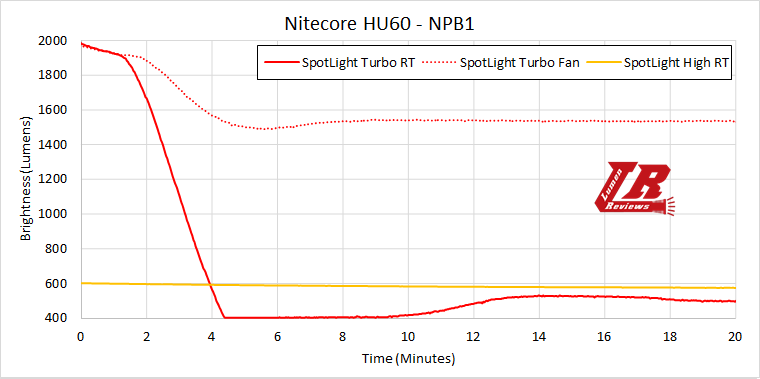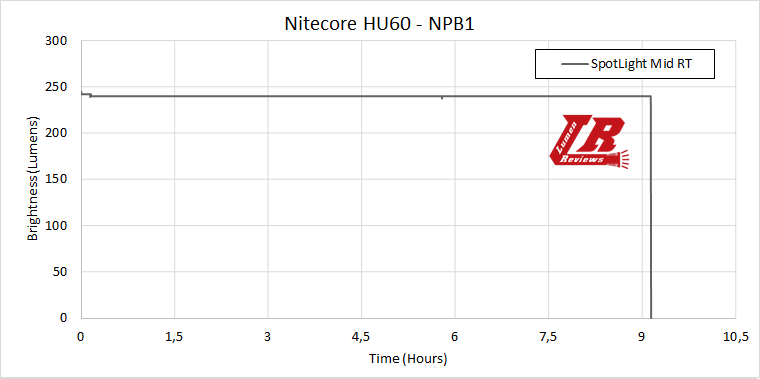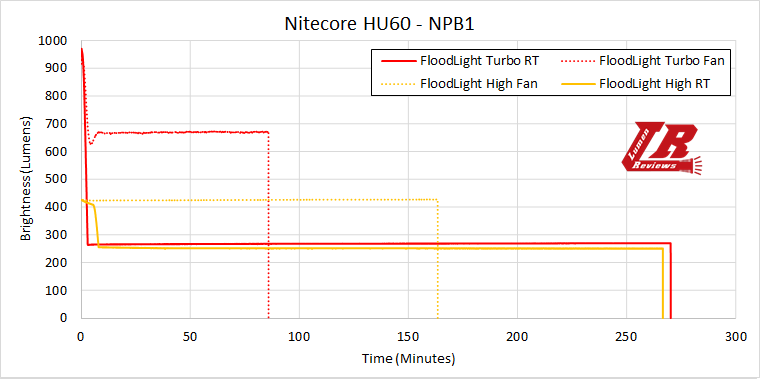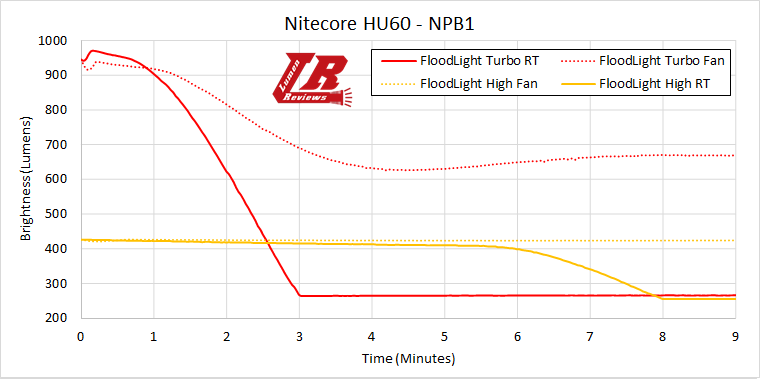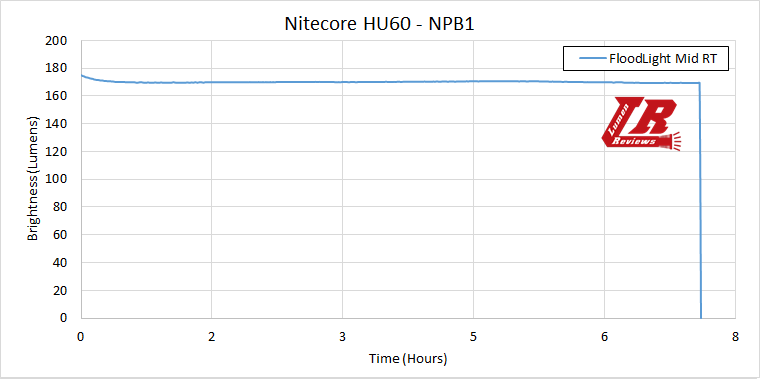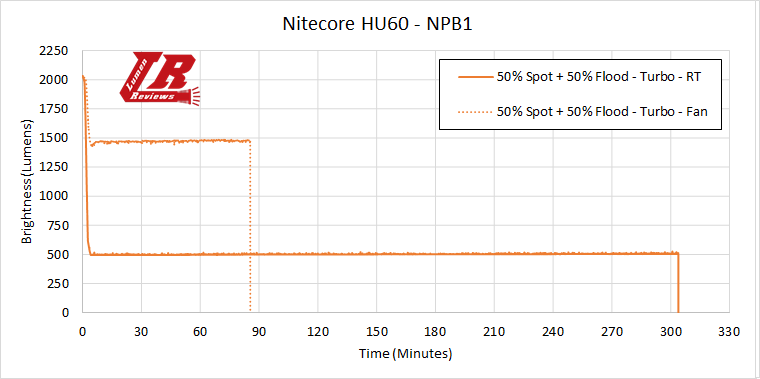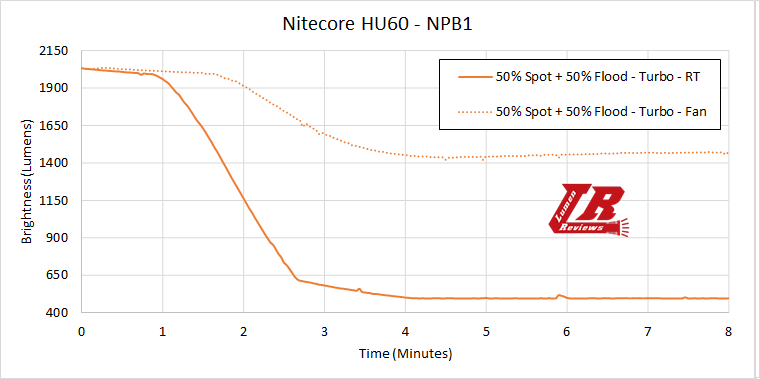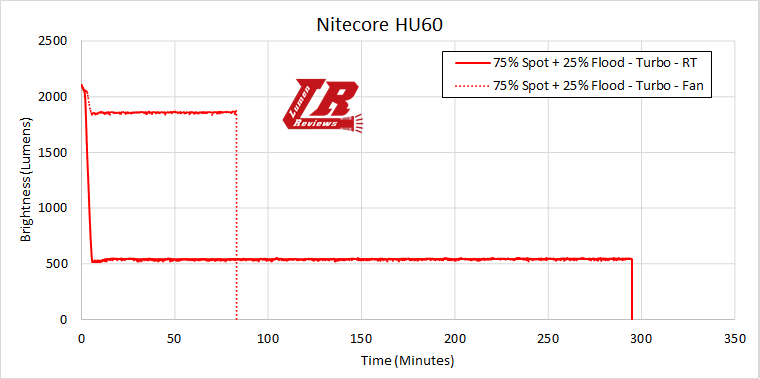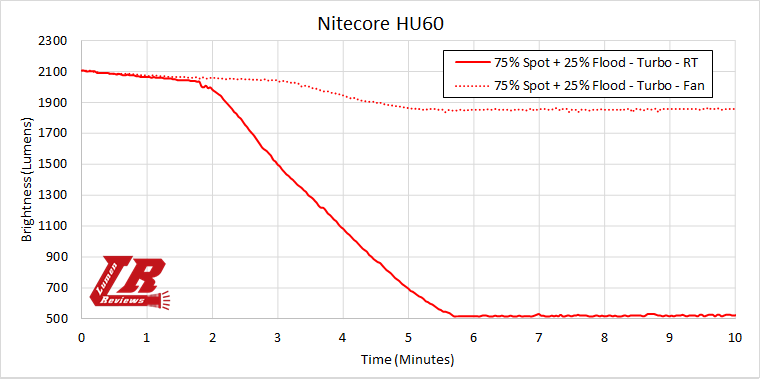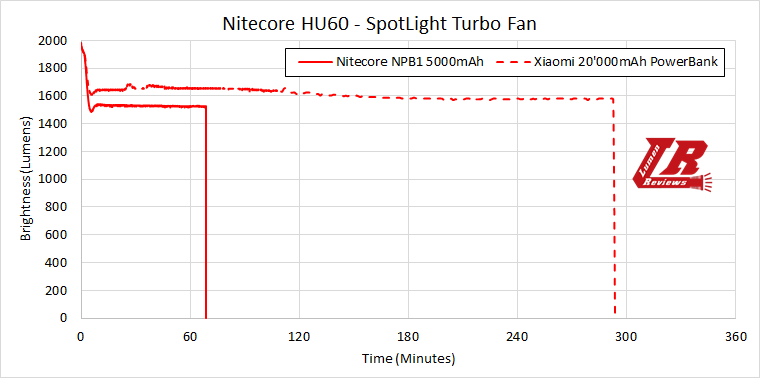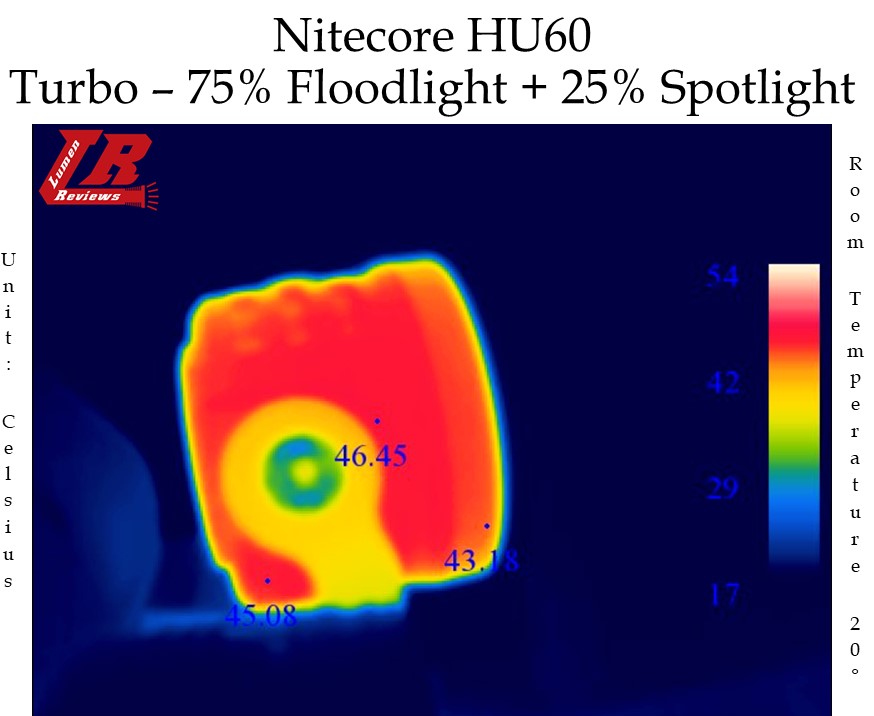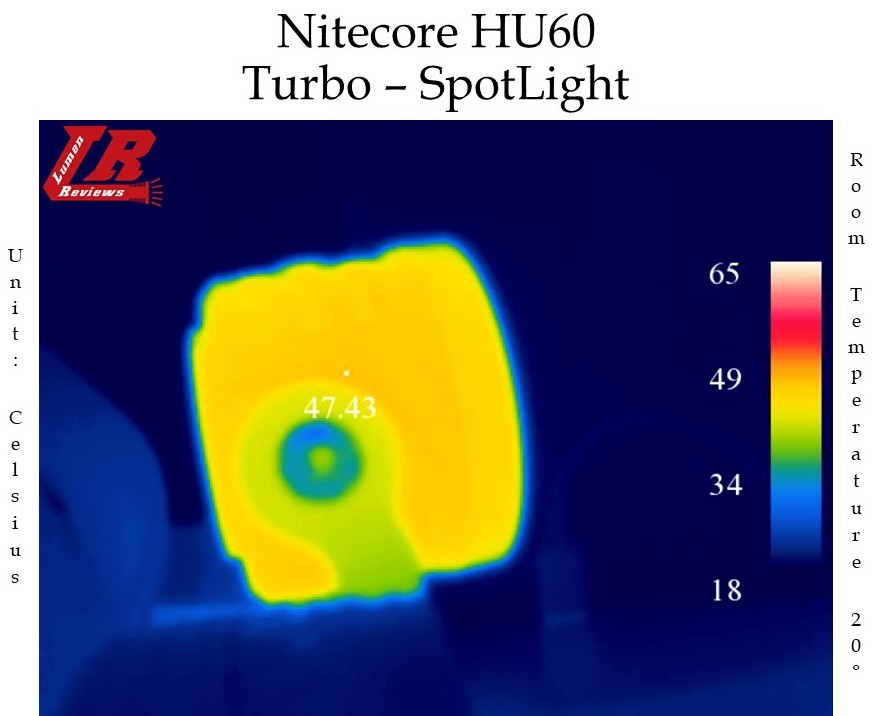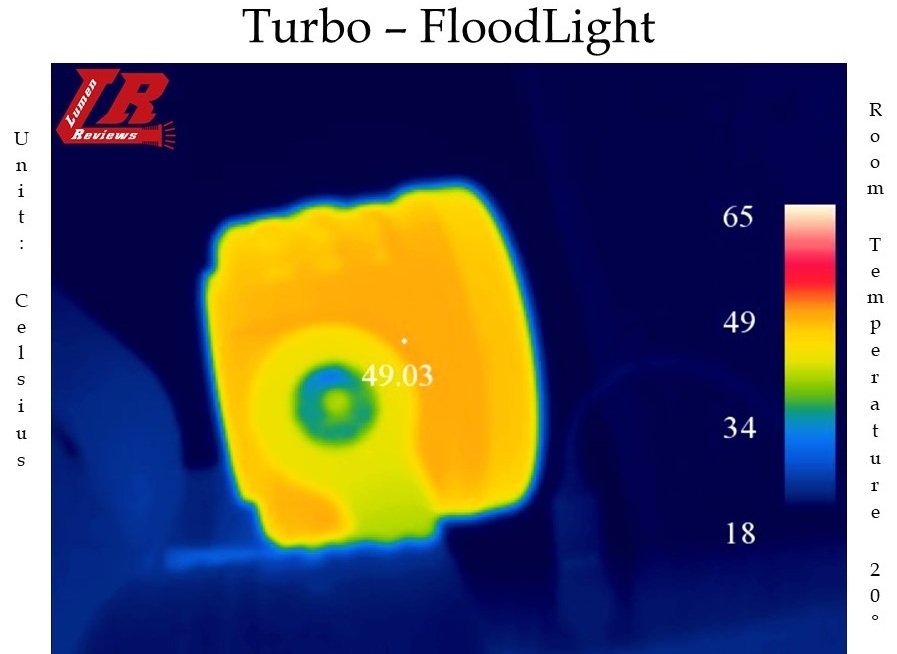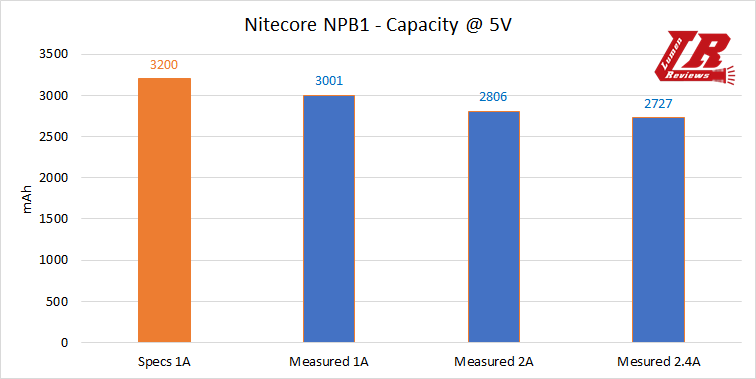Please note that this review is very long and rich in content.
It is possibly the longest I have ever done, so thank you for reading it.
I will divide it in several post in this threads for a better reading experience, and for better updating (some tests are still running and will be published as they are finished).
The HU60 was sent by Nitecore for the review.
The HU60 is a multi purpose multi beam headlamp, that is powered by USB. It features a XHP35HD emitter as a floodlight, combined with 4 XP-G3 S3 emitter in a TIR optic as a spotlight.
The light can be controlled via the electronic buttons on its body, or via the remote included.
Using the remote, or the switches, you can turn on only the floodlight or the throw one, or a combination of them at different levels.
With the HU60 I received the Nitecore NPB1, a 5000mAh 18w capable powerbank.
The HU60 comes in this box. I received the version that includes the Nitecore NPB1 powerbank.
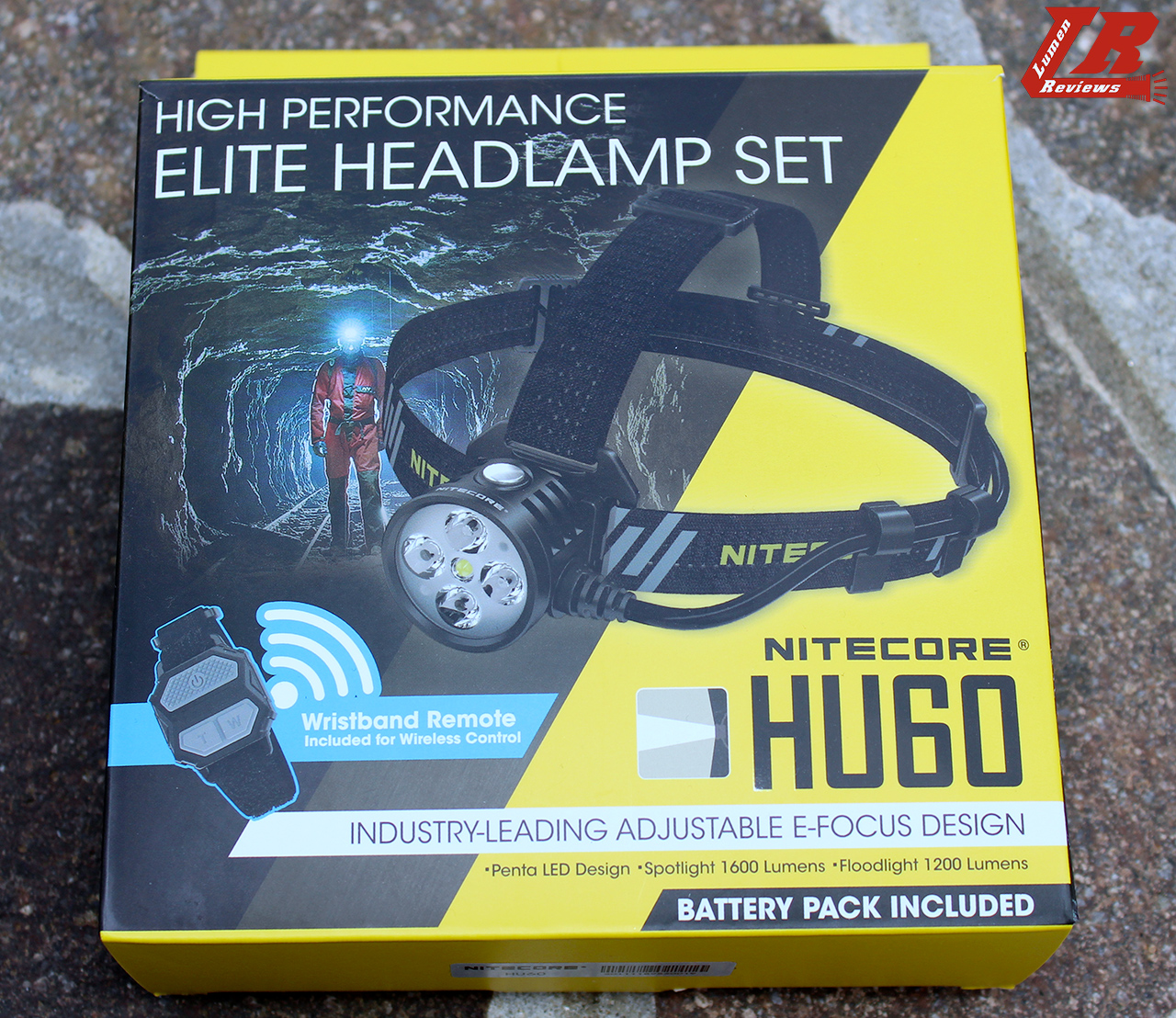
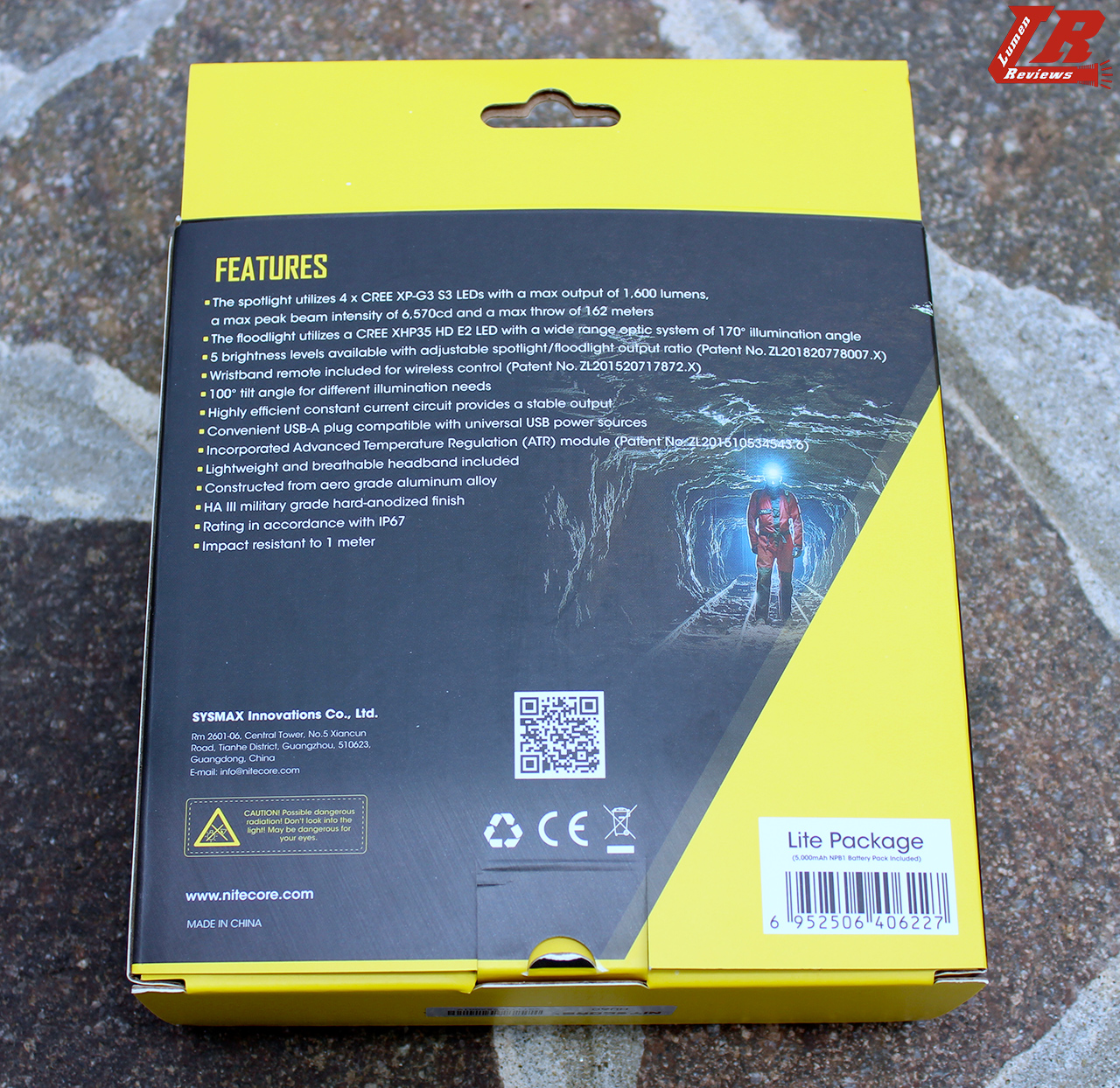
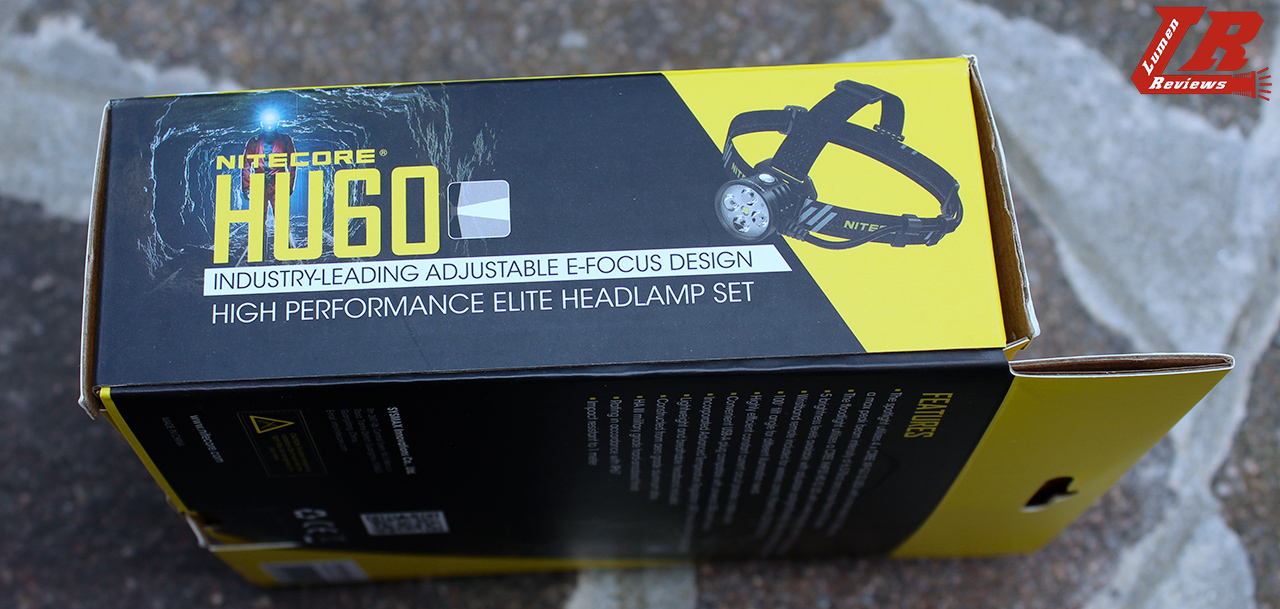
The HU60 comes with: headband support, micro USB cable, NPB1, powerbank connection support, remote, manual, warranty card.
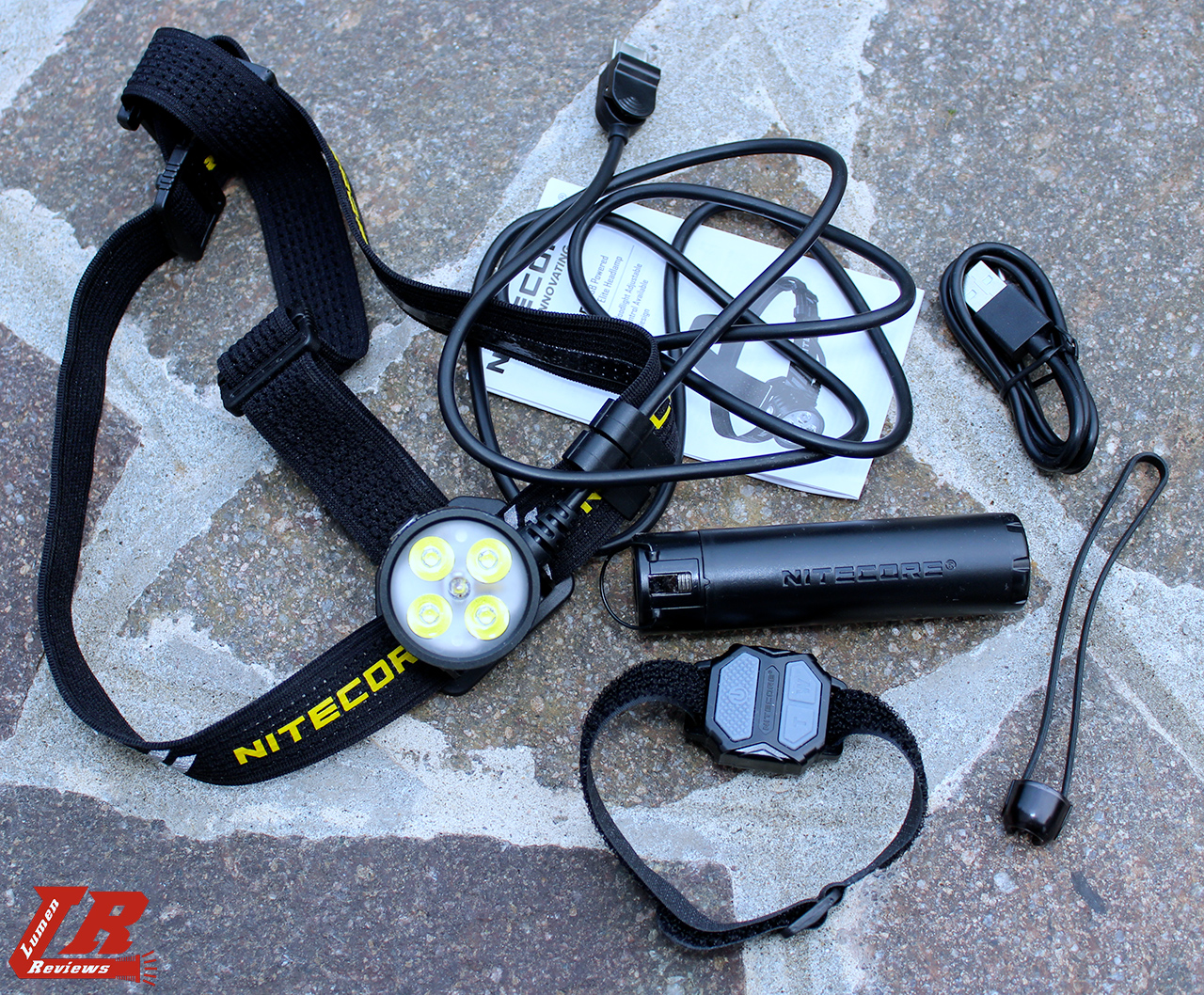
The HU60 is a circular headlamp made out of aluminum. On the outside of the light, there are the 4 XP-G3 S3 emitters in TIR optic that produce a focused beam, and in the center, a XHP35HD emitter for the flood beam. The light is rated IP67. The HU60 body is 40 wide and 43 mn thick, and with the headband it weights 150 grams. The length of the cable is 140 cm.
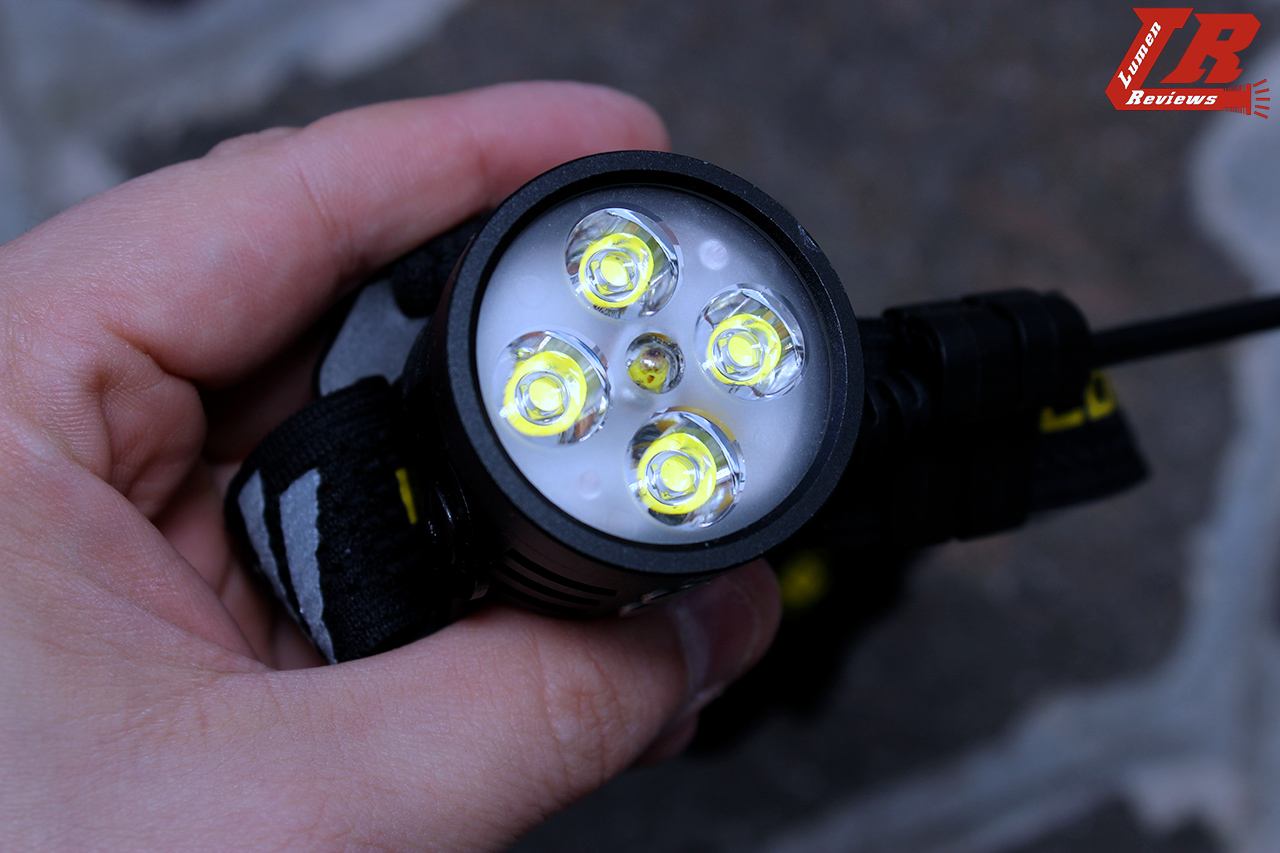
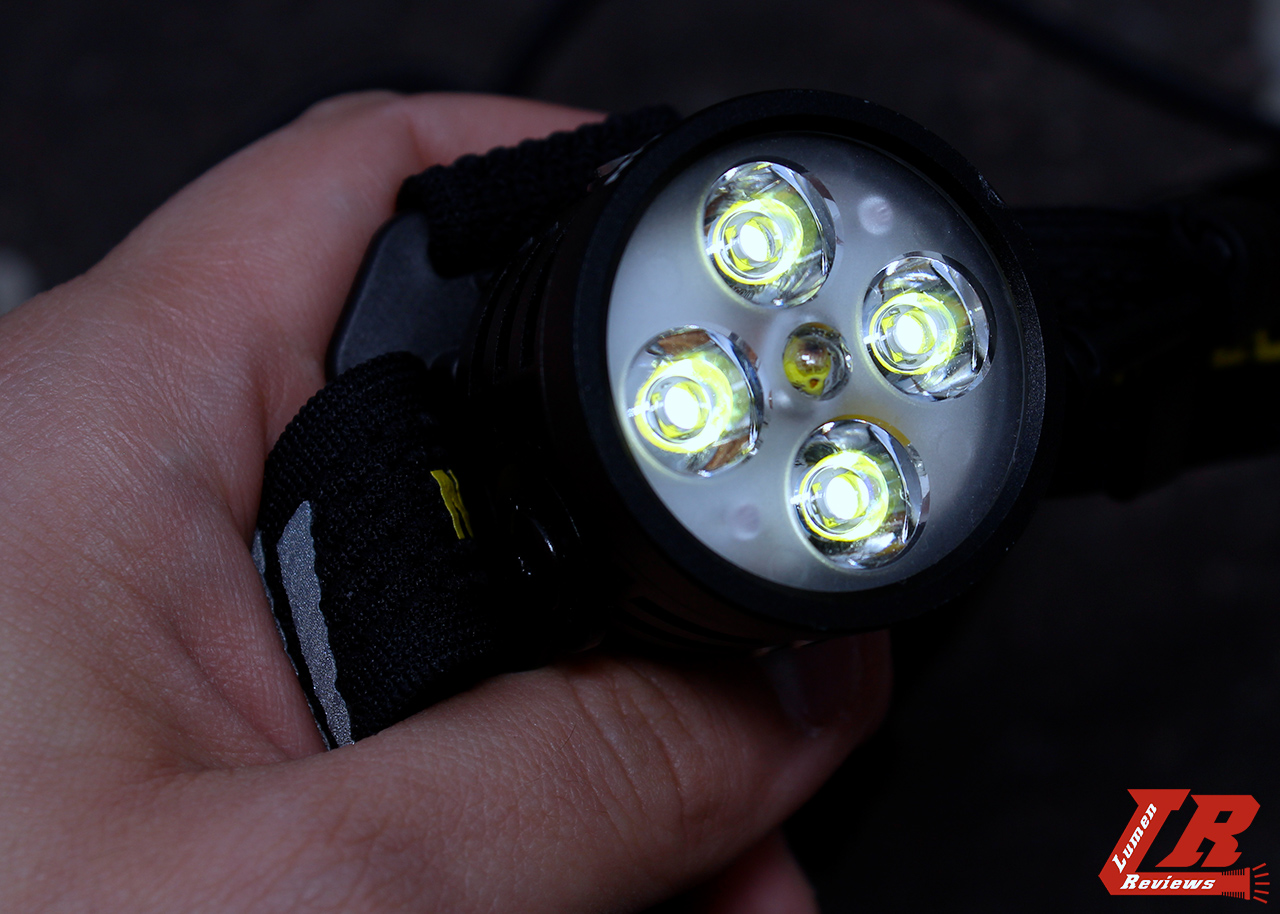
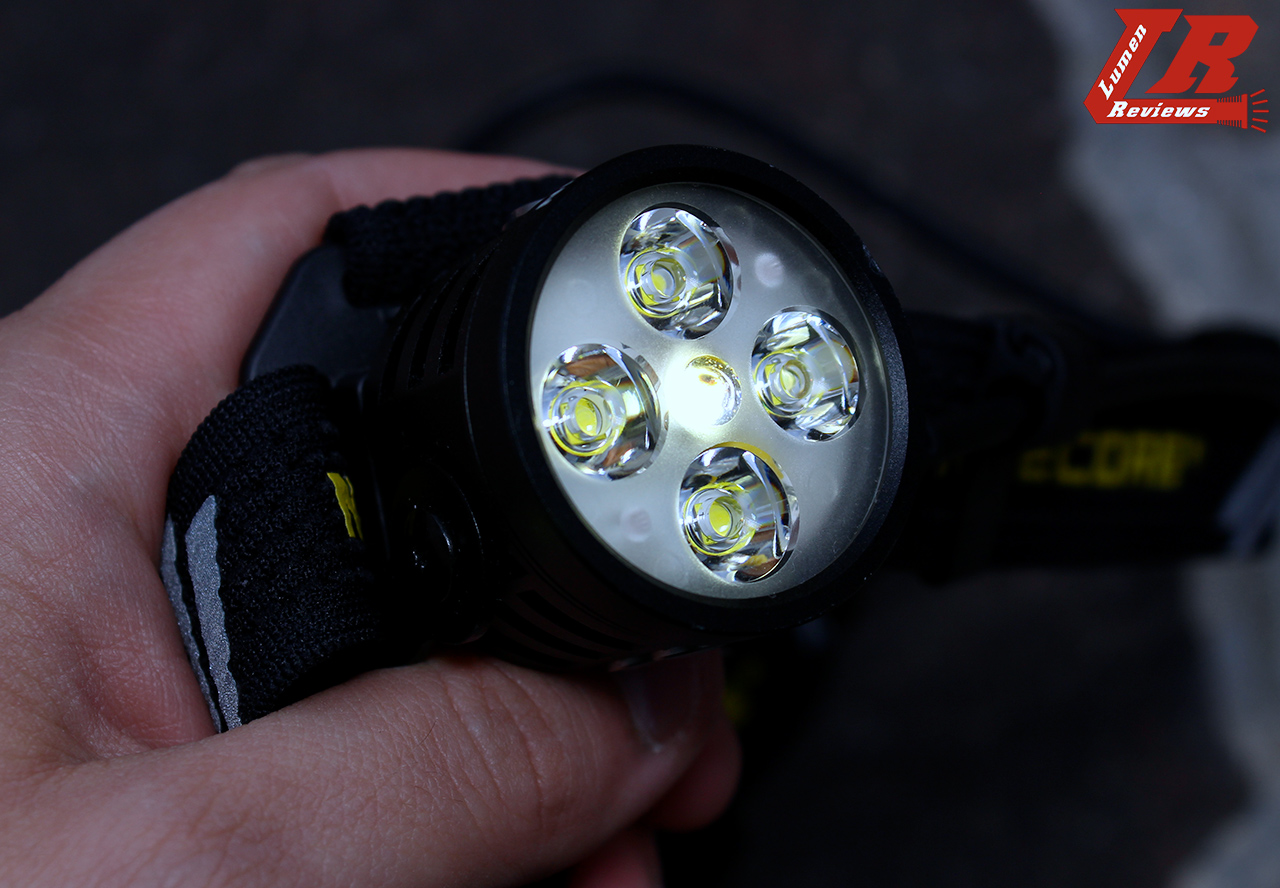
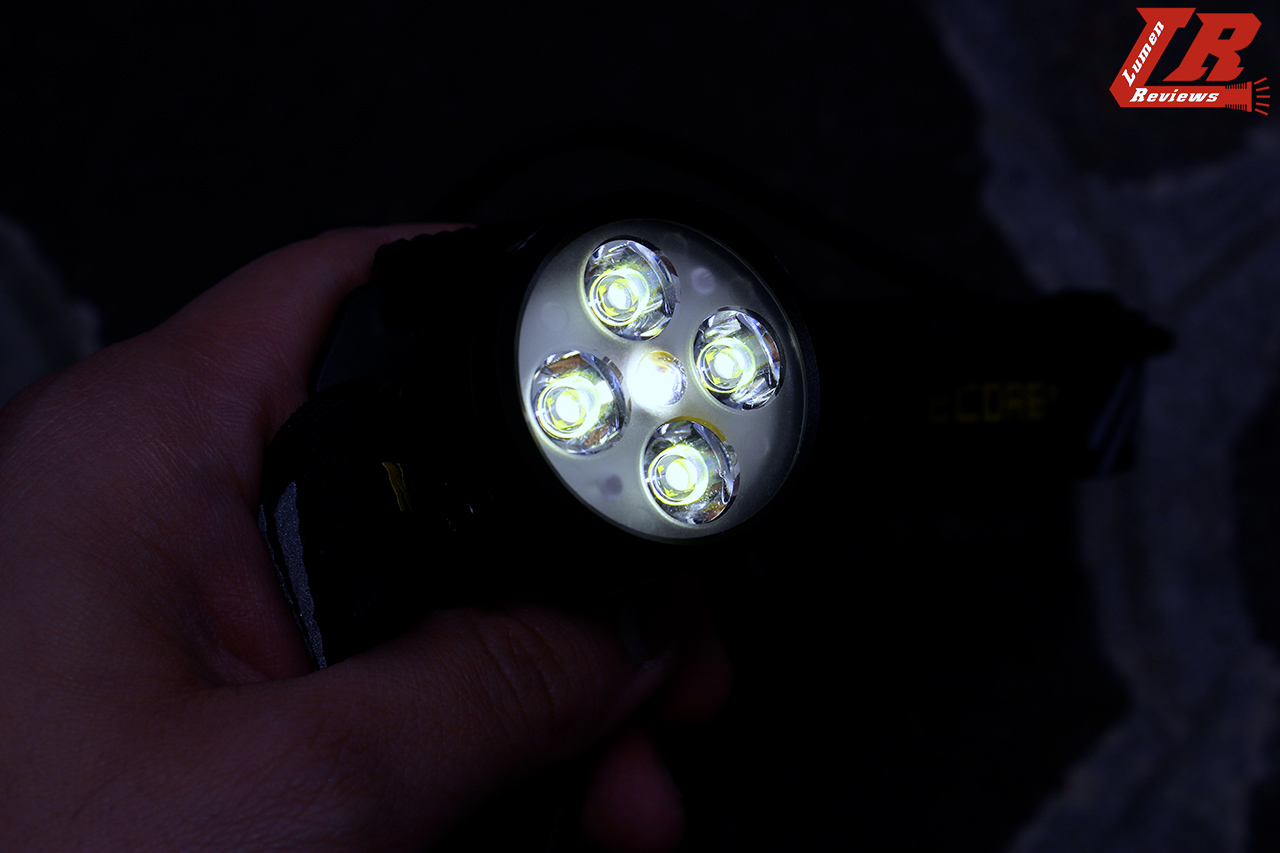
The HU60 has 3 electronic switches on it. One on the top, that has a blue backlit, and allows to turn the light on and off and pass throught the levels.
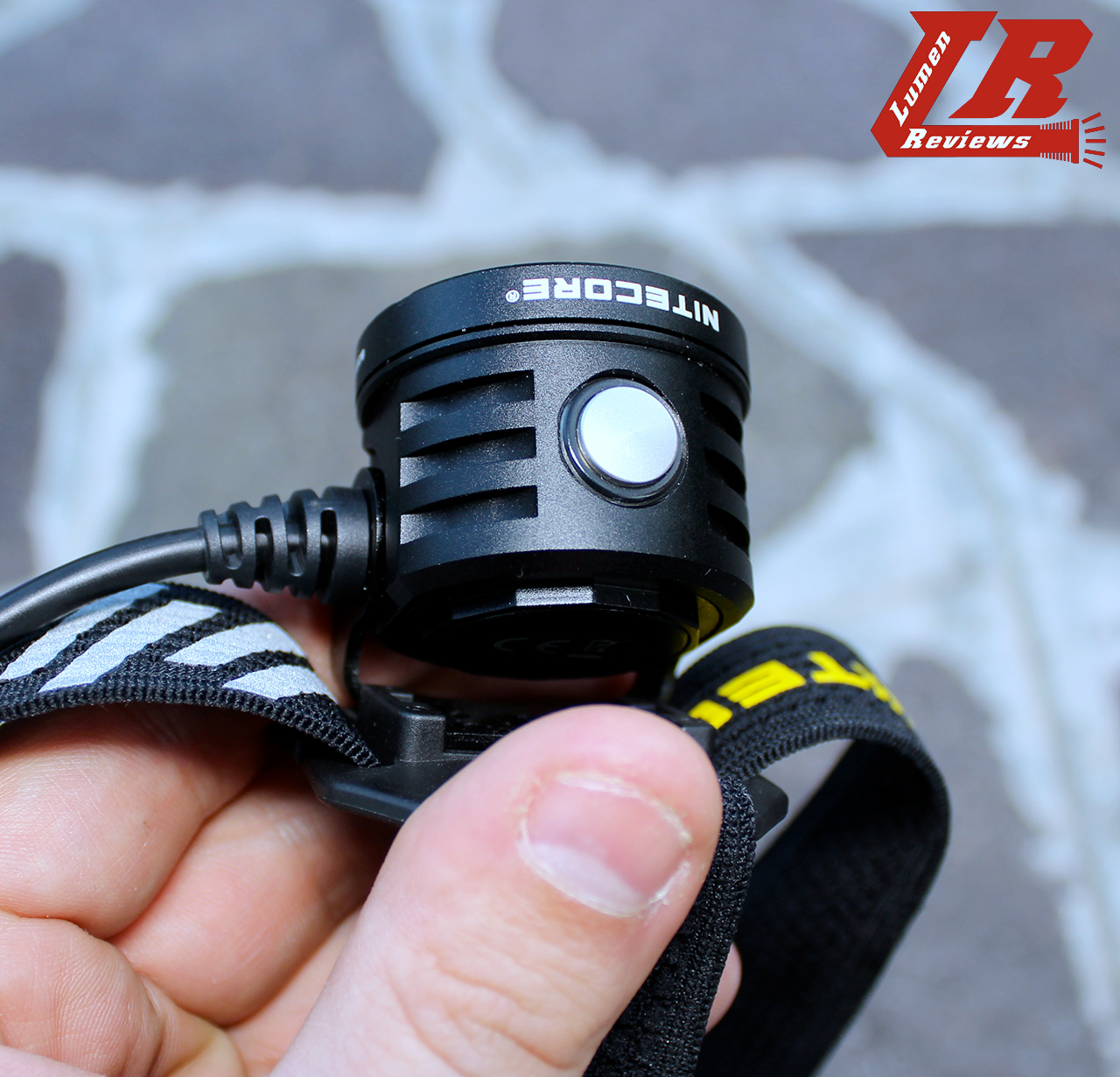
On the bottom there are other 2 electronic switches that allow to control the flood and throw beams.
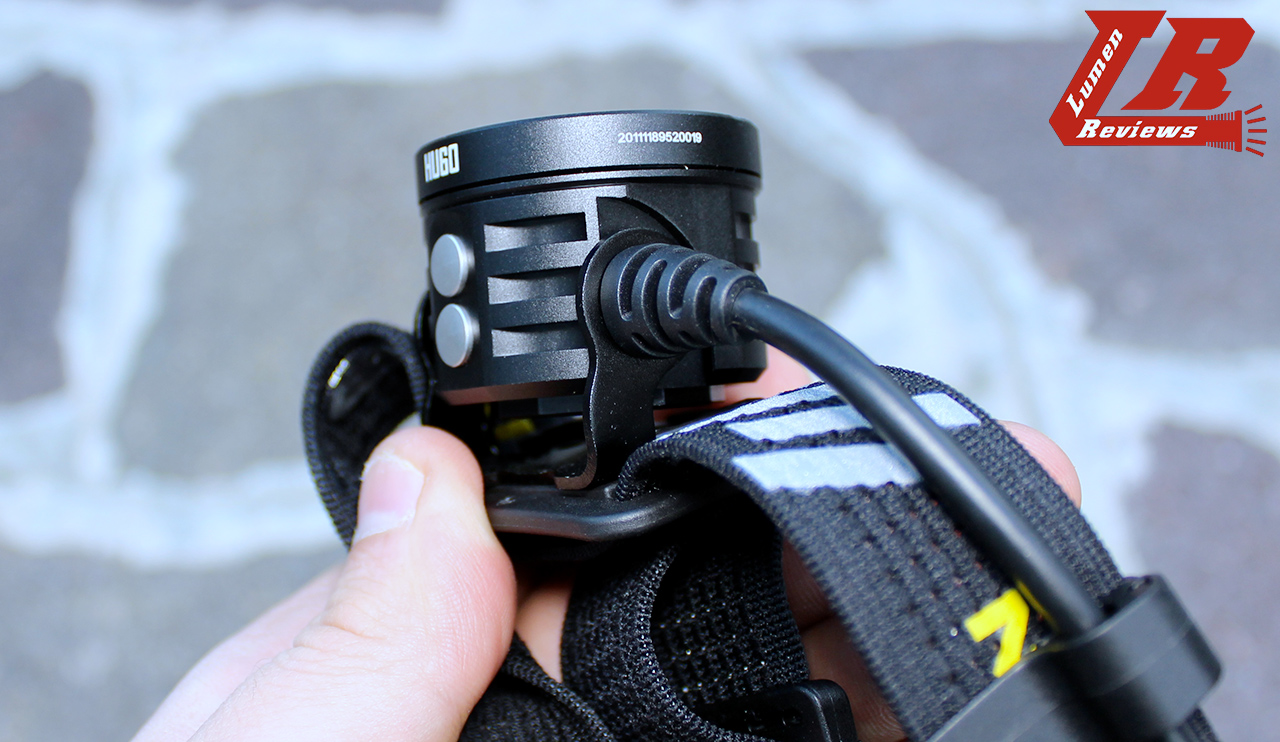
The headband mount is made out of metal and plastic, and has quite a bit of resistance when tilting the light.
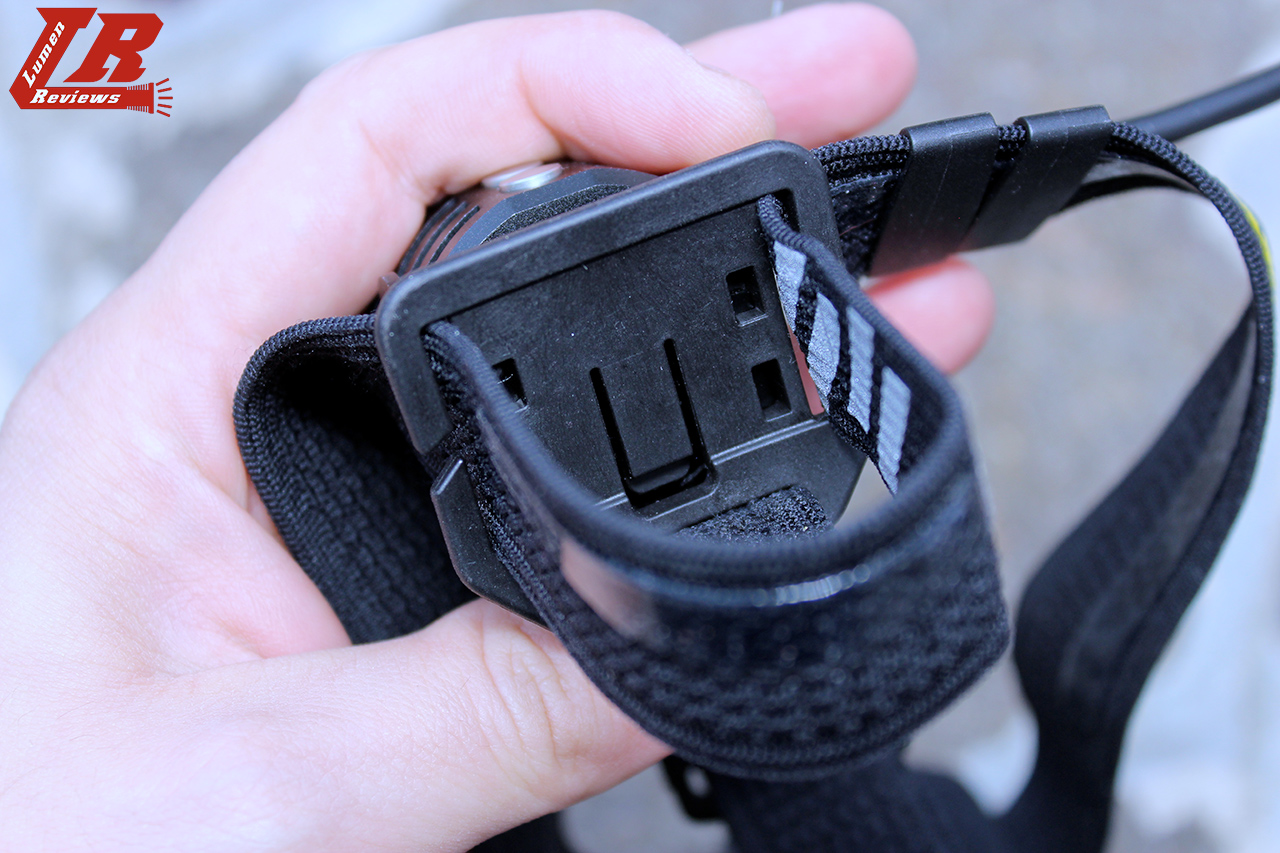
On the other side of the HU60, the USB power cable exits from the body, and is secured to the headband mount thanks to these 2 plastic clips.
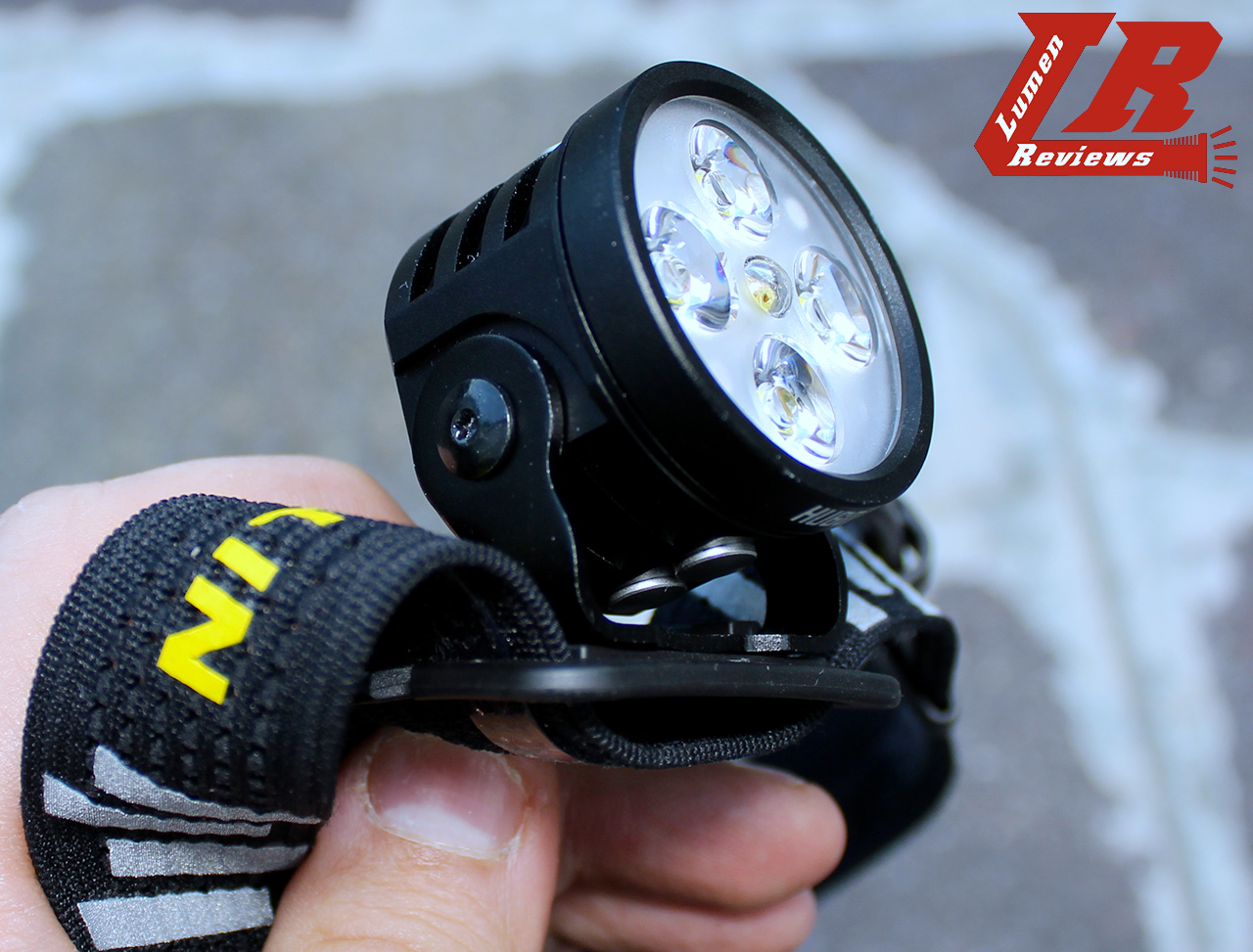
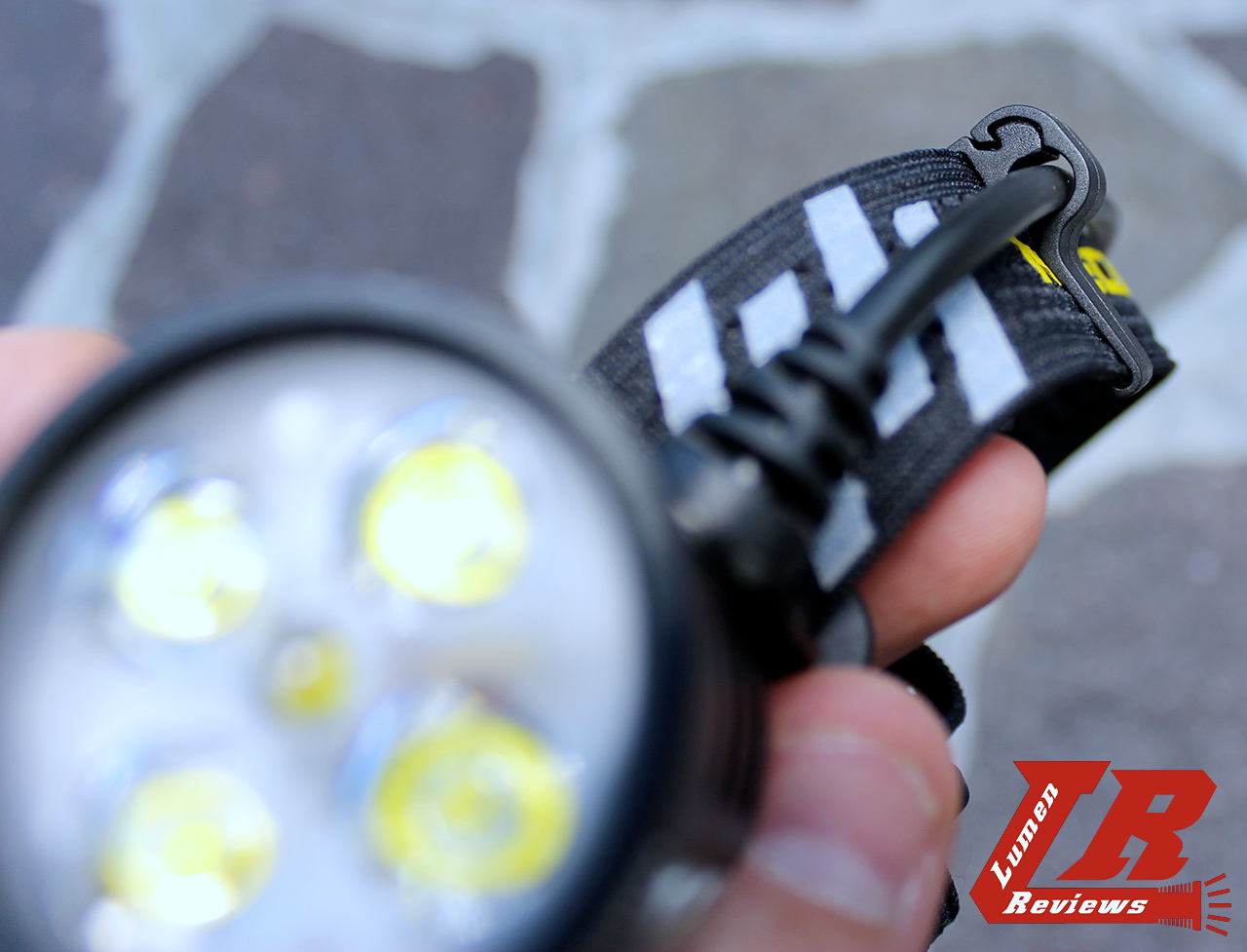
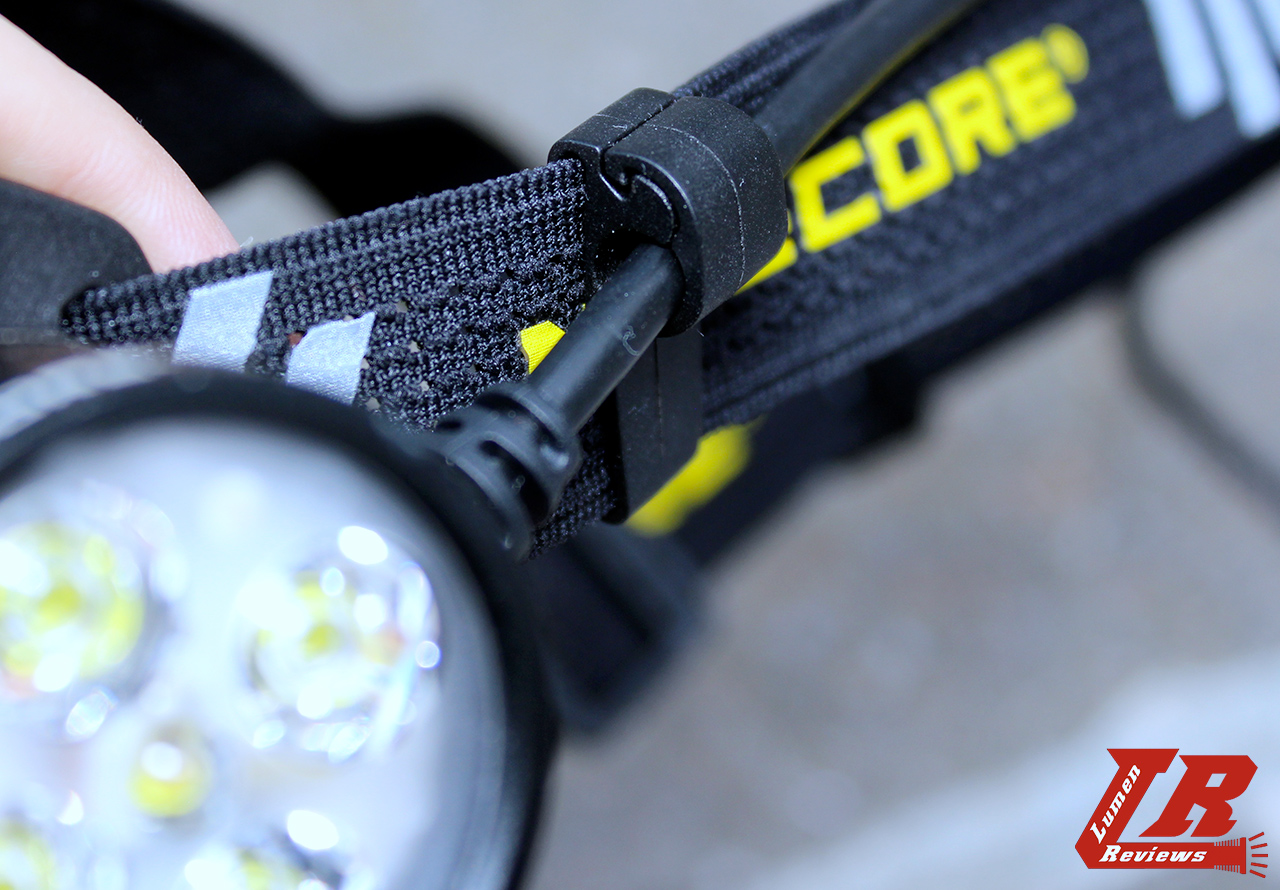
The USB cable is quite thick and flexible. It ends on a USB-A male port that also has a sort of alligator clip on it. The "alligator clip" is used to have a more secure physical connection with the Nitecore Powerbanks. When in use with a non Nitecore powerbank, the USB cable of the HU60 still works perfectly.
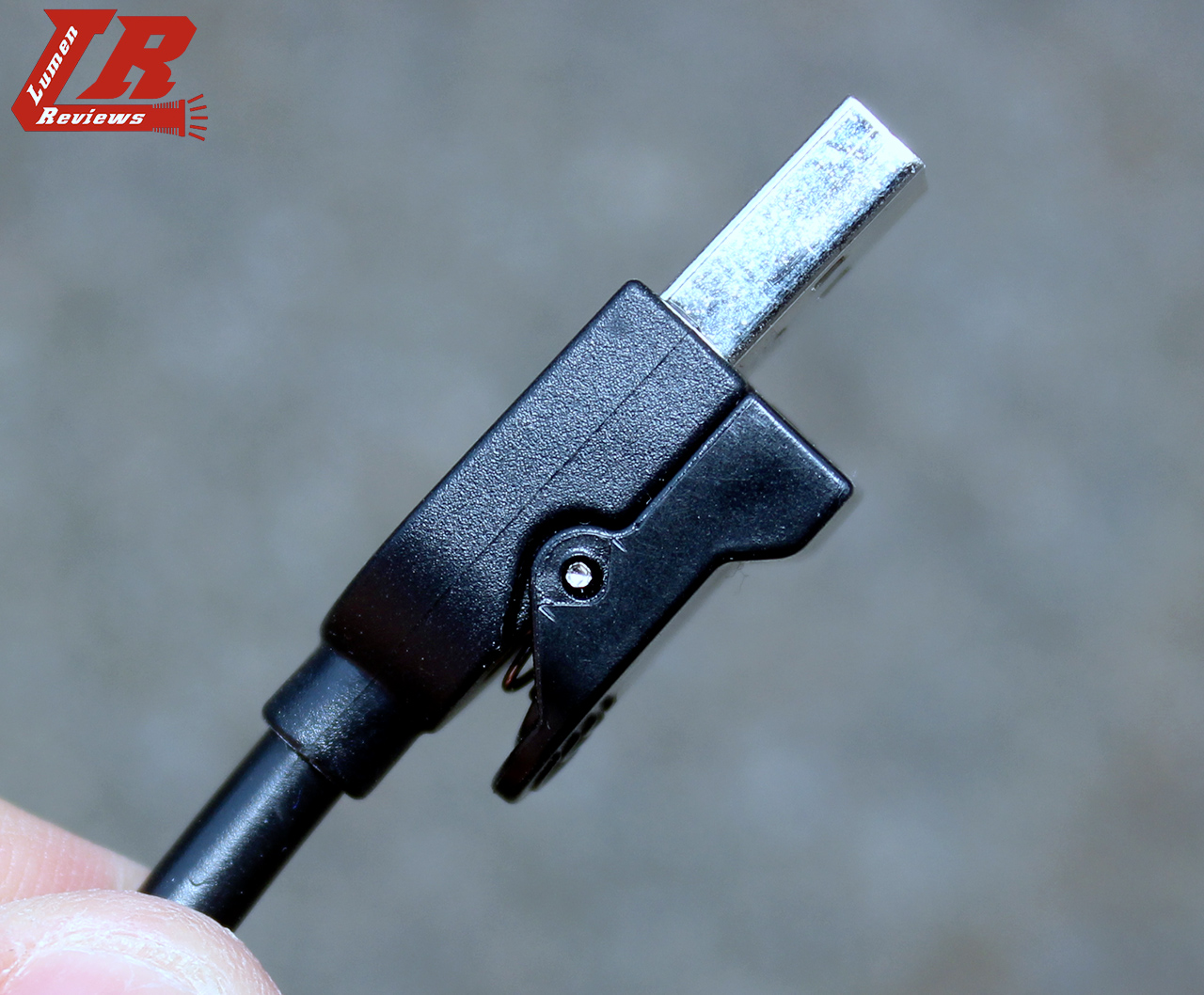
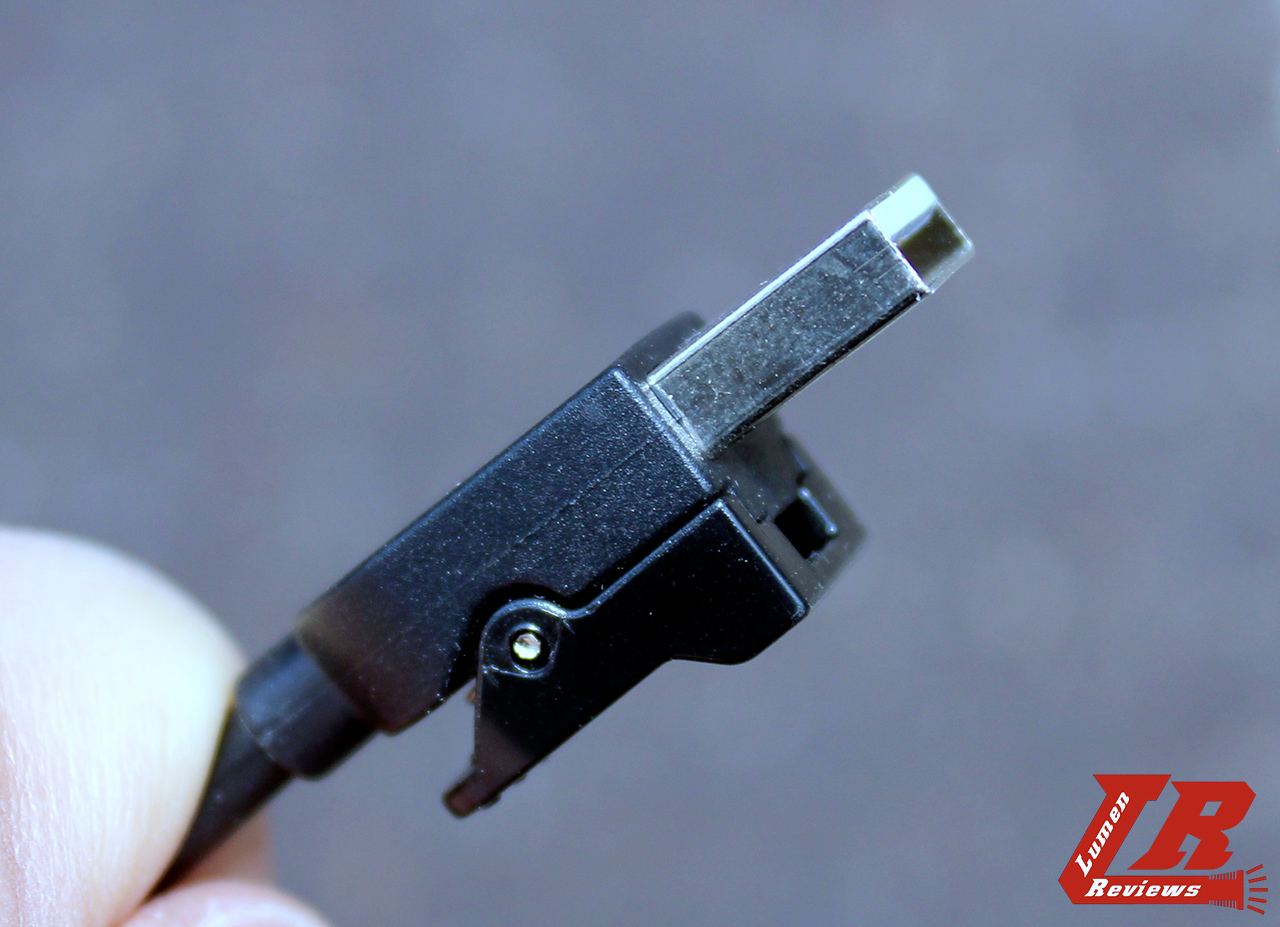
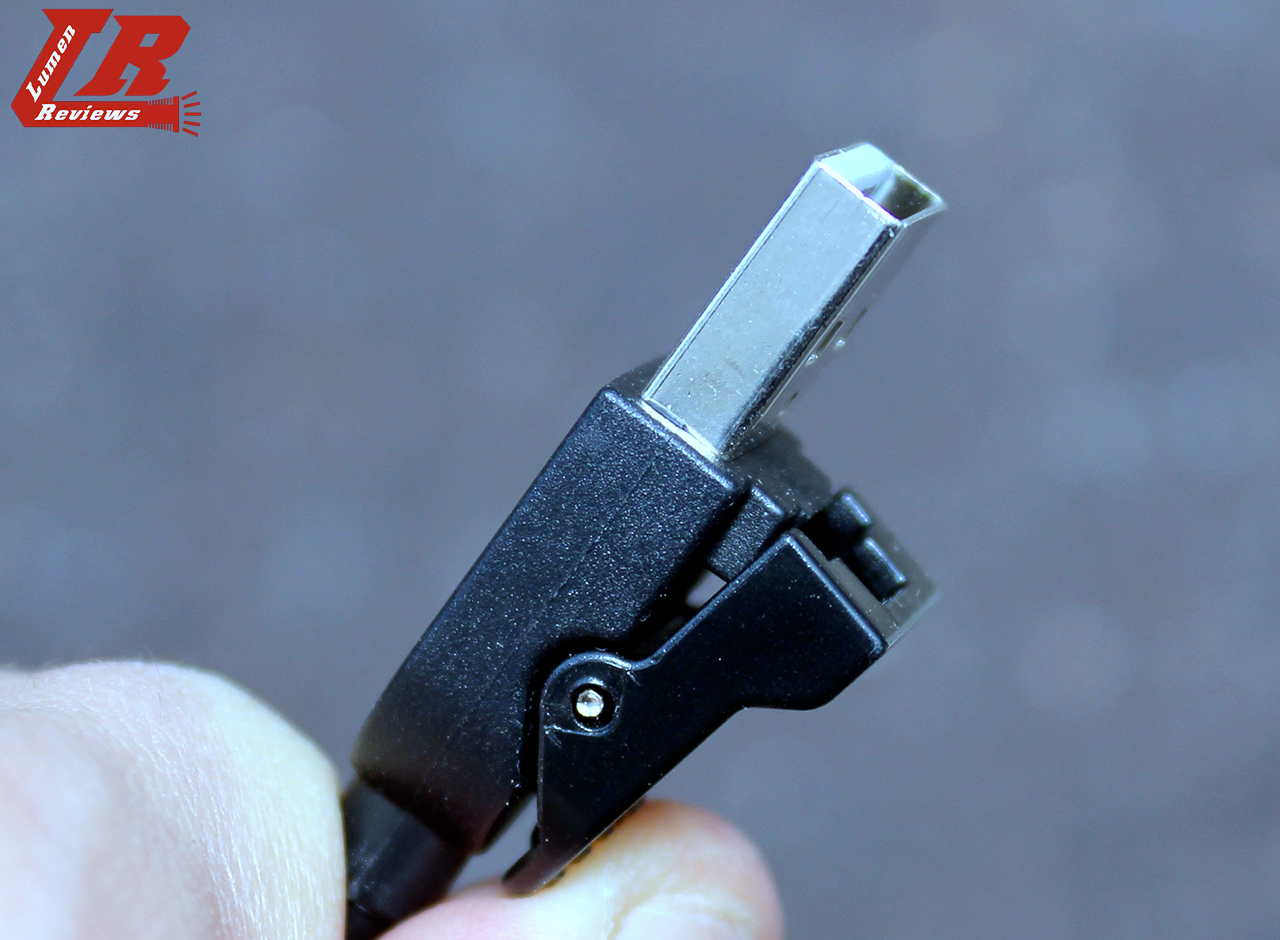
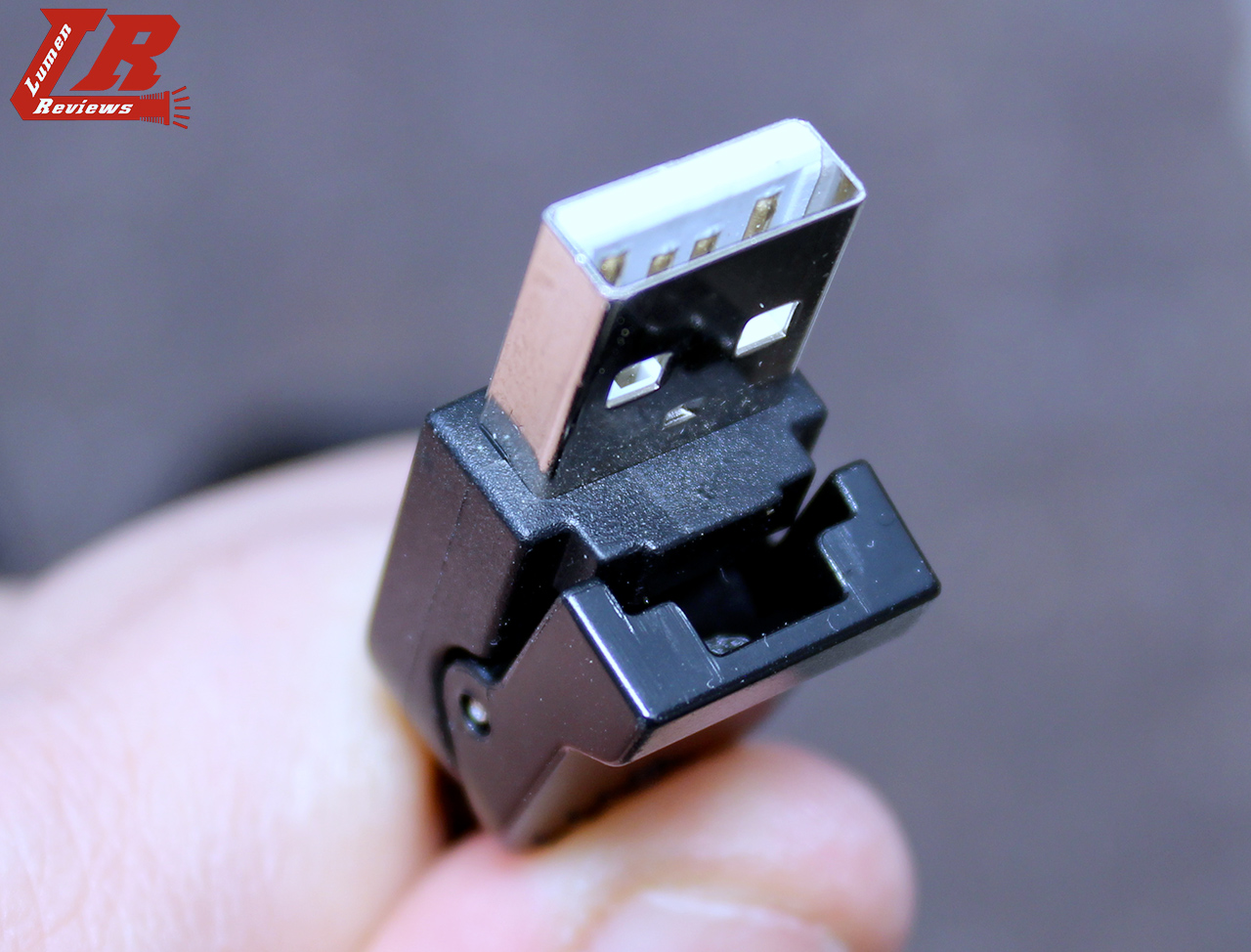
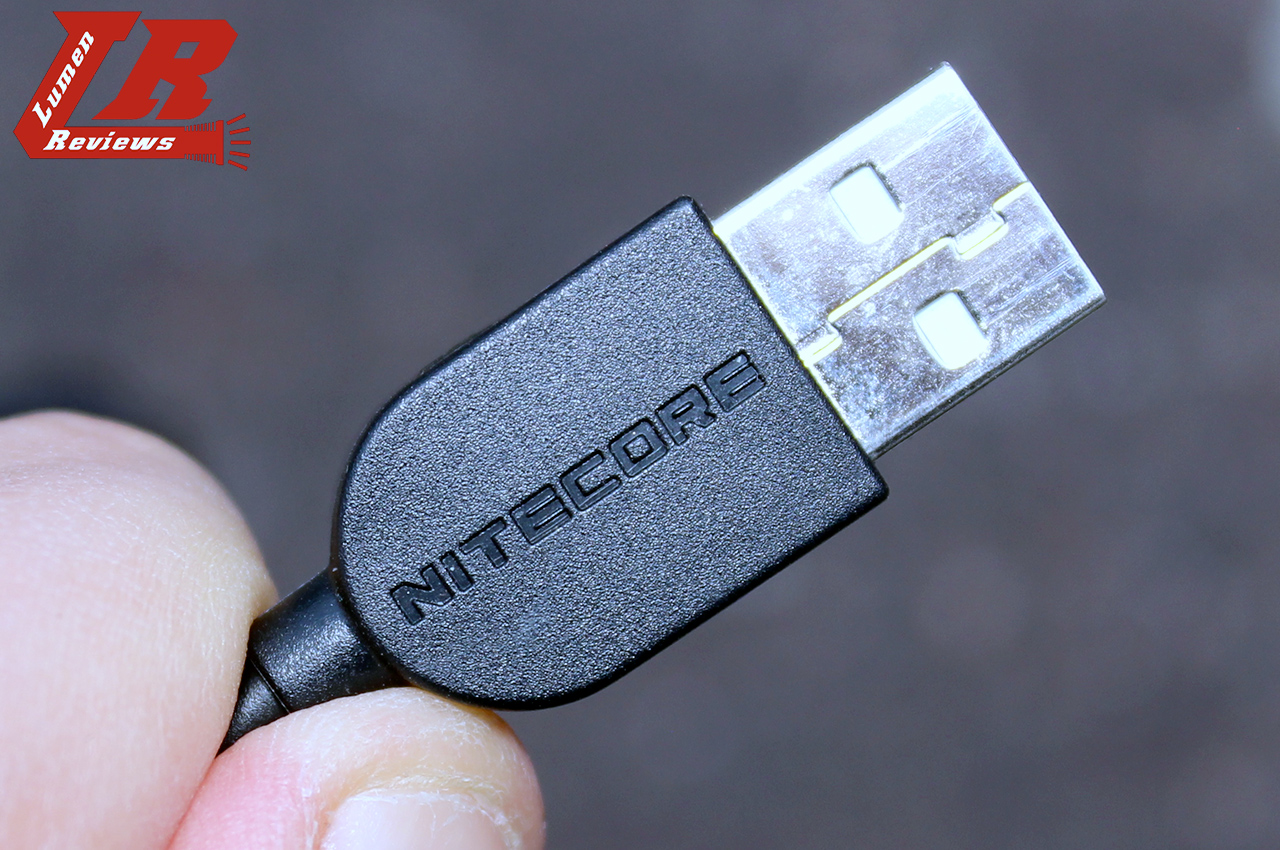
The HU60 can be run on any USB power supply (including all the powerbanks that feature a USB-A Female port), but here is Nitecore Own powerbank: the NPB1, a micro USB in, USB-A output powered by a 21700 battery 5000mAh capacity (with a rated output at 5v of 3200mAh), able to output both 5V and 9V. It weights 106 grams, and it measures 26x101mm.
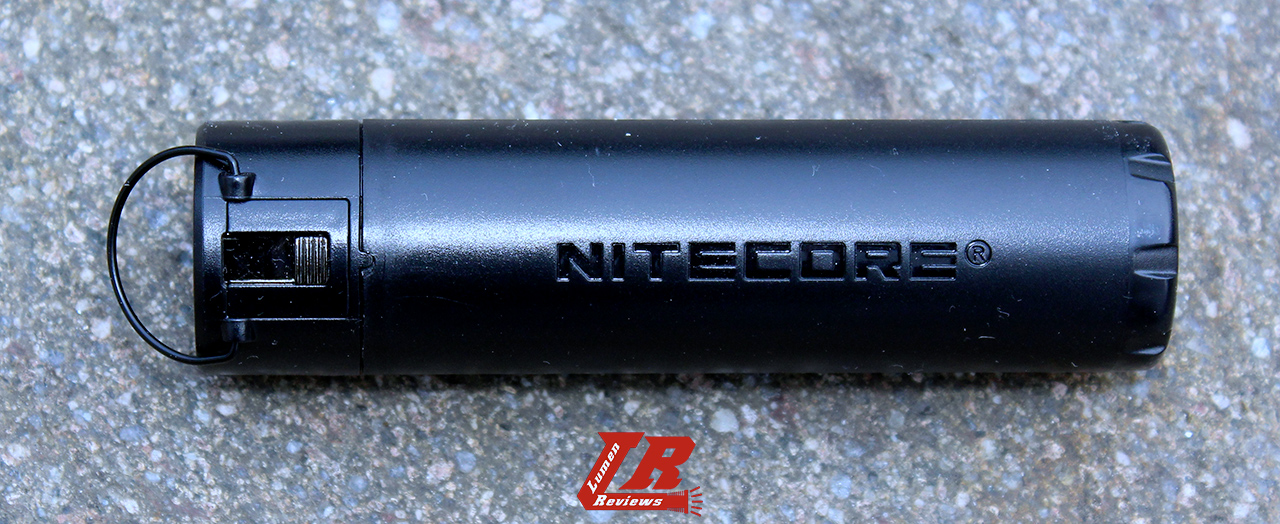

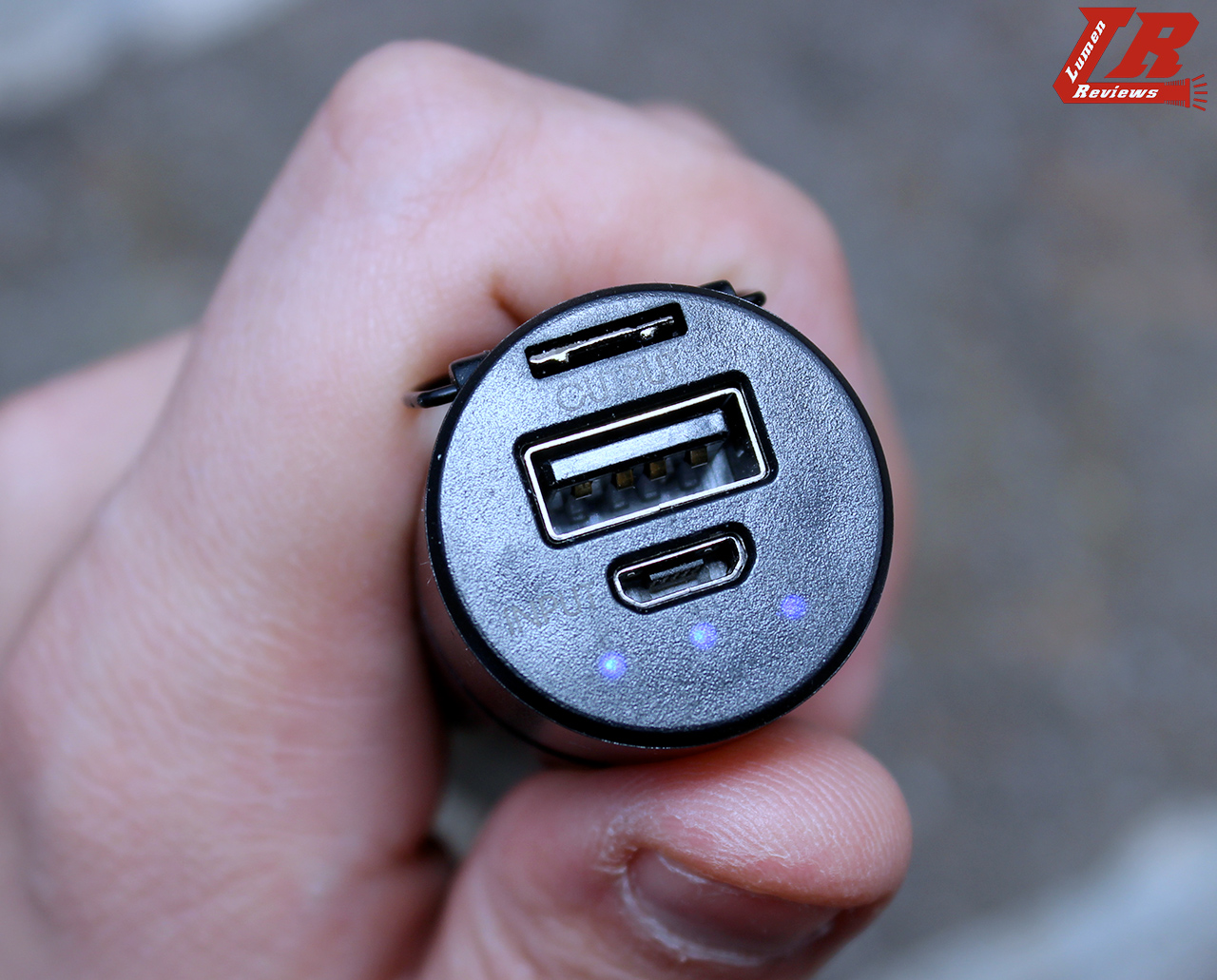



It features a IP68 construction with the specs on it, plastic body, metal D ring and an anchor point for the HU60.
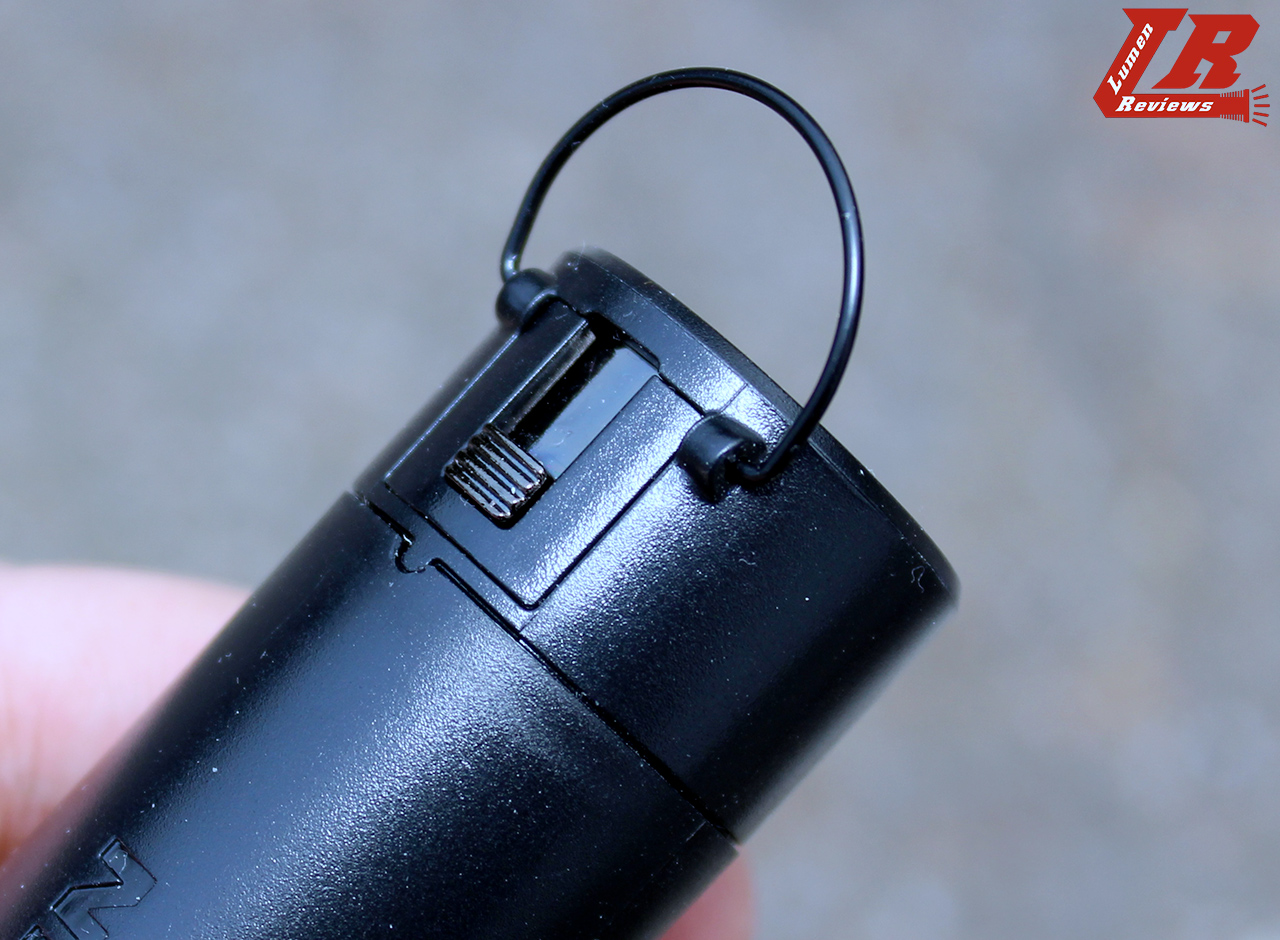
It has a 3 dot meter to indicate its charge, and is turned on by a swipe on the side.
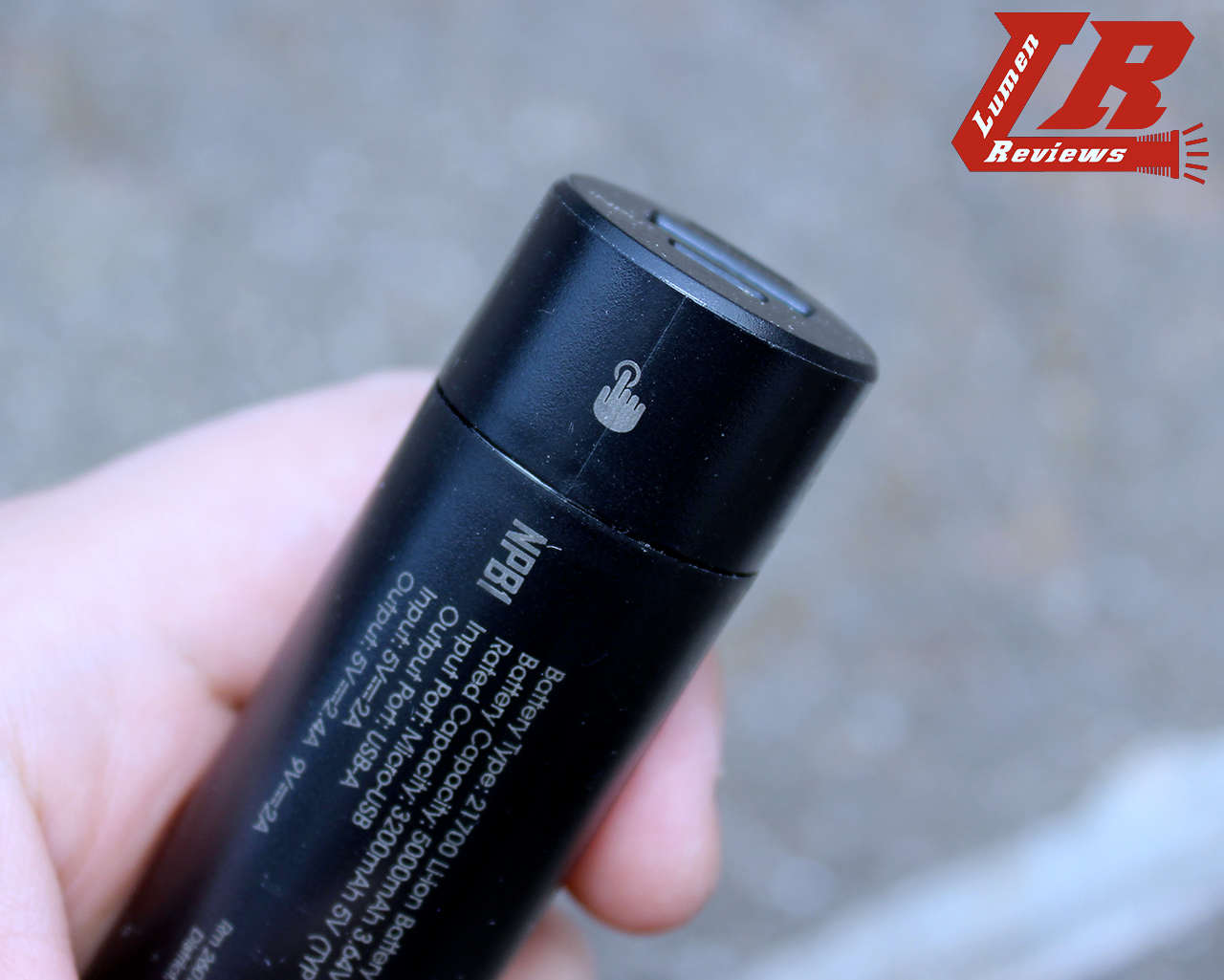
Here you can see the detail of the anchor point, that protrudes from the body of the NPB1 when desired, allowing for a much more secure connection to the HU60.
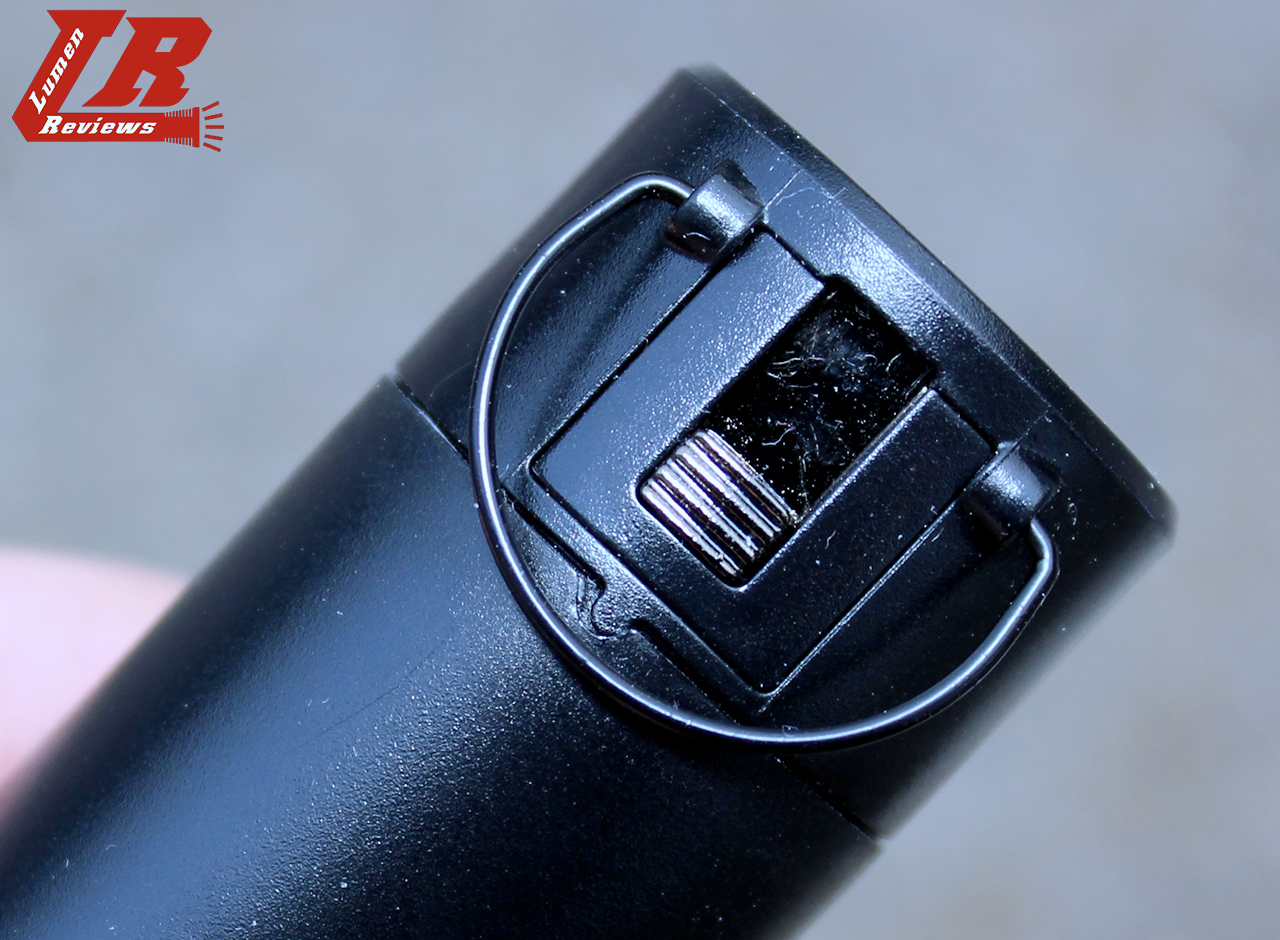
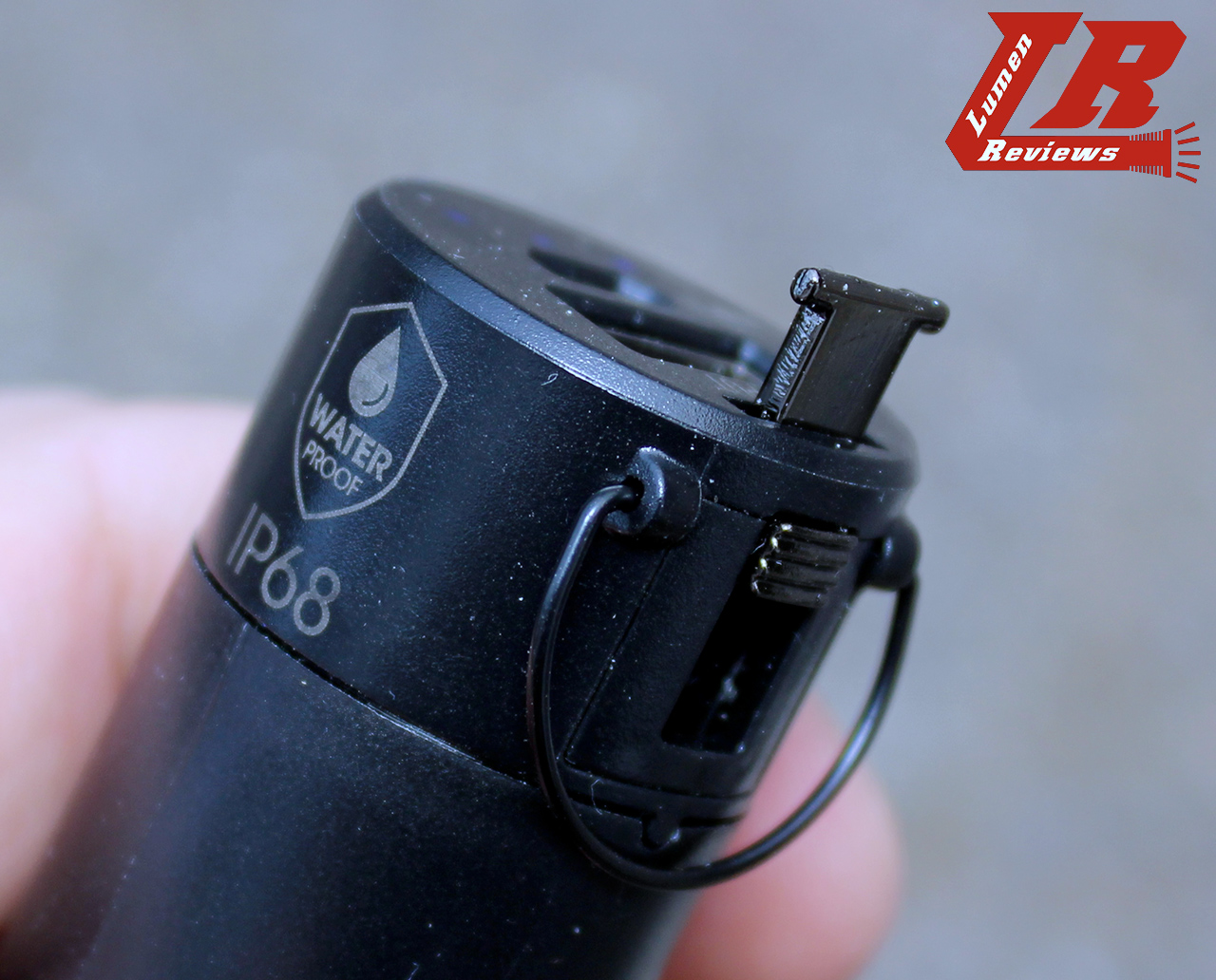
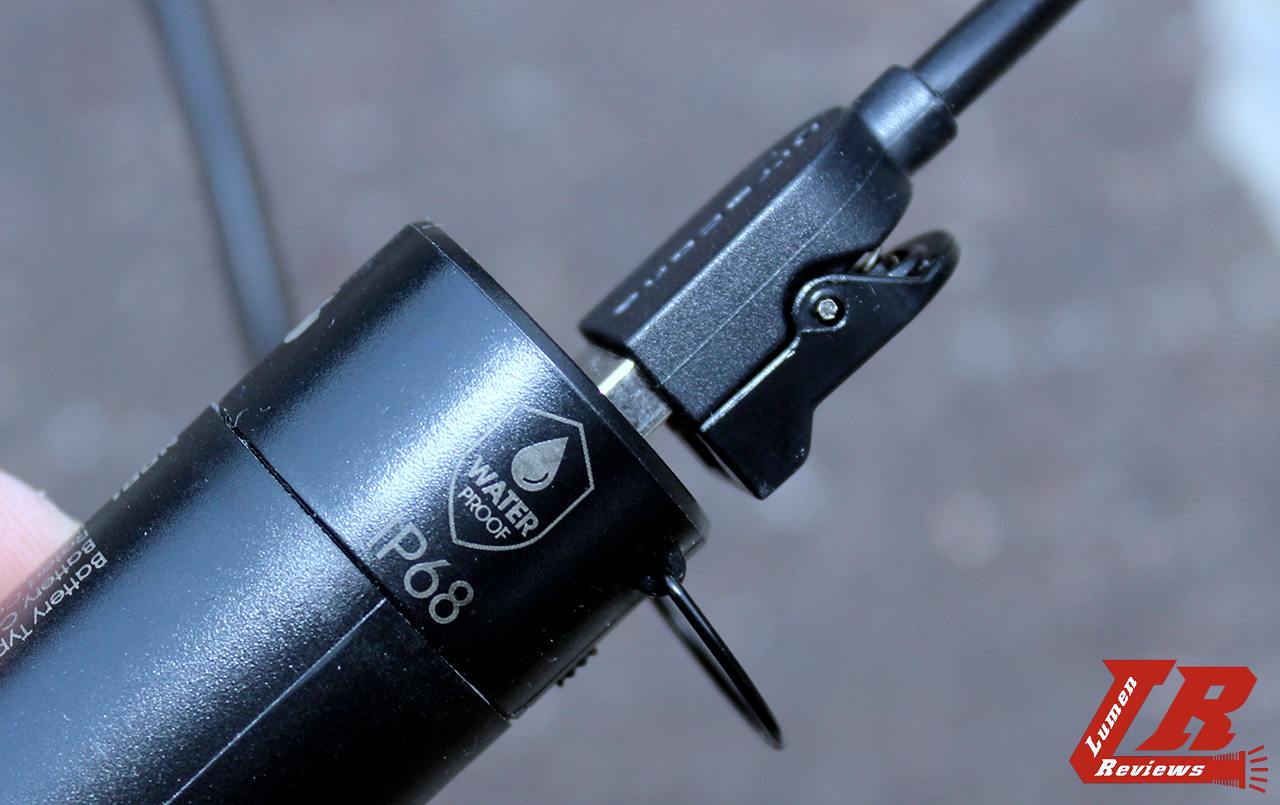
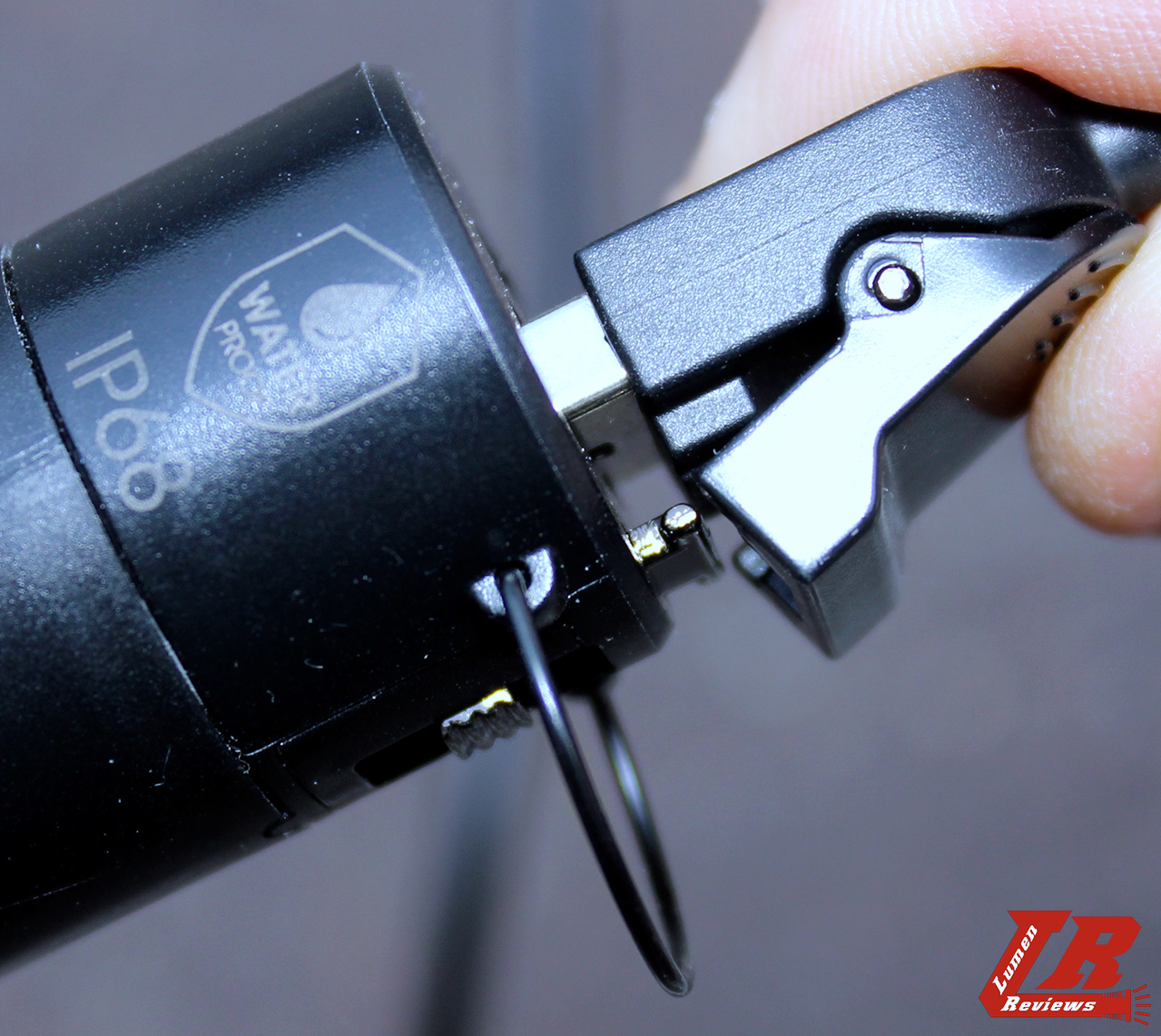
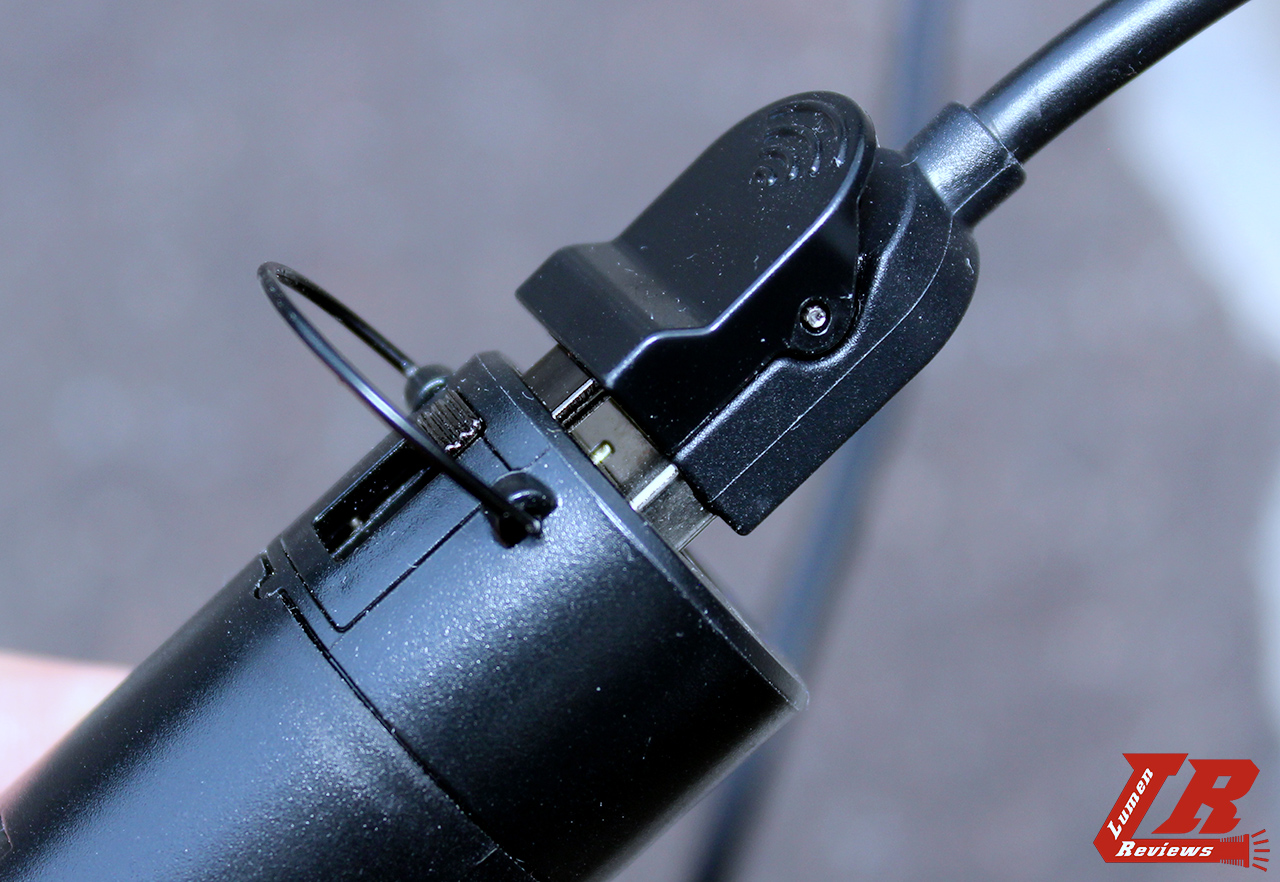
The remote for the HU60 is made to be carried on the wrist, thanks to the wrist band that is constructed like NATO straps for watches. It is powered by a button style battery. It is resistant to hits and water (IP67 certification).
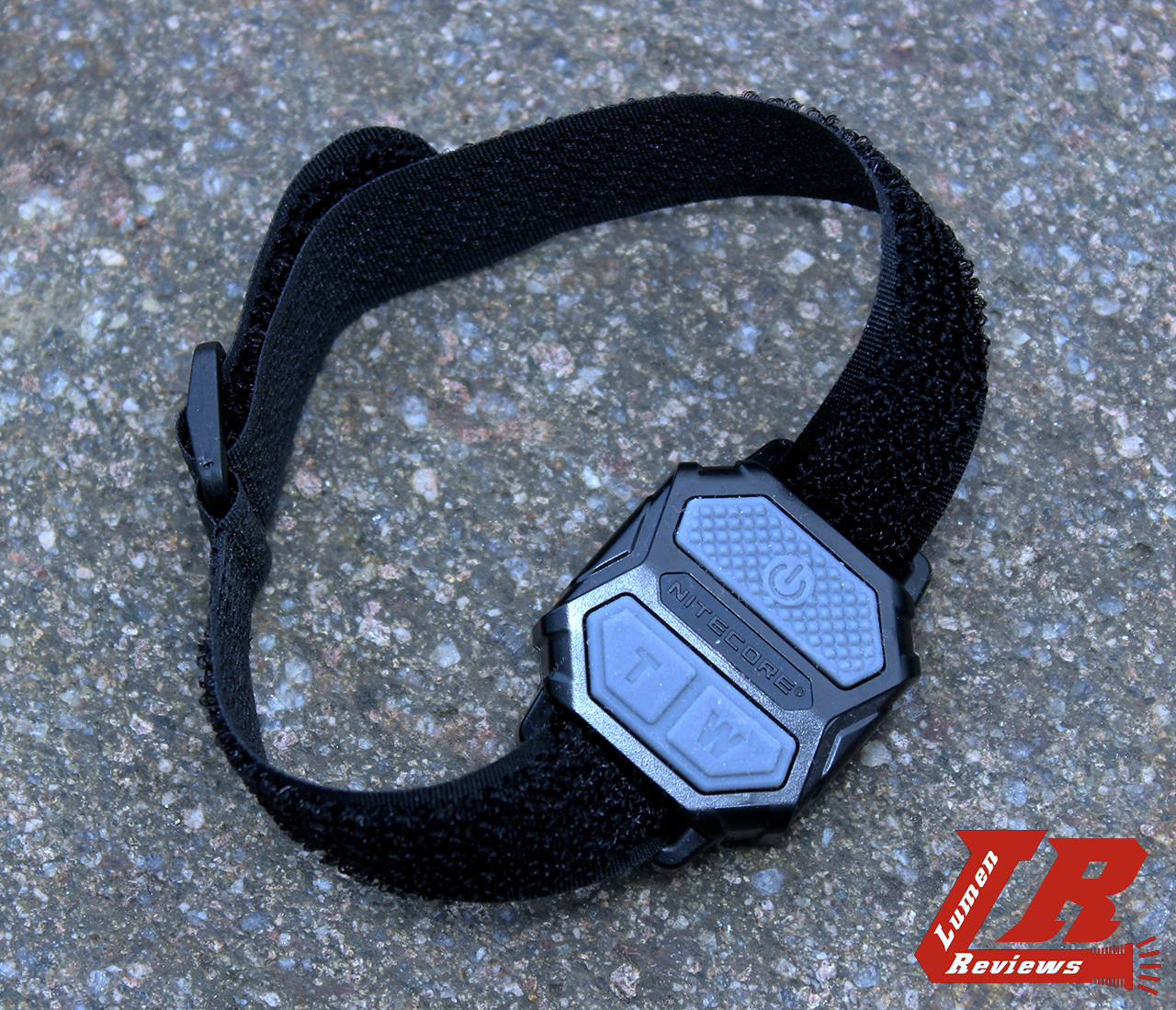
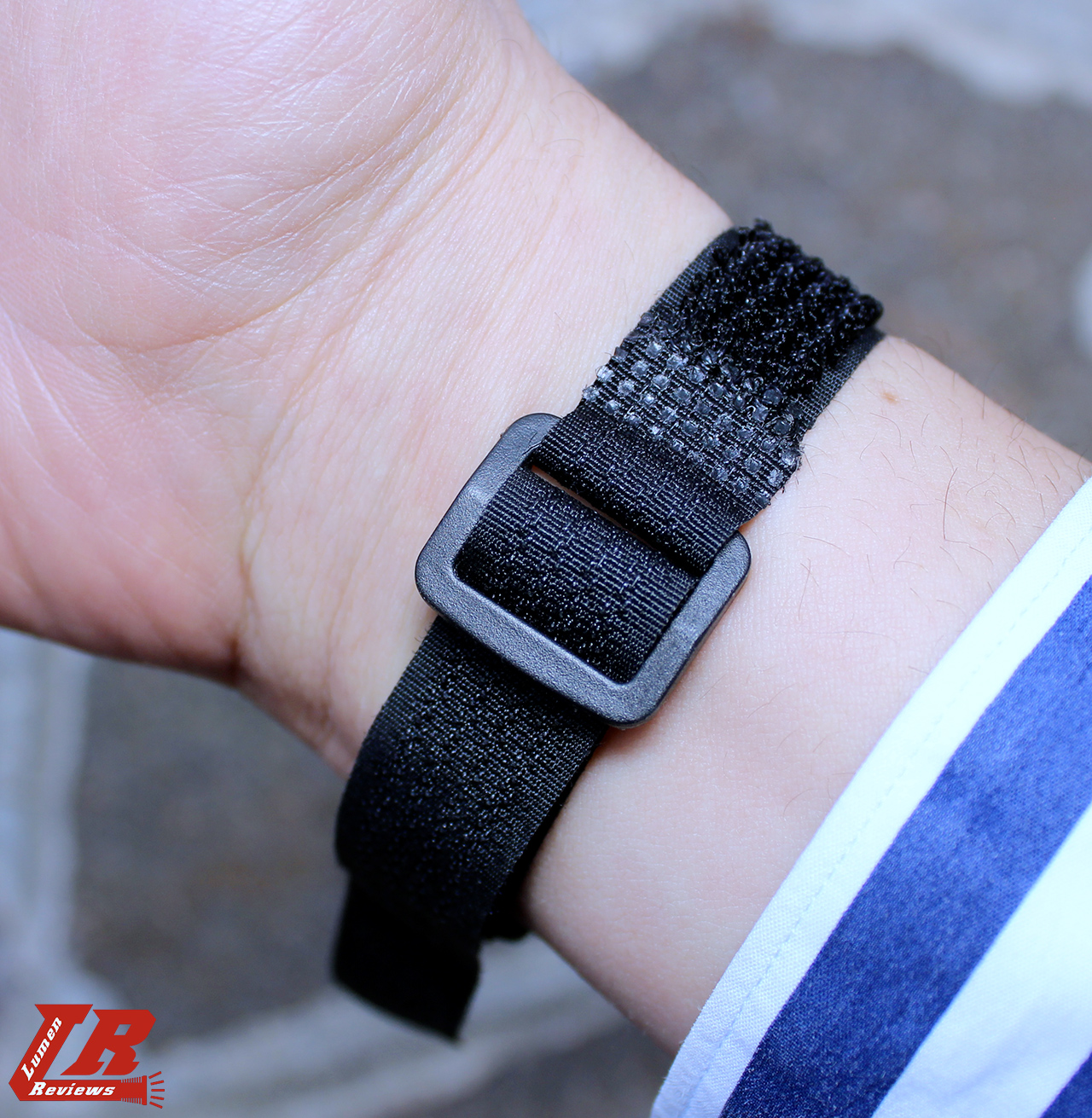
It has 3 buttons on it: a wide one, On/Off, and 2 smaller ones, Throw and flood.
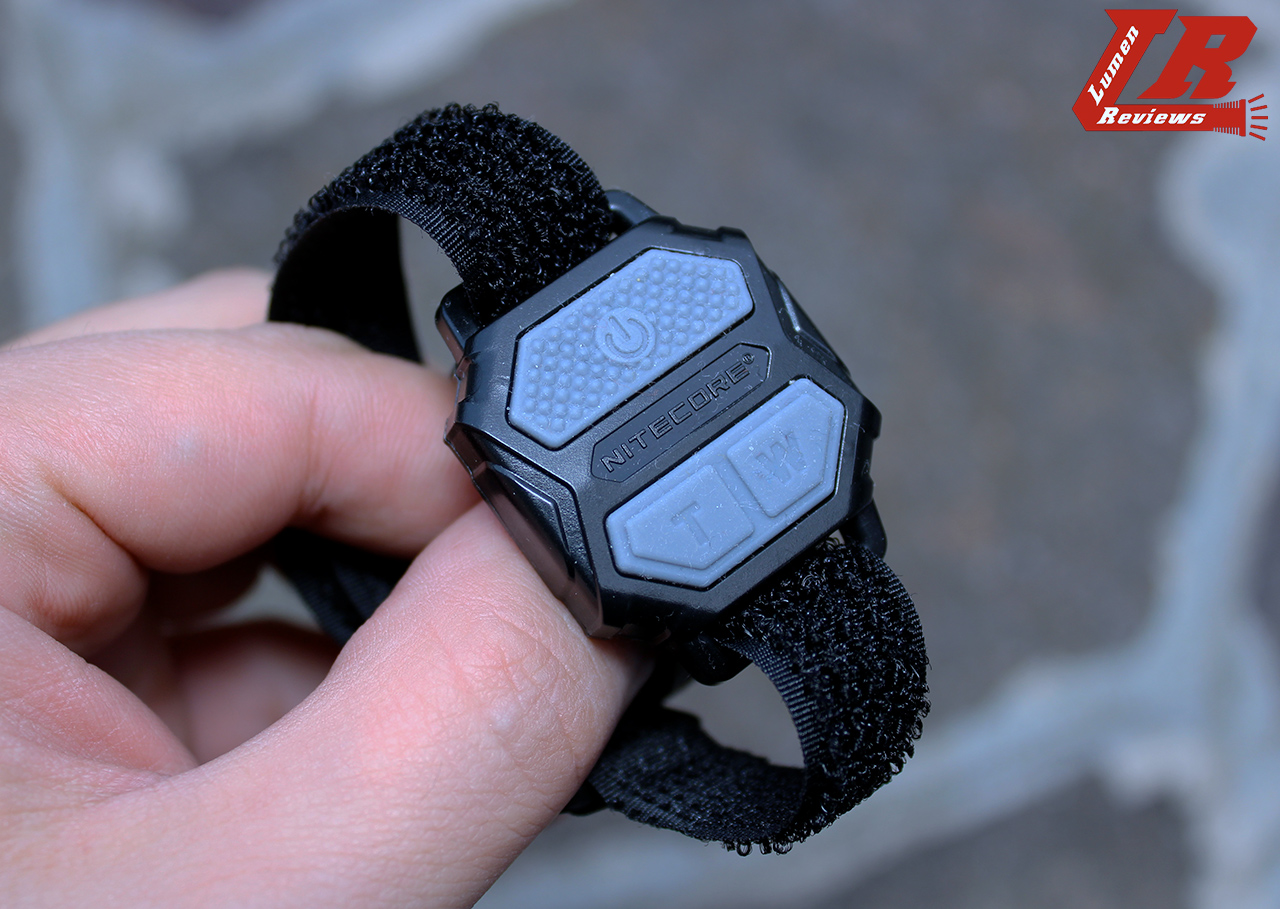
It is possible to replace the button battery inside by unscrewing the backcase.
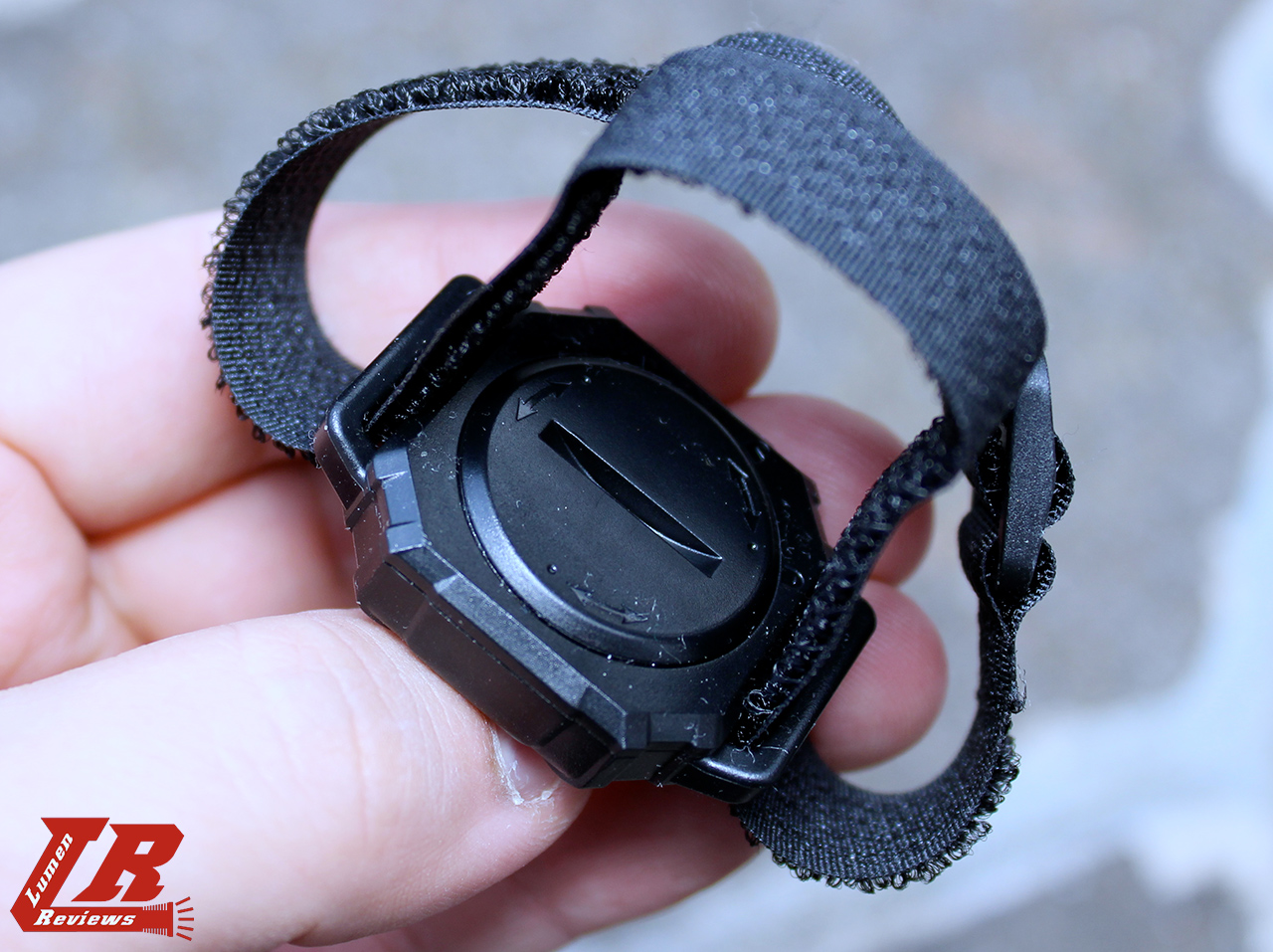
This is the rubber accessory that strengthens the connection between the USB-A male of the HU60 and the powerbank. The collar that goes around the cable is thick and made out of metal (manual picture curtesy of Nitecore manual).
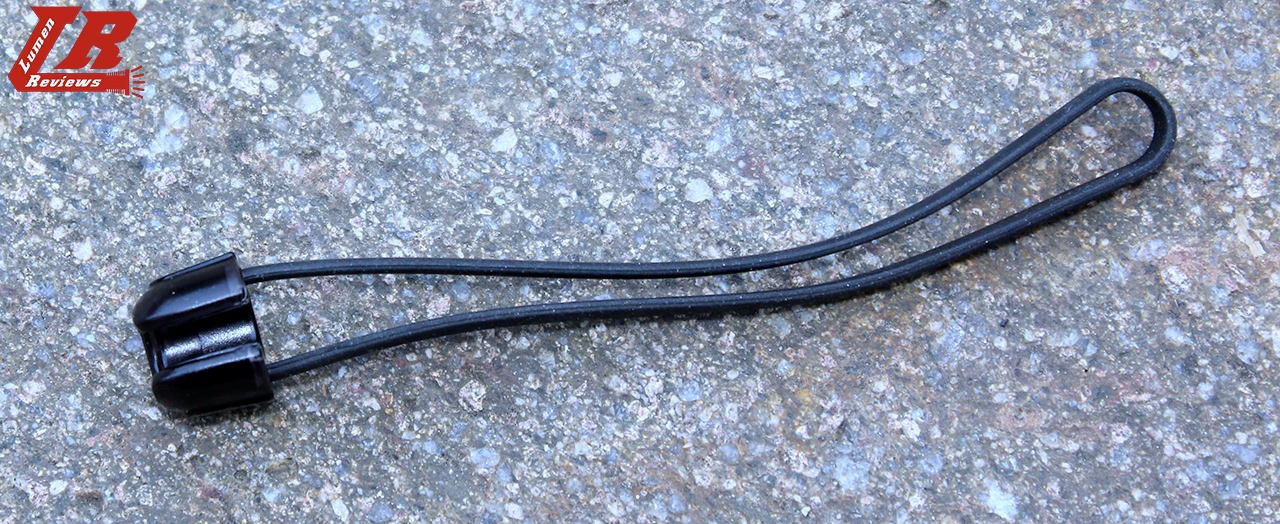

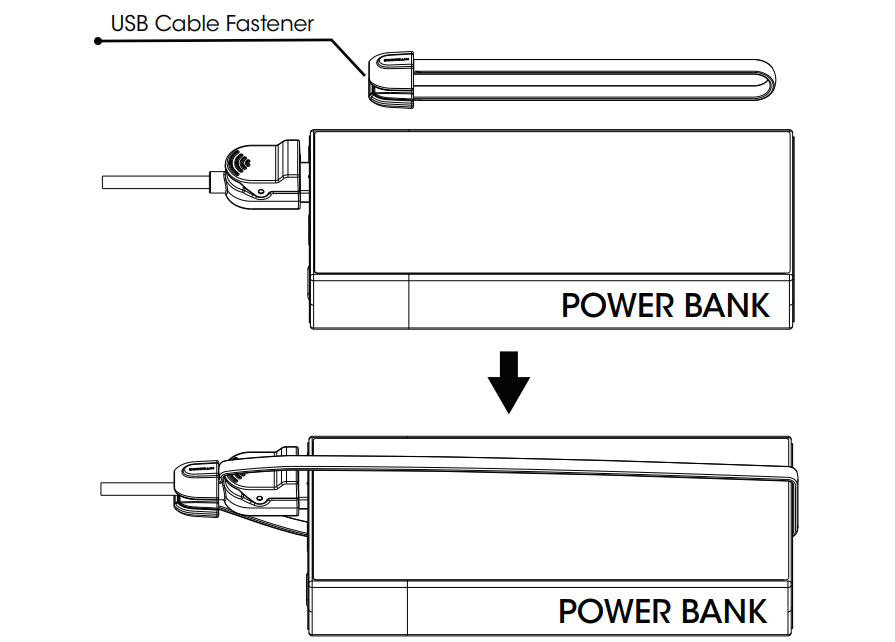
The Headband has reflective inserts on the outside and a non slipping silicone line on the inside.
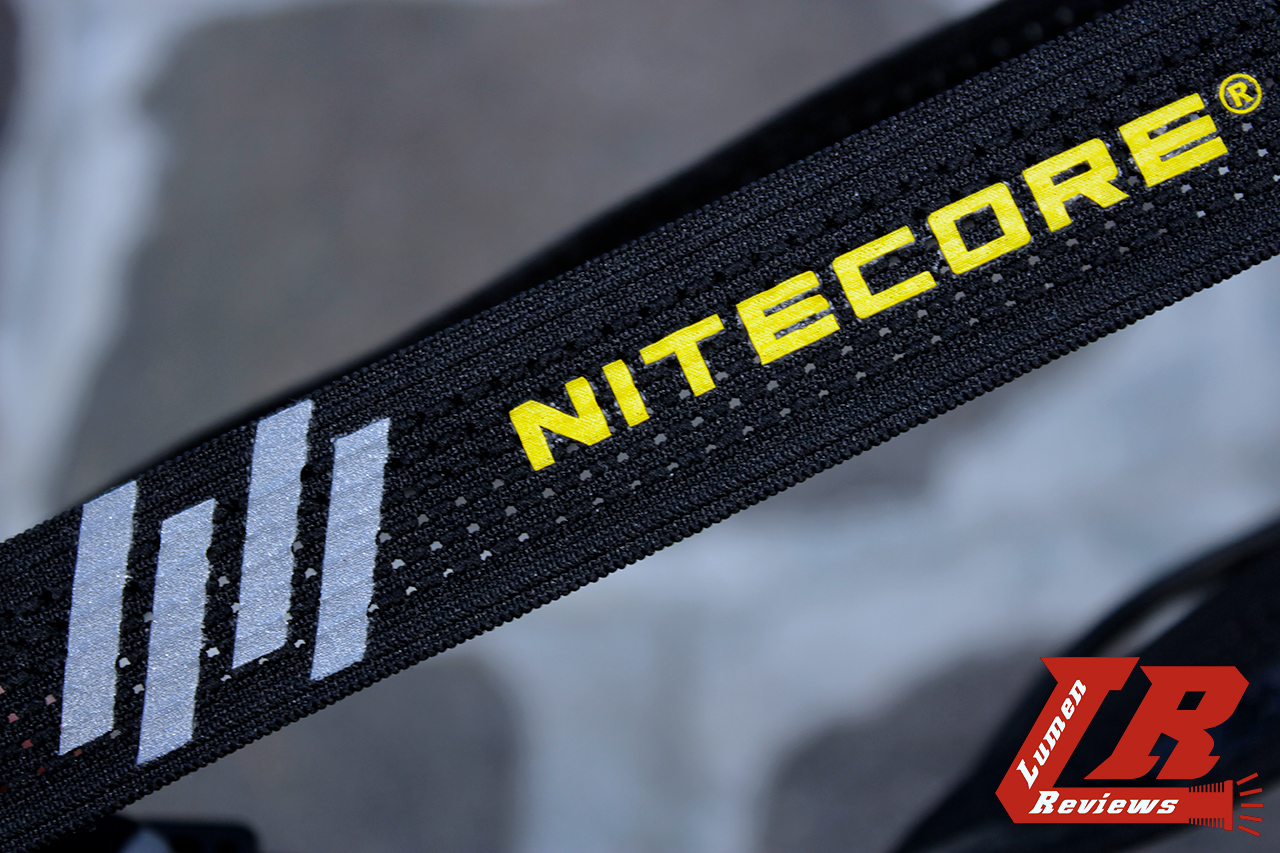
The UI, curtesy of Nitecore manual
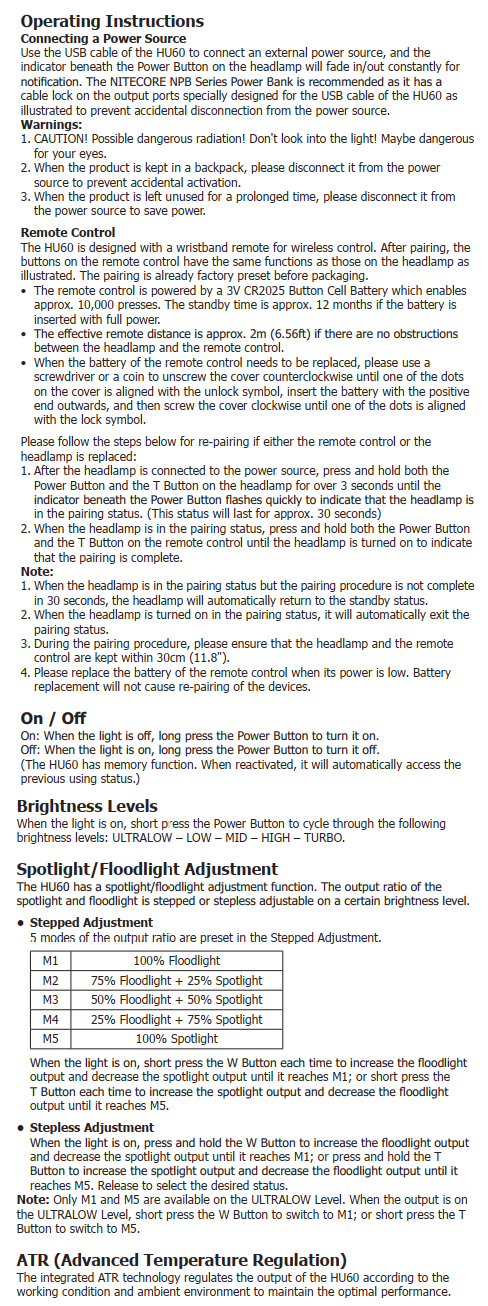
Please note that in the review I will not be referring to the beam combination as M1, M2 etc, but to 100% Spot, 100% Flood, 75% Flood + 25% Spot, for better clarity
It is possibly the longest I have ever done, so thank you for reading it.
I will divide it in several post in this threads for a better reading experience, and for better updating (some tests are still running and will be published as they are finished).
The HU60 was sent by Nitecore for the review.
The HU60 is a multi purpose multi beam headlamp, that is powered by USB. It features a XHP35HD emitter as a floodlight, combined with 4 XP-G3 S3 emitter in a TIR optic as a spotlight.
The light can be controlled via the electronic buttons on its body, or via the remote included.
Using the remote, or the switches, you can turn on only the floodlight or the throw one, or a combination of them at different levels.
With the HU60 I received the Nitecore NPB1, a 5000mAh 18w capable powerbank.
The HU60 comes in this box. I received the version that includes the Nitecore NPB1 powerbank.



The HU60 comes with: headband support, micro USB cable, NPB1, powerbank connection support, remote, manual, warranty card.

The HU60 is a circular headlamp made out of aluminum. On the outside of the light, there are the 4 XP-G3 S3 emitters in TIR optic that produce a focused beam, and in the center, a XHP35HD emitter for the flood beam. The light is rated IP67. The HU60 body is 40 wide and 43 mn thick, and with the headband it weights 150 grams. The length of the cable is 140 cm.




The HU60 has 3 electronic switches on it. One on the top, that has a blue backlit, and allows to turn the light on and off and pass throught the levels.

On the bottom there are other 2 electronic switches that allow to control the flood and throw beams.

The headband mount is made out of metal and plastic, and has quite a bit of resistance when tilting the light.

On the other side of the HU60, the USB power cable exits from the body, and is secured to the headband mount thanks to these 2 plastic clips.



The USB cable is quite thick and flexible. It ends on a USB-A male port that also has a sort of alligator clip on it. The "alligator clip" is used to have a more secure physical connection with the Nitecore Powerbanks. When in use with a non Nitecore powerbank, the USB cable of the HU60 still works perfectly.





The HU60 can be run on any USB power supply (including all the powerbanks that feature a USB-A Female port), but here is Nitecore Own powerbank: the NPB1, a micro USB in, USB-A output powered by a 21700 battery 5000mAh capacity (with a rated output at 5v of 3200mAh), able to output both 5V and 9V. It weights 106 grams, and it measures 26x101mm.






It features a IP68 construction with the specs on it, plastic body, metal D ring and an anchor point for the HU60.

It has a 3 dot meter to indicate its charge, and is turned on by a swipe on the side.

Here you can see the detail of the anchor point, that protrudes from the body of the NPB1 when desired, allowing for a much more secure connection to the HU60.





The remote for the HU60 is made to be carried on the wrist, thanks to the wrist band that is constructed like NATO straps for watches. It is powered by a button style battery. It is resistant to hits and water (IP67 certification).


It has 3 buttons on it: a wide one, On/Off, and 2 smaller ones, Throw and flood.

It is possible to replace the button battery inside by unscrewing the backcase.

This is the rubber accessory that strengthens the connection between the USB-A male of the HU60 and the powerbank. The collar that goes around the cable is thick and made out of metal (manual picture curtesy of Nitecore manual).



The Headband has reflective inserts on the outside and a non slipping silicone line on the inside.

The UI, curtesy of Nitecore manual

Please note that in the review I will not be referring to the beam combination as M1, M2 etc, but to 100% Spot, 100% Flood, 75% Flood + 25% Spot, for better clarity
Last edited:


